The great race is back at Mount Panorama for the Repco Bathurst 1000
Author: StreetScene
StreetScene Exhibition 2025
What an awesome day spent at the indoor venue opening up in Fyshwick at The Vault, Dairy Precinct. This unique indoor car event showcased some of the best automotive builds in Canberra.
Below are photos from the event provided by Peter Hazlewood, Anthony Oh Graphics and Work’d Media.
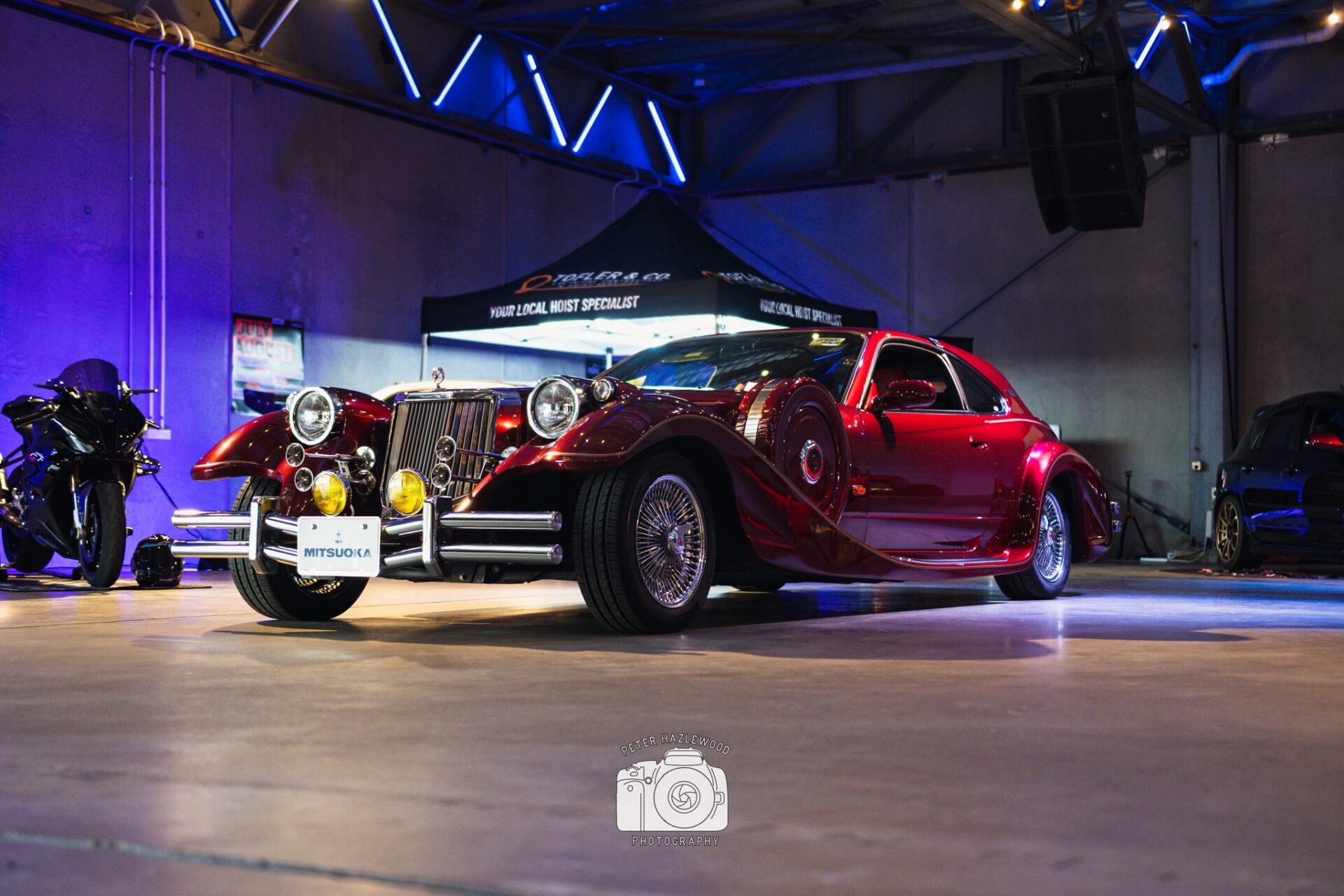
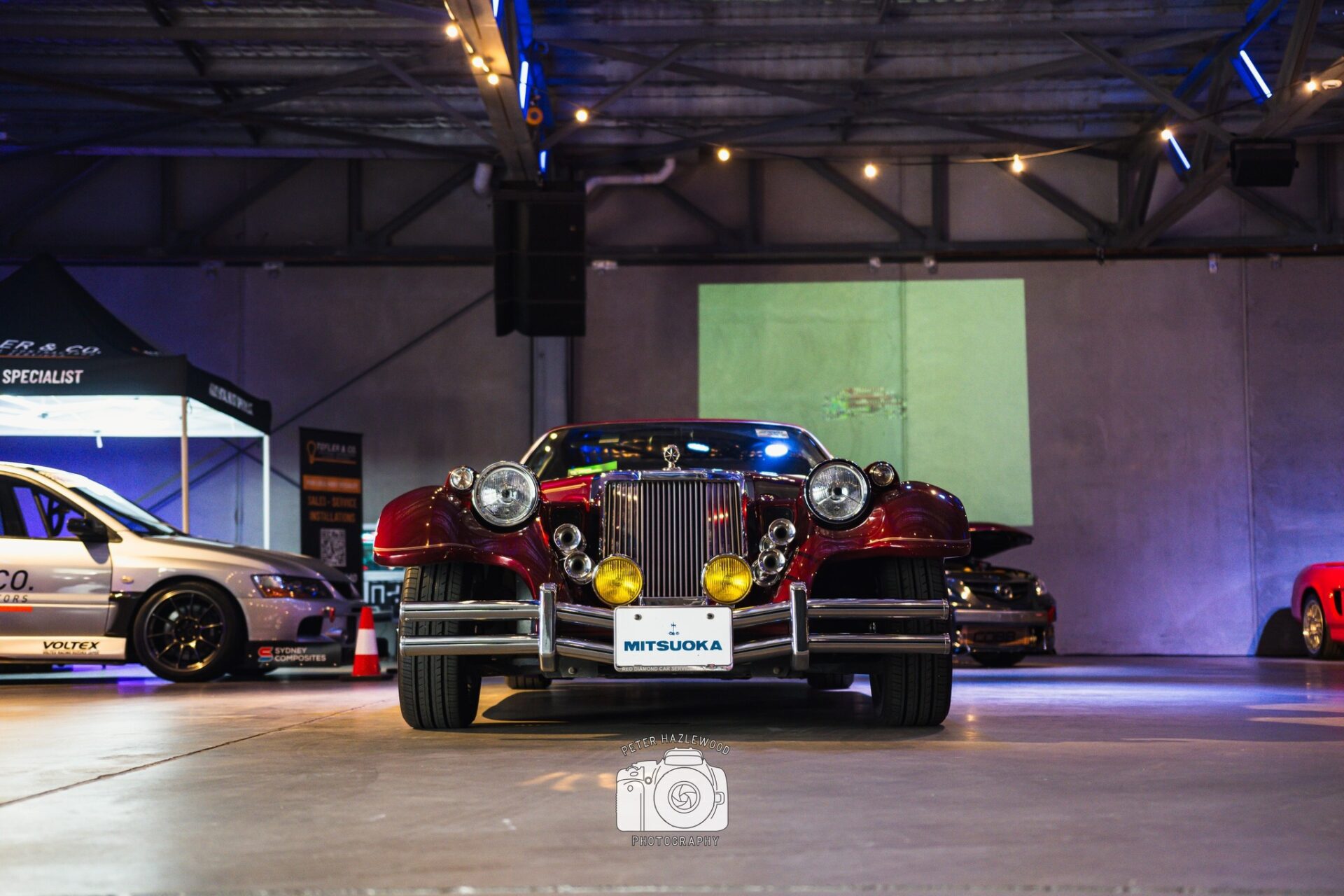
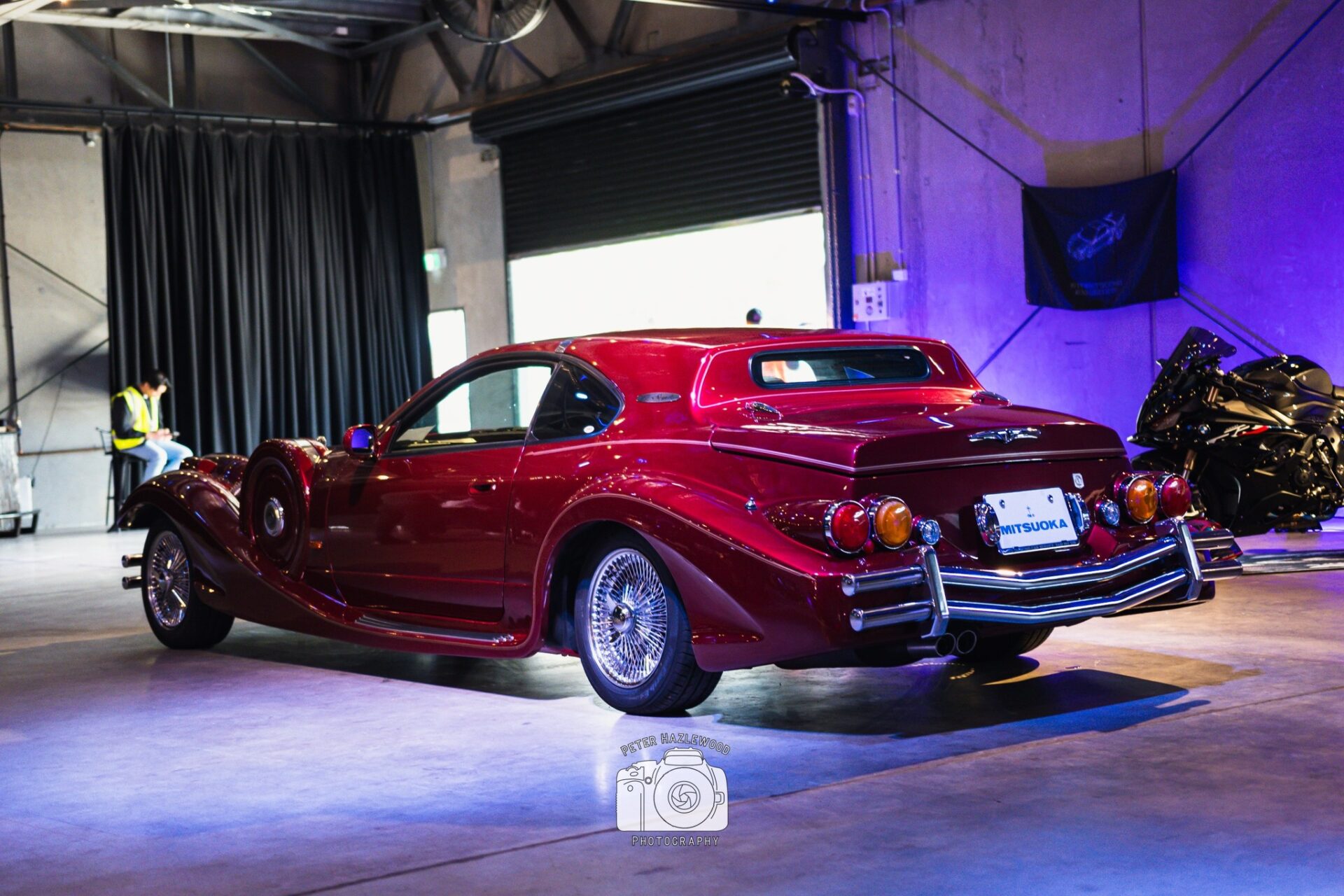
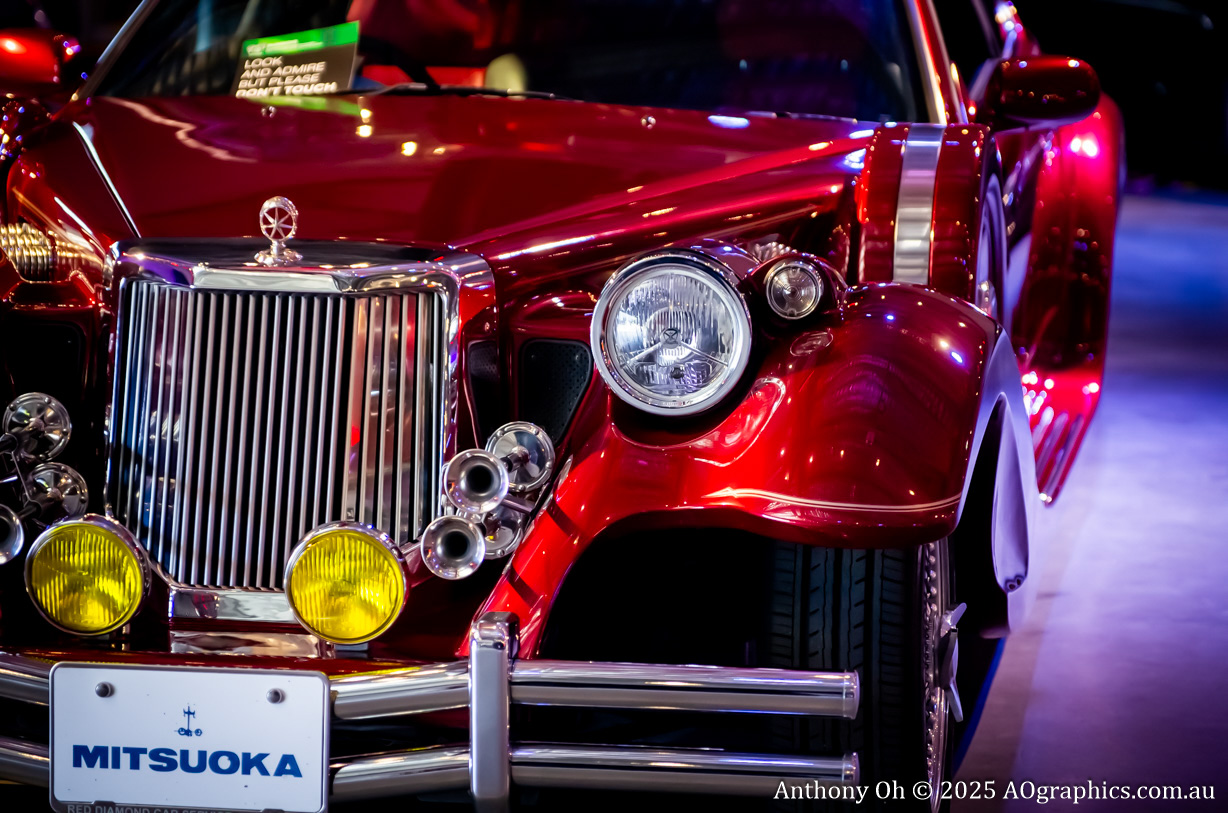
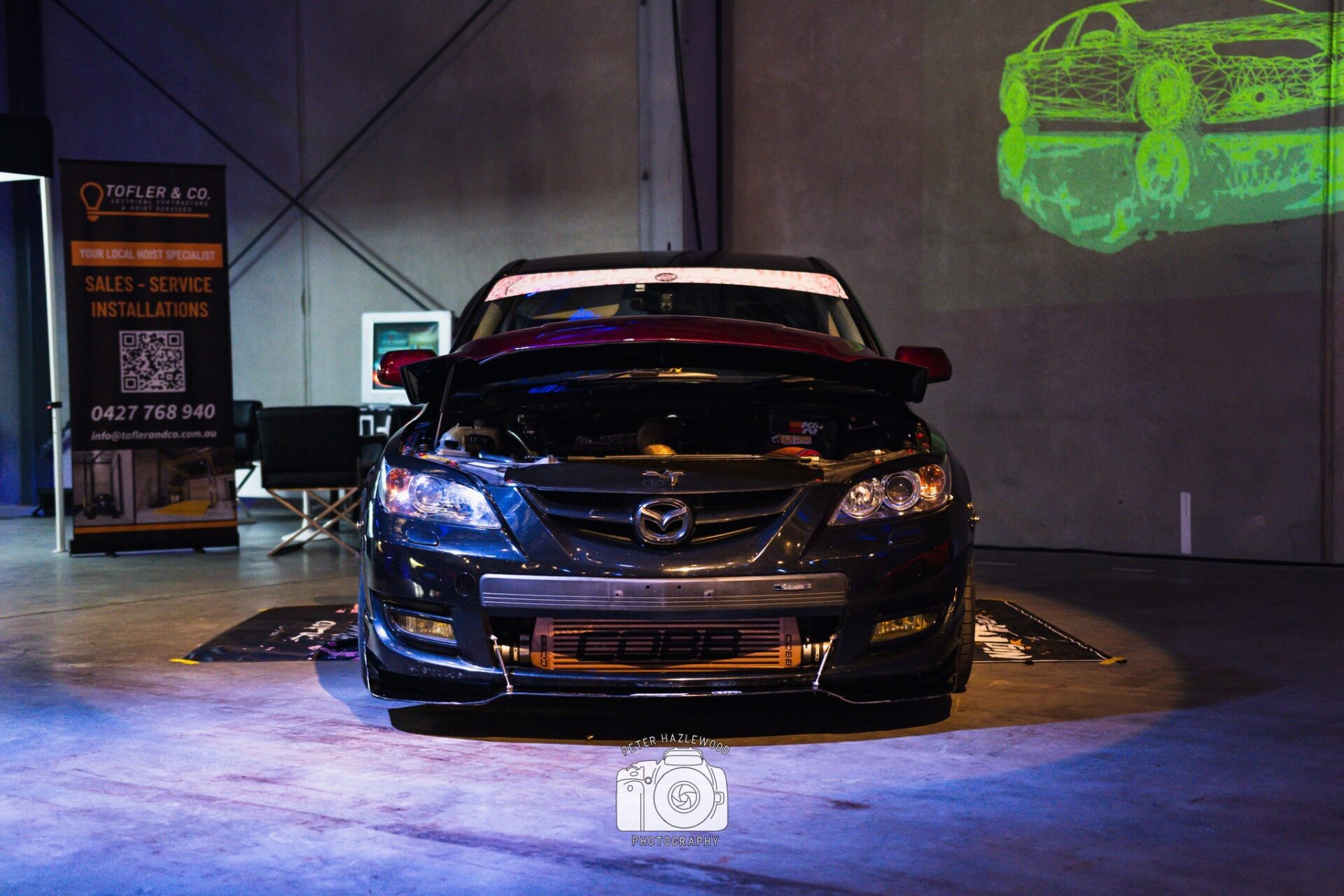
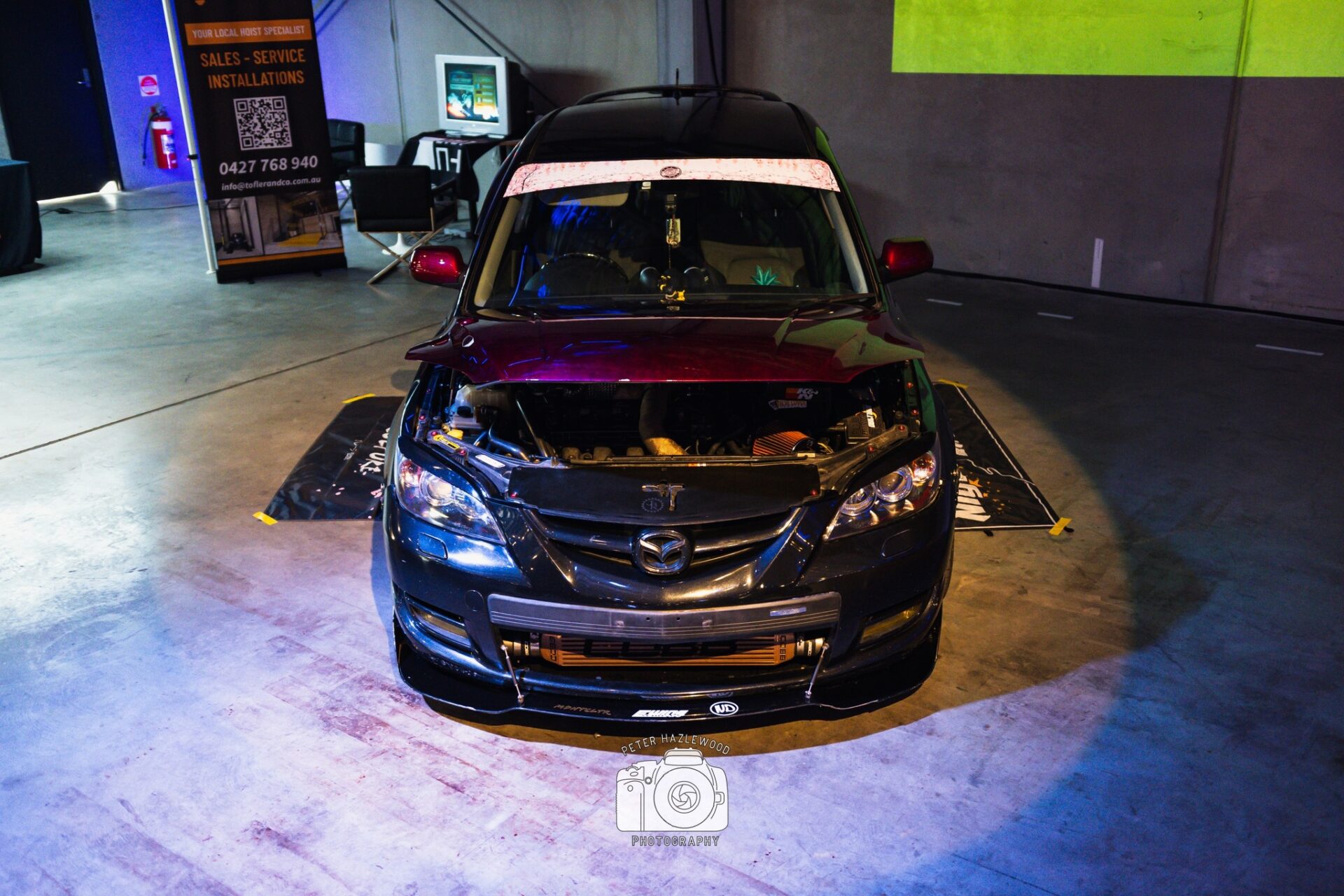
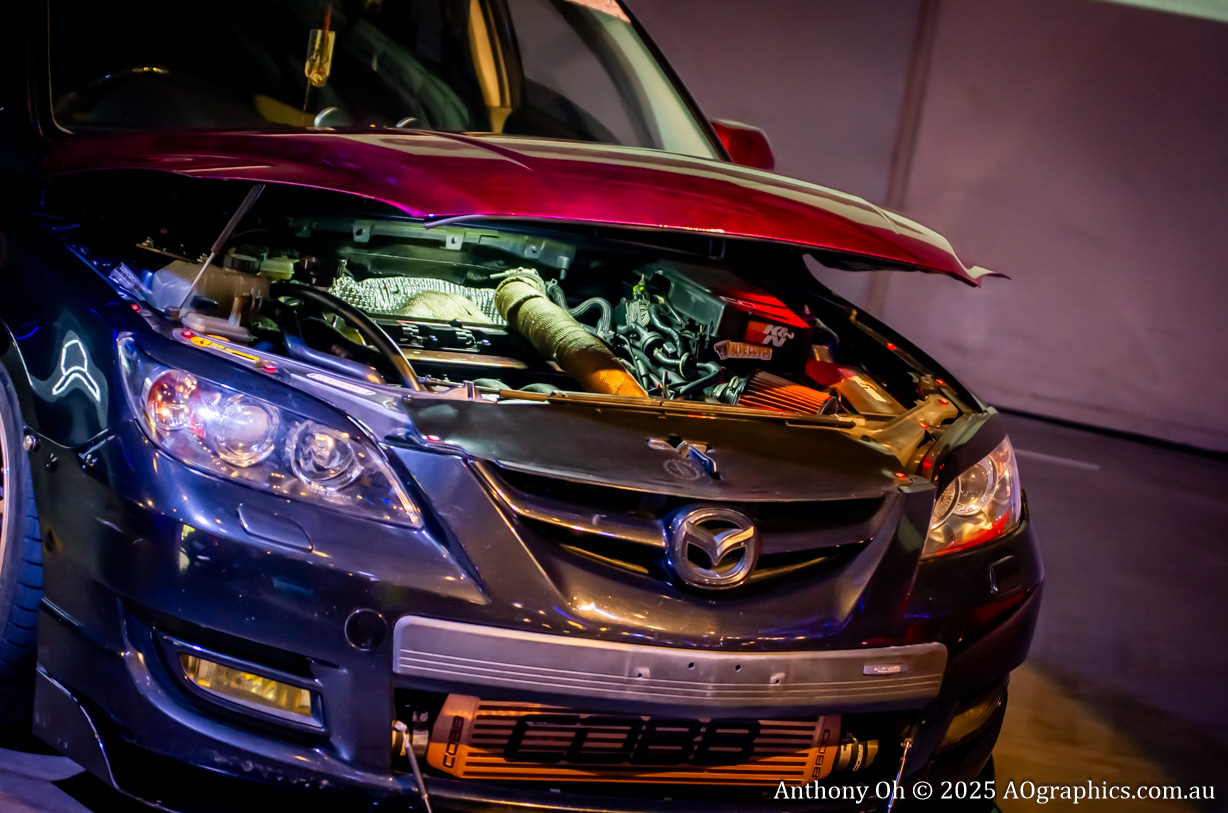
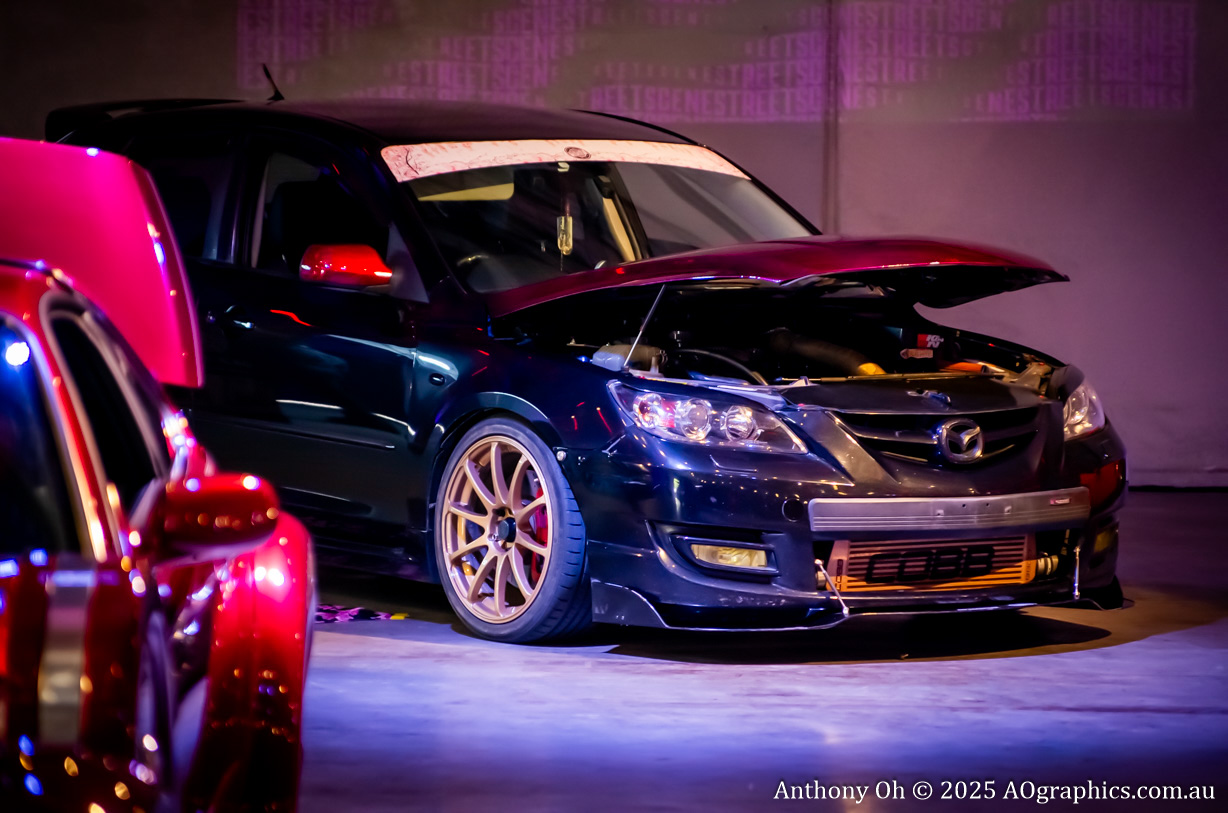
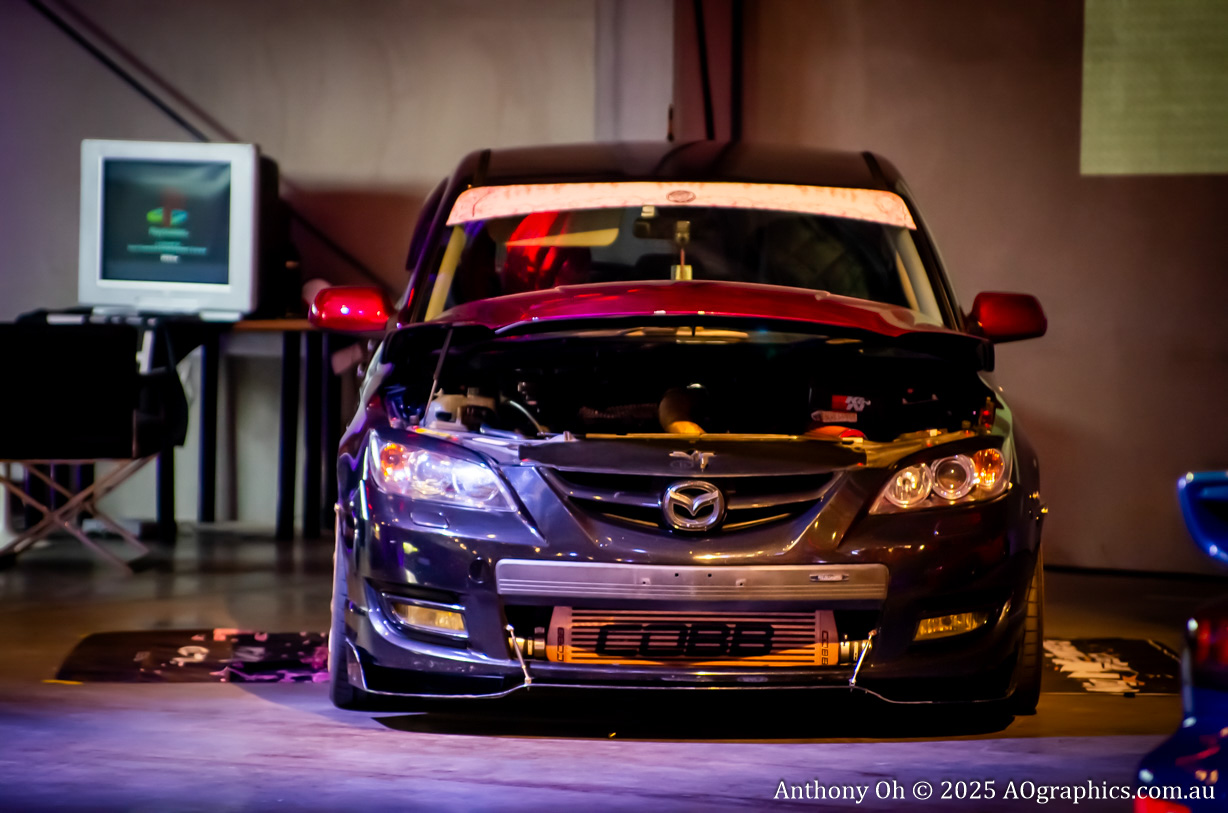
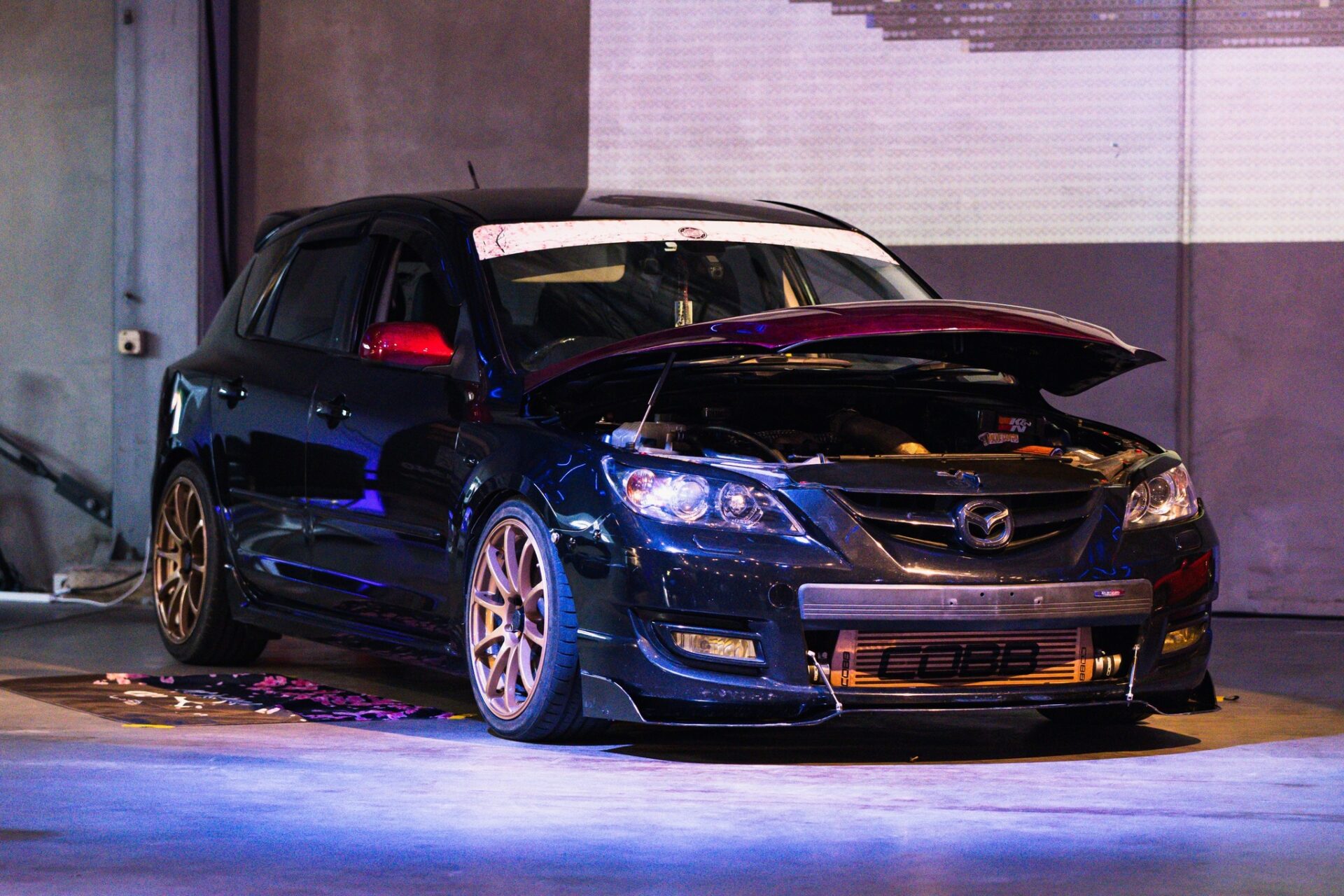
–
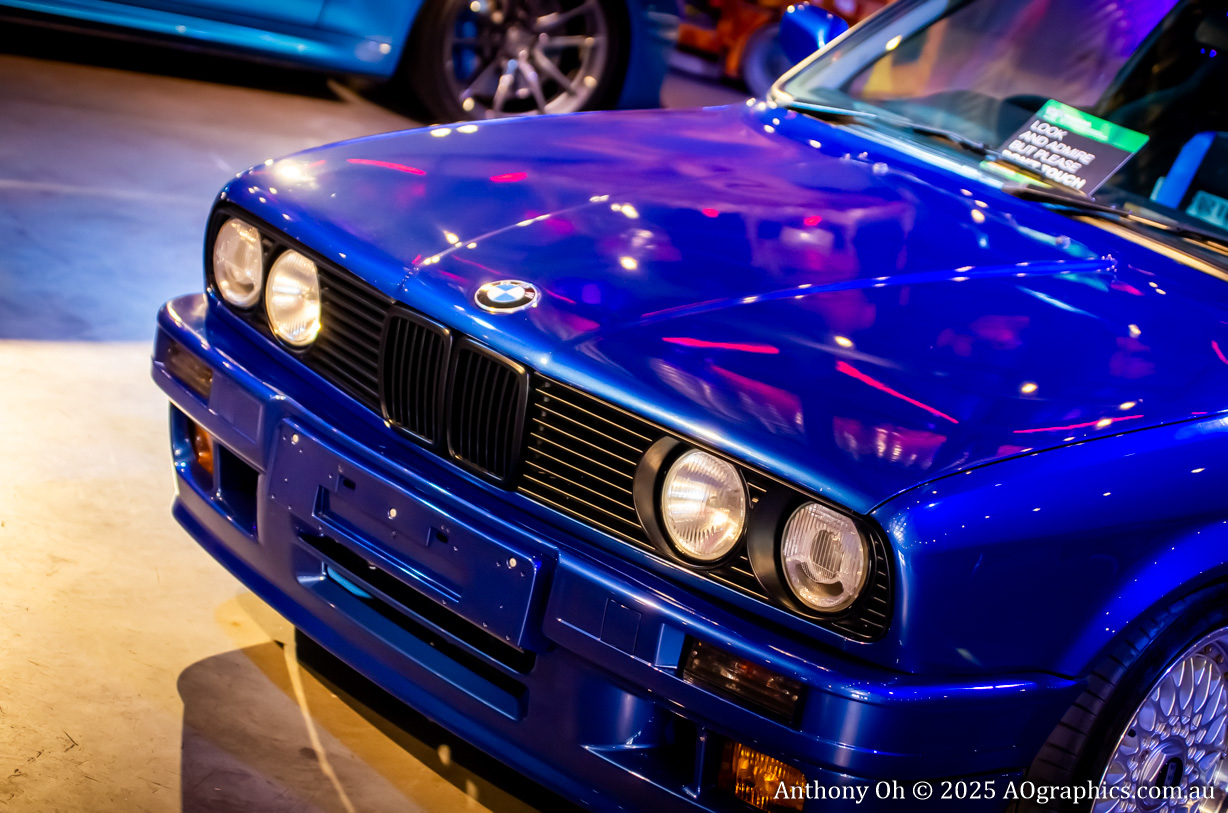
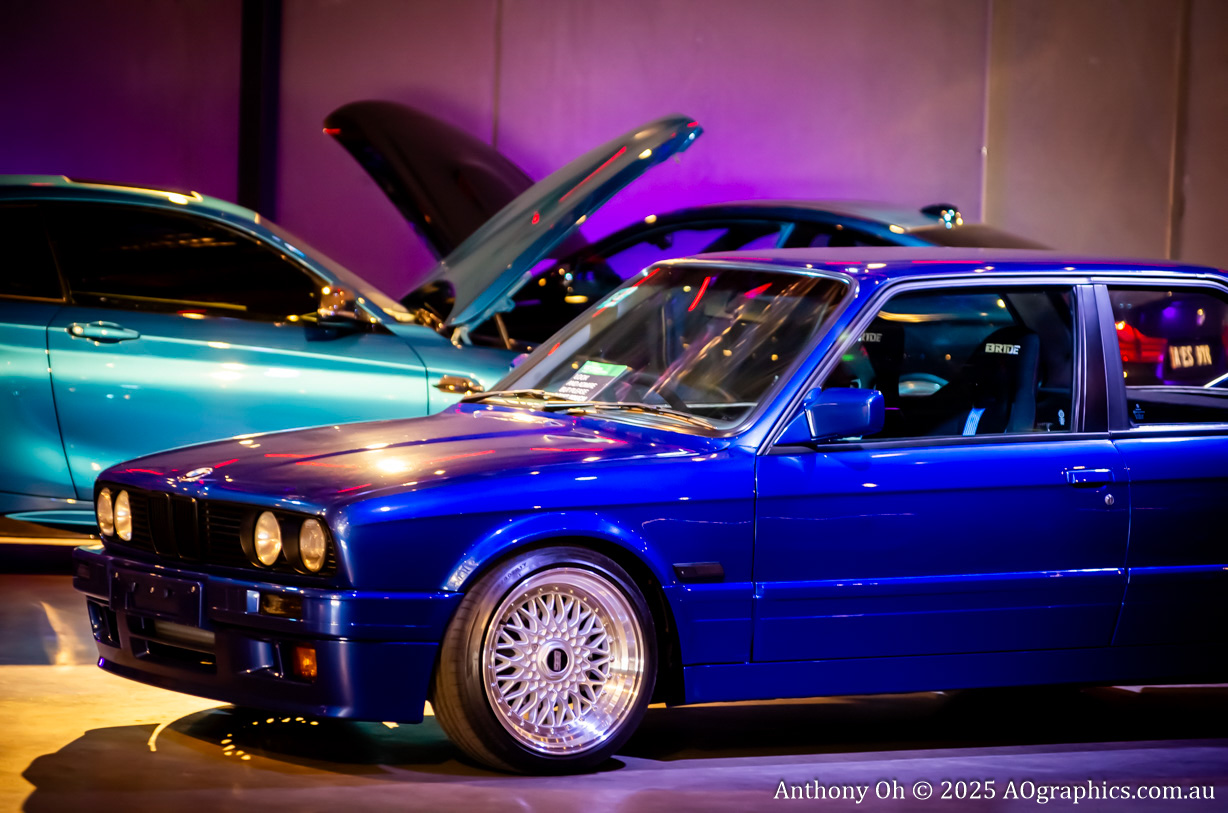
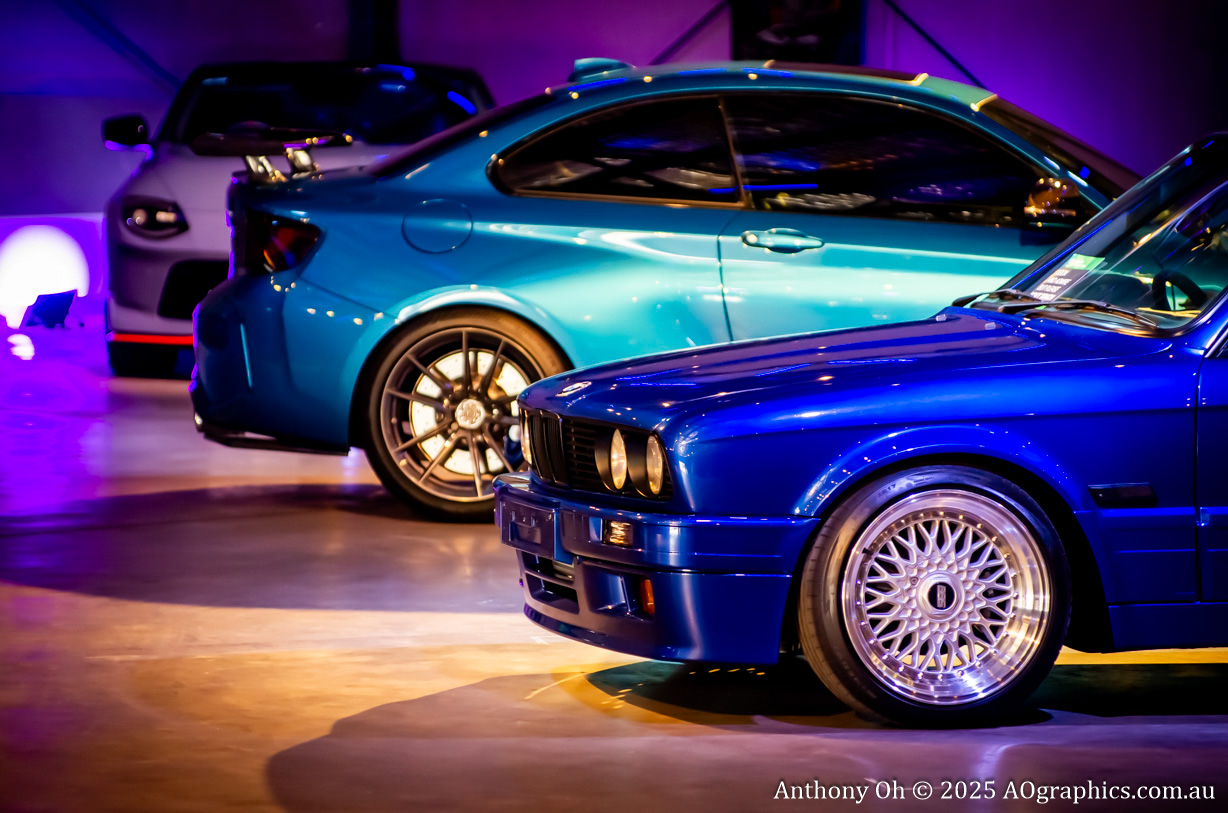
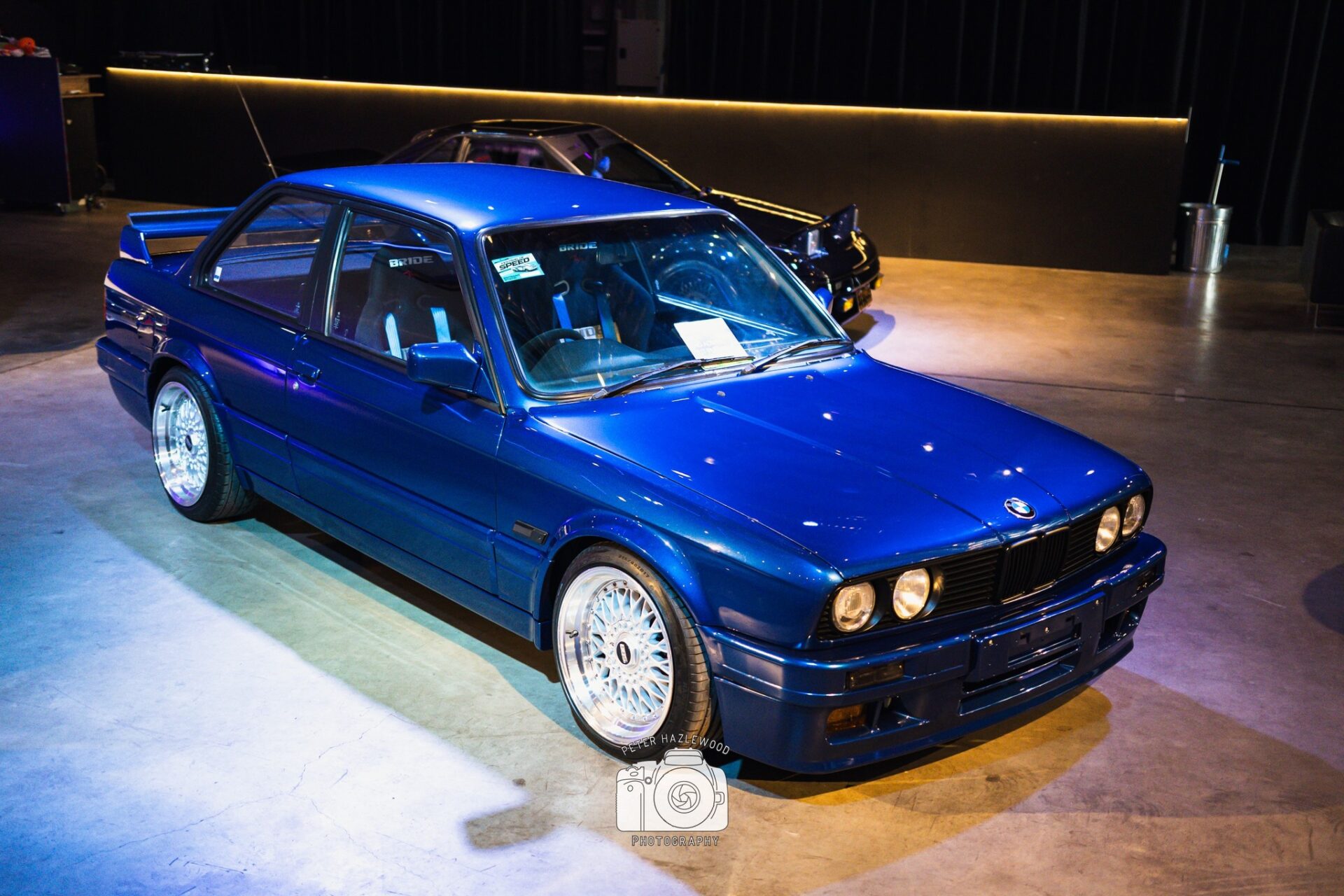
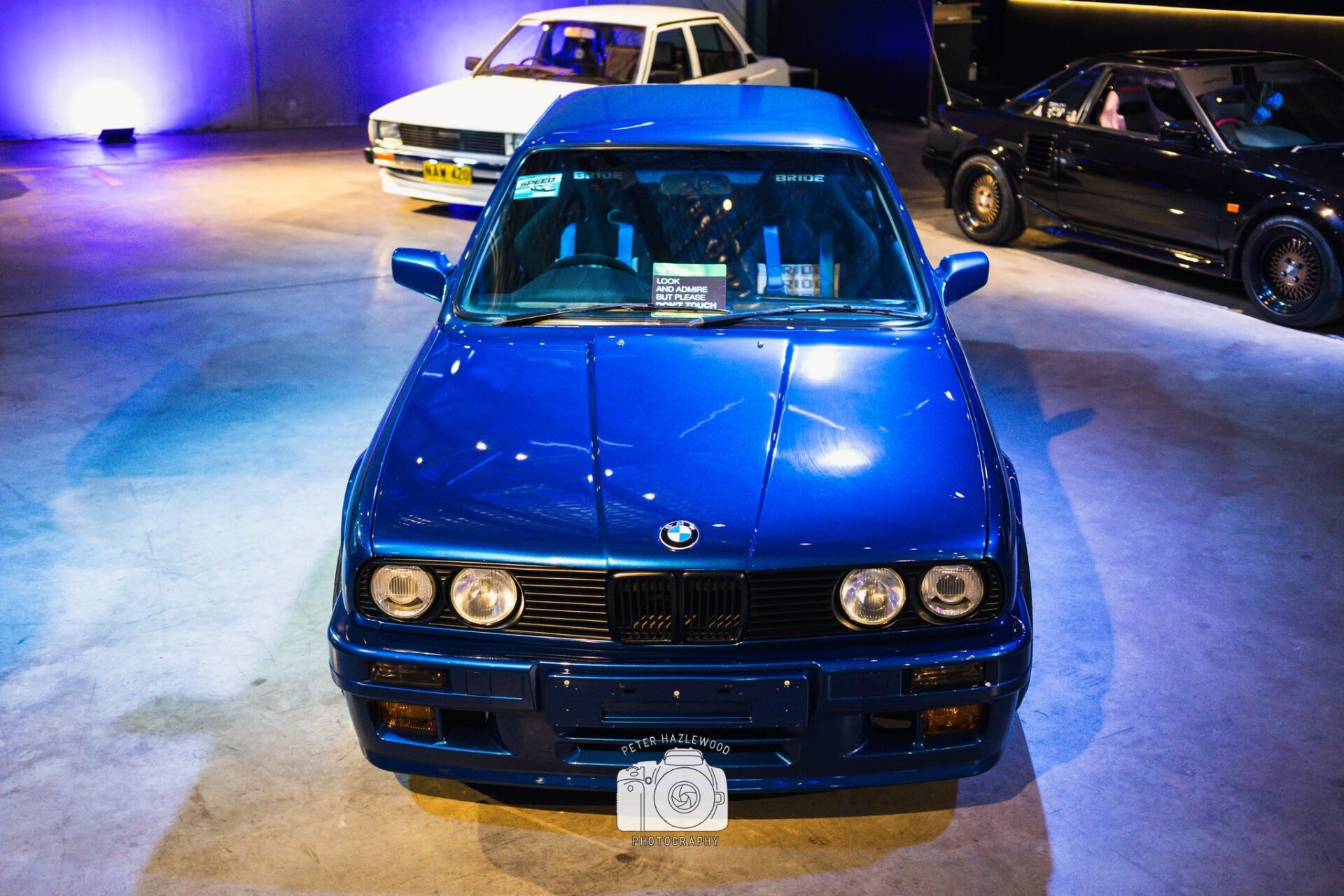
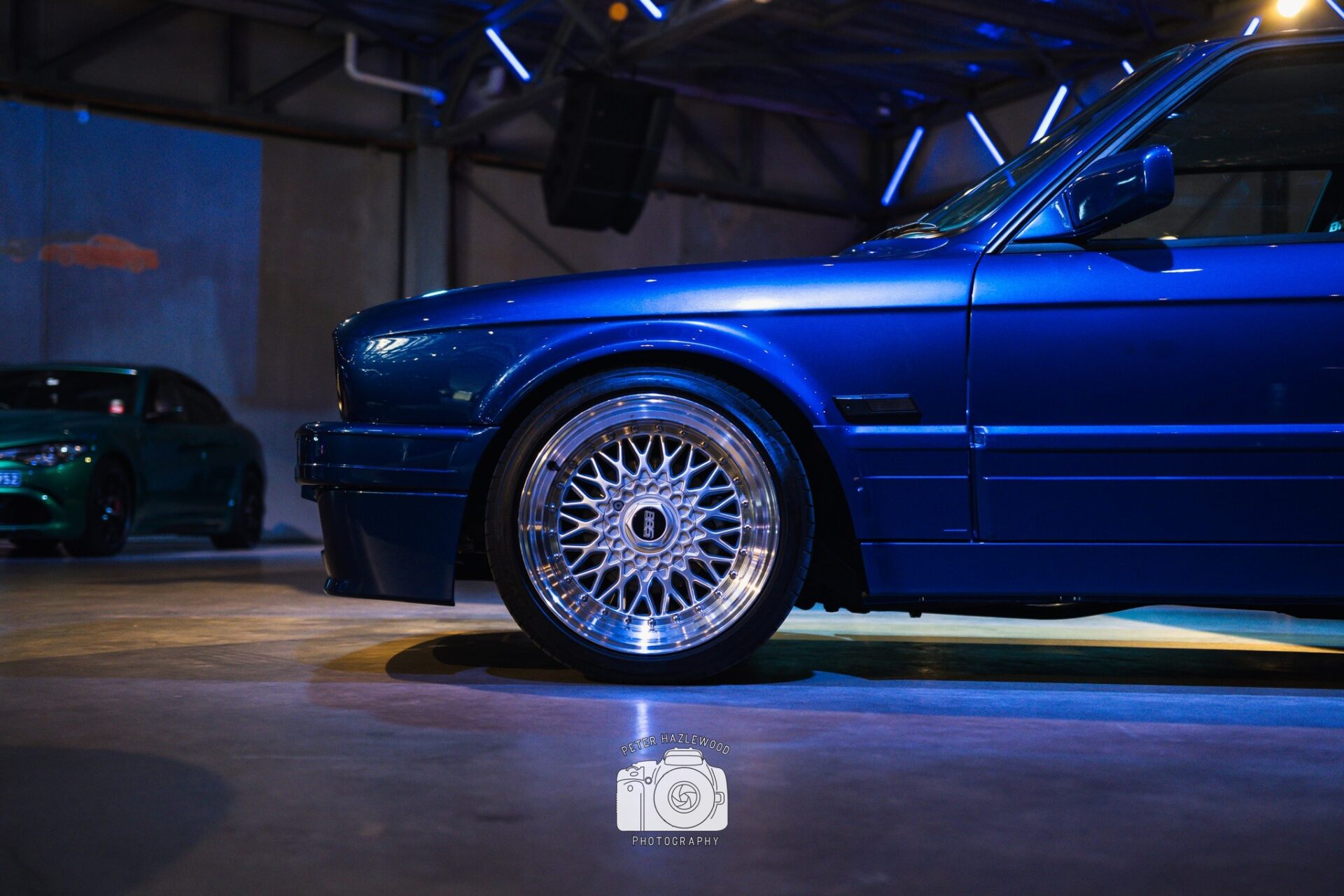
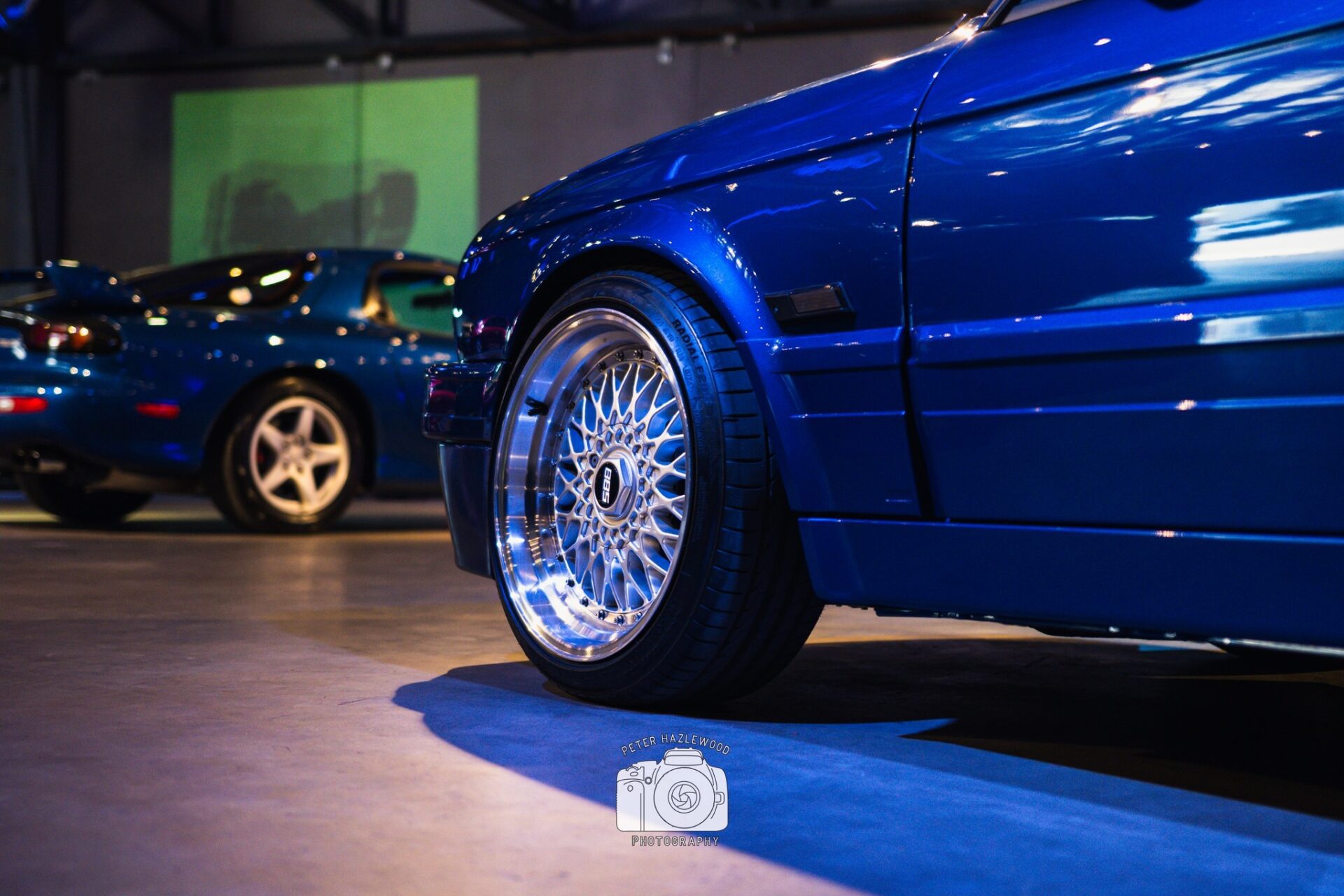
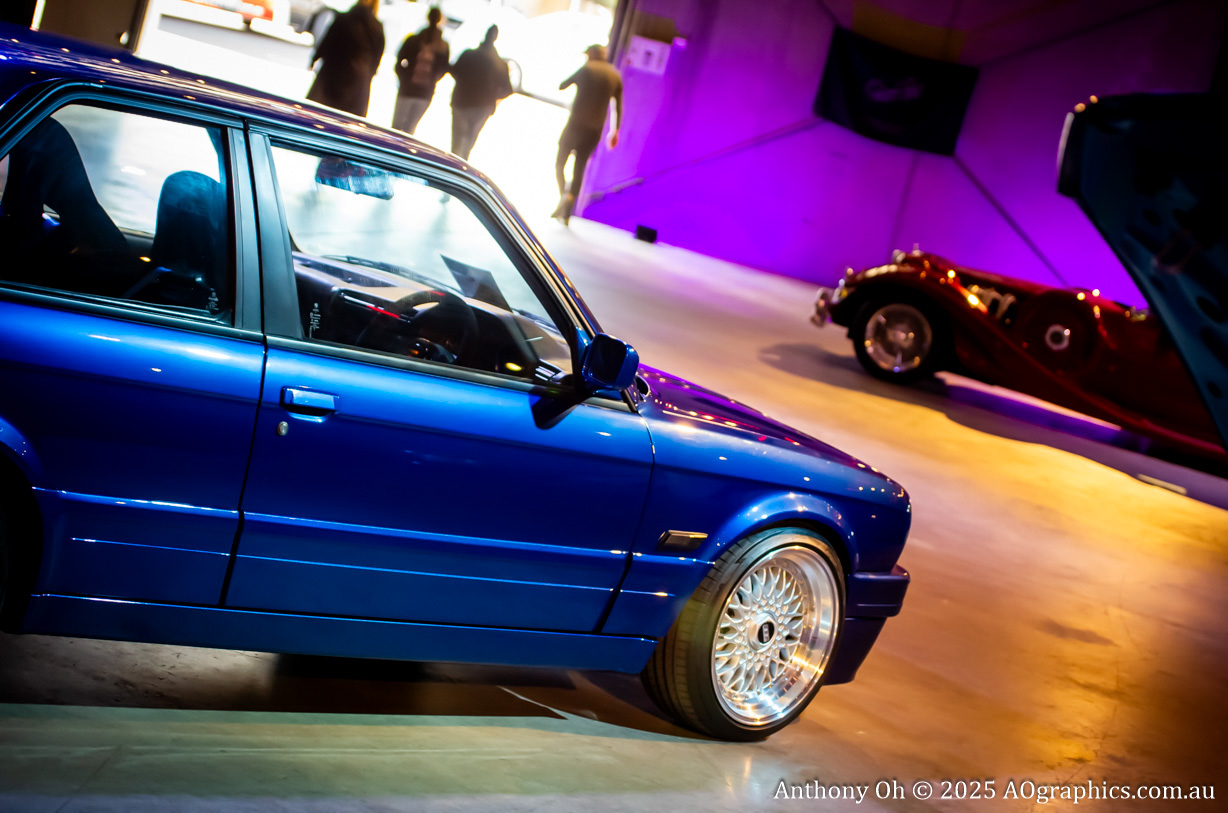
–
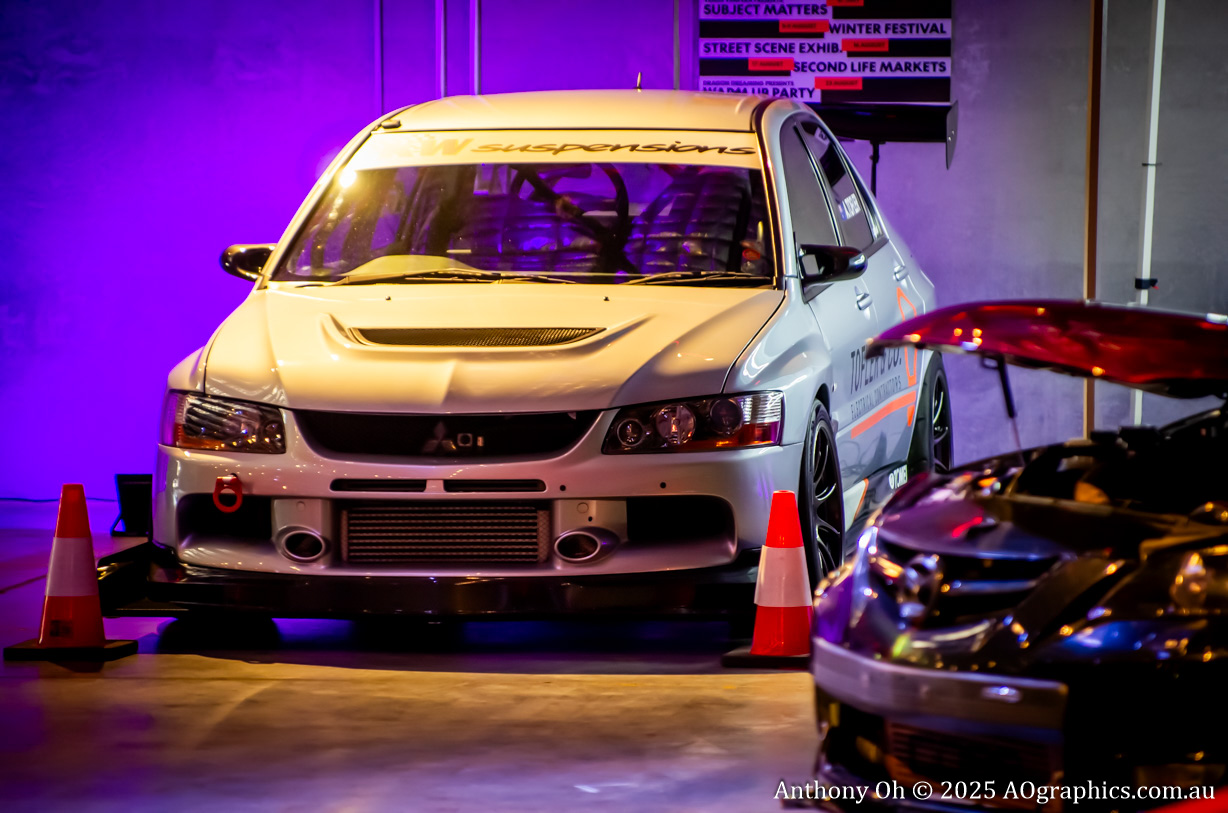
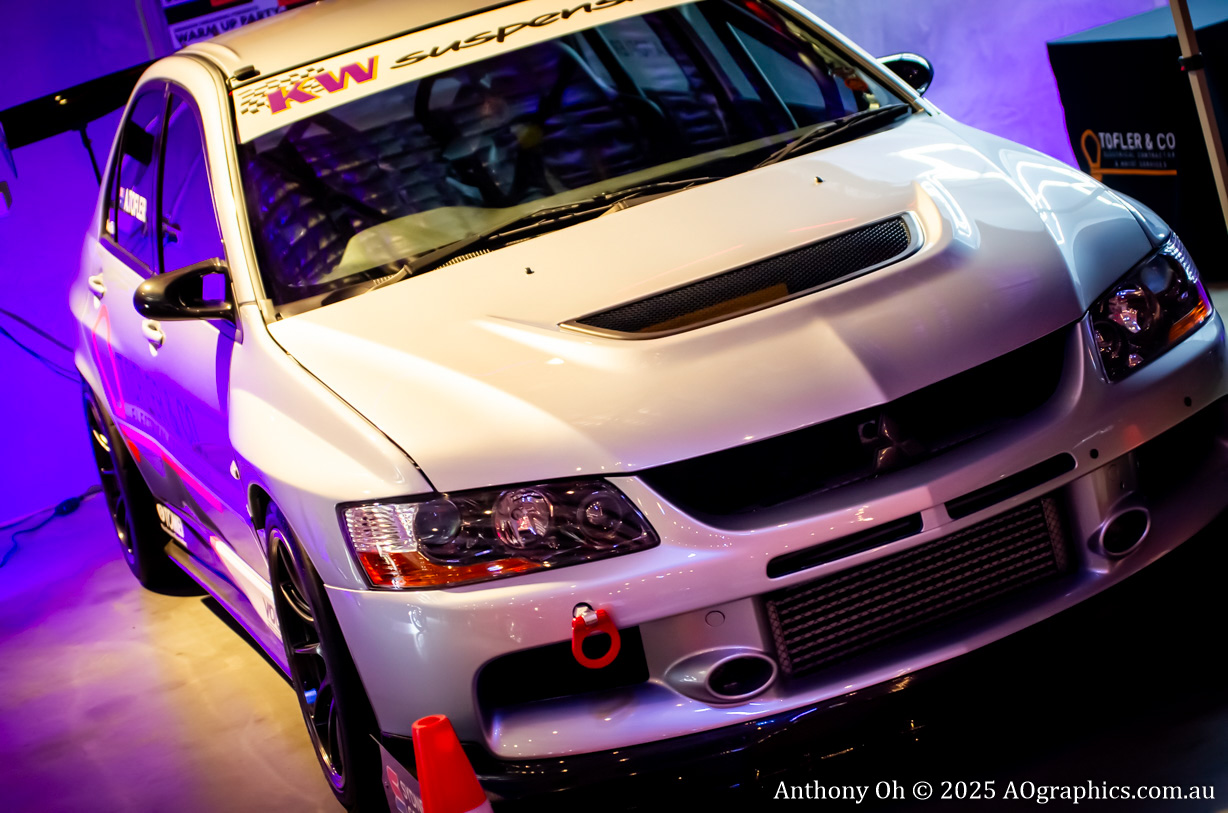
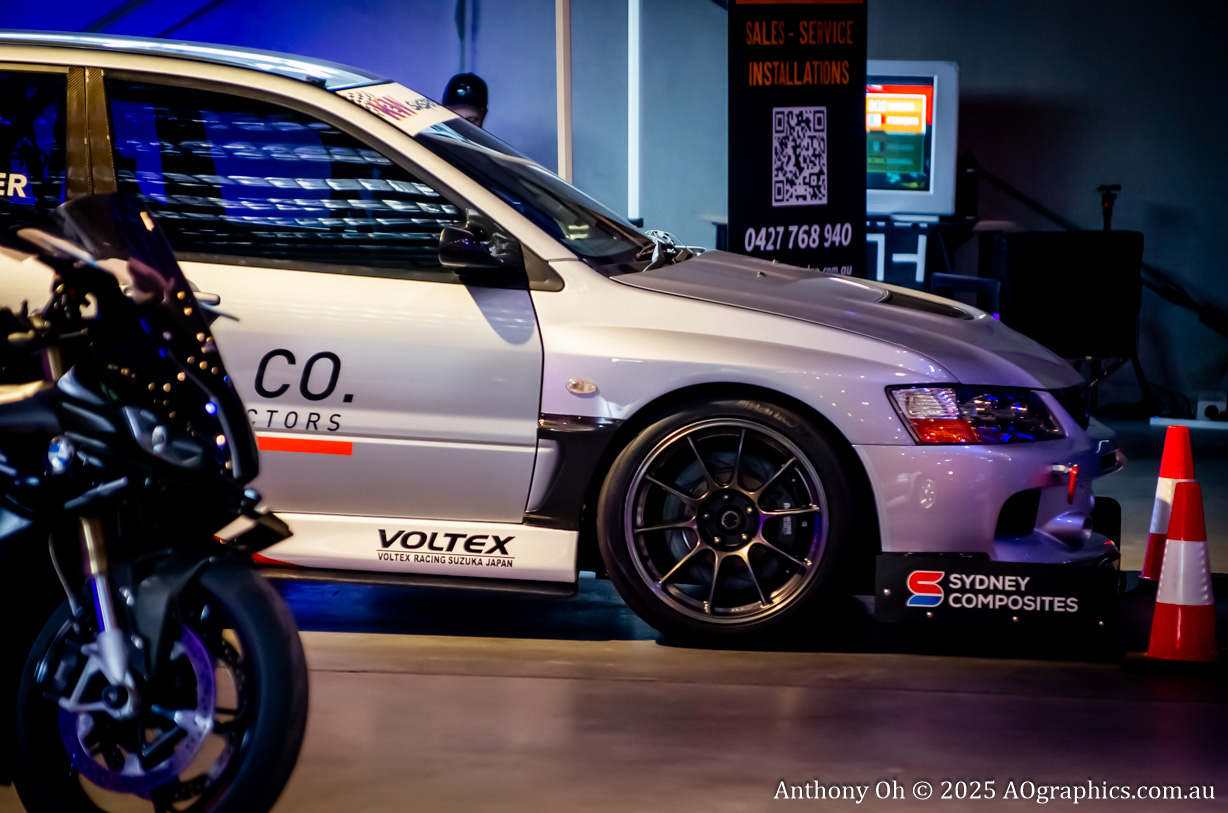
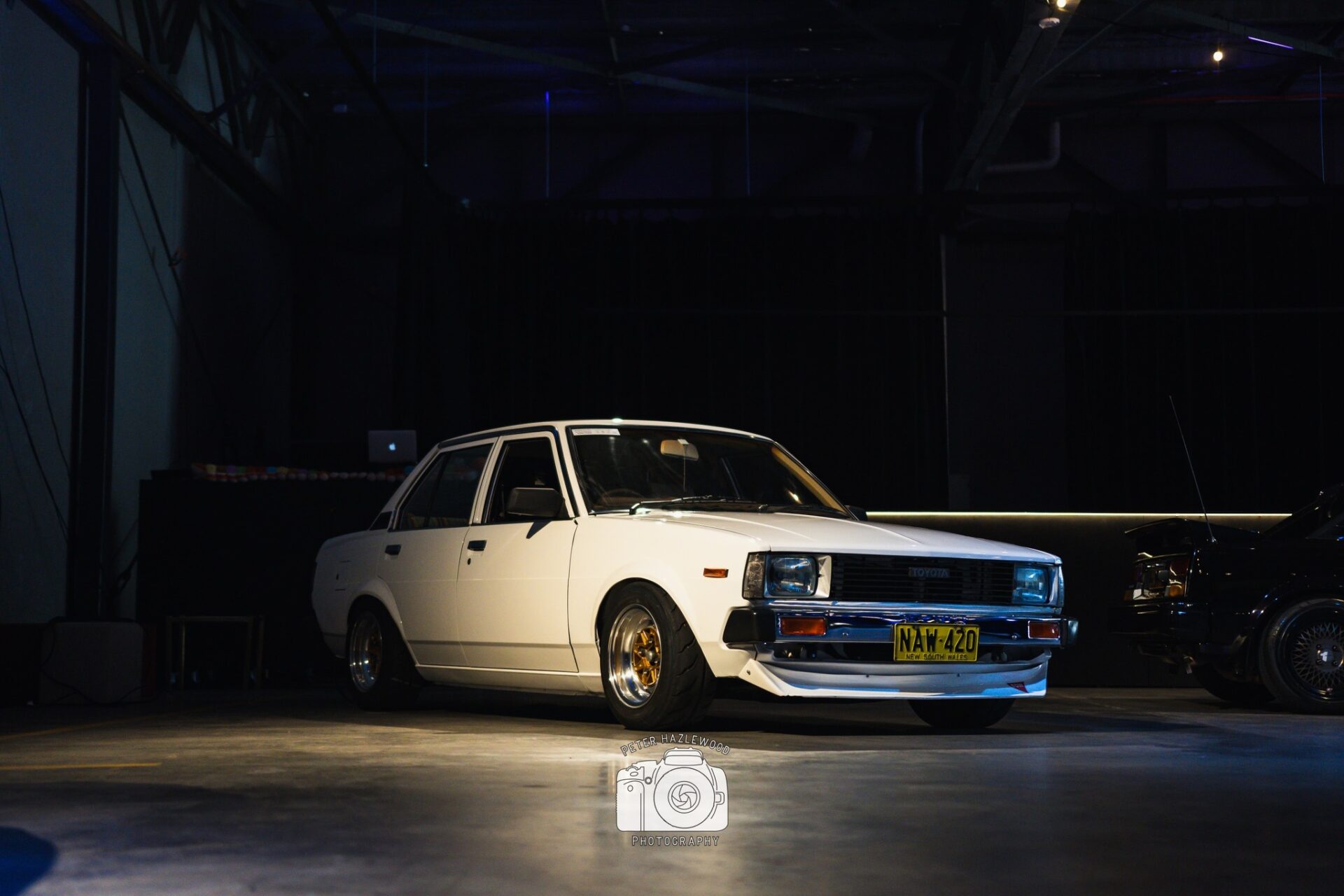
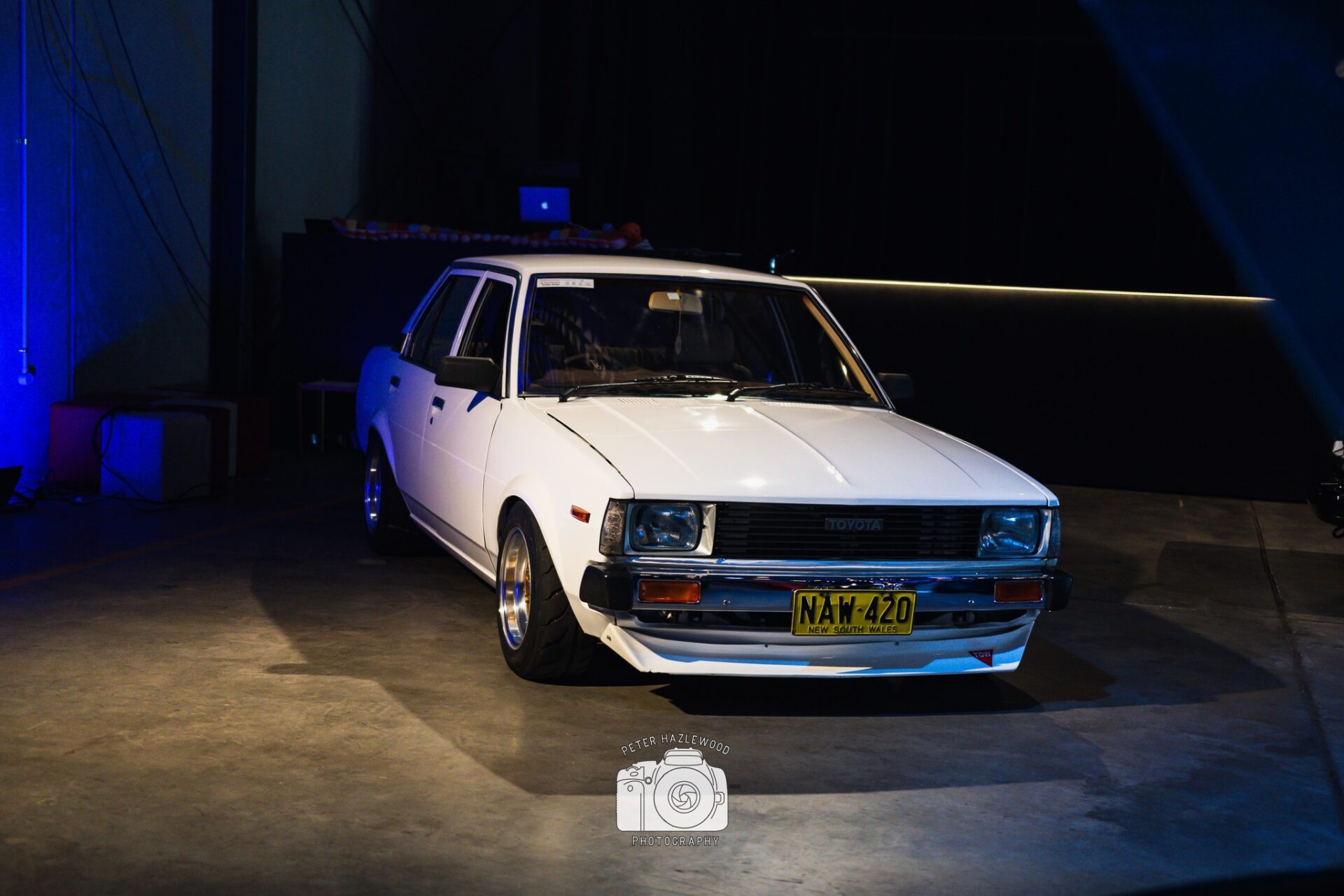
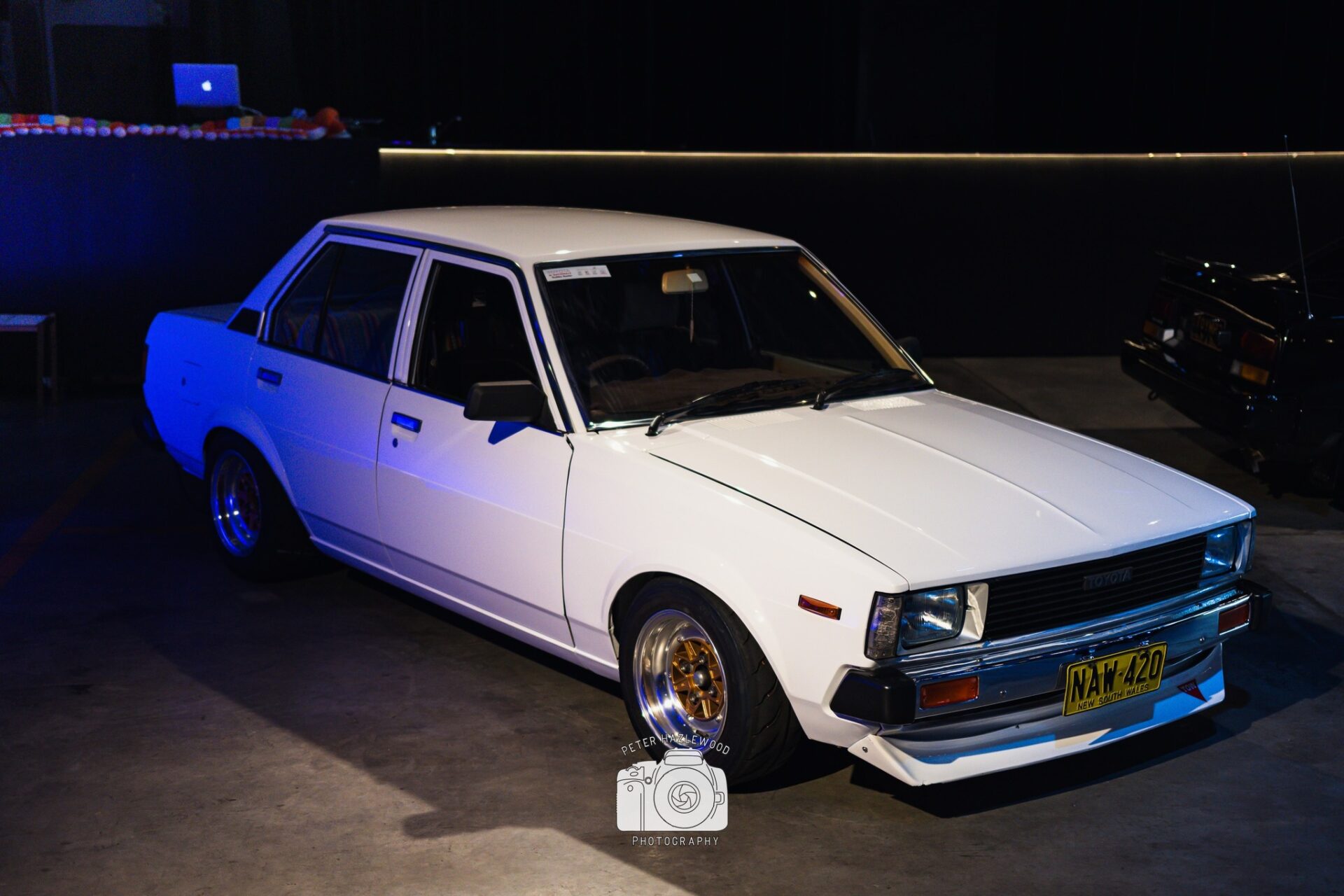
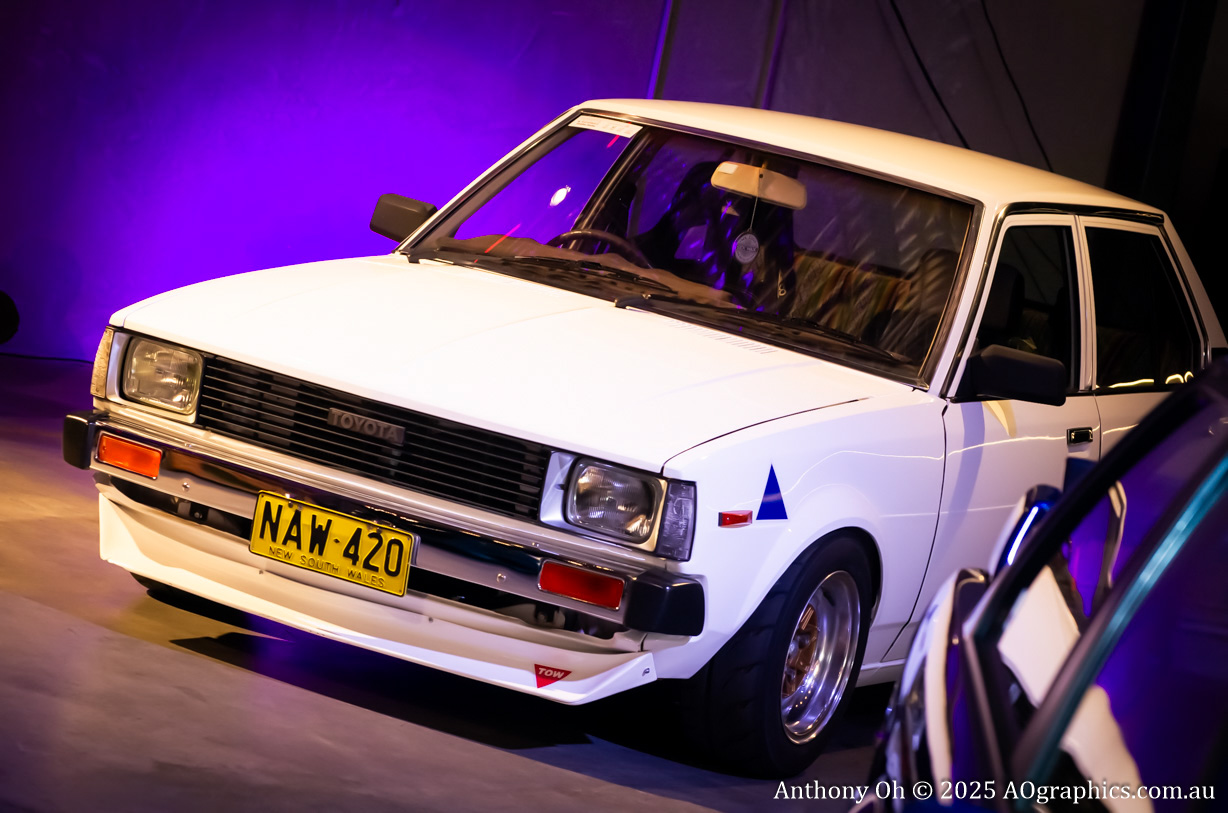
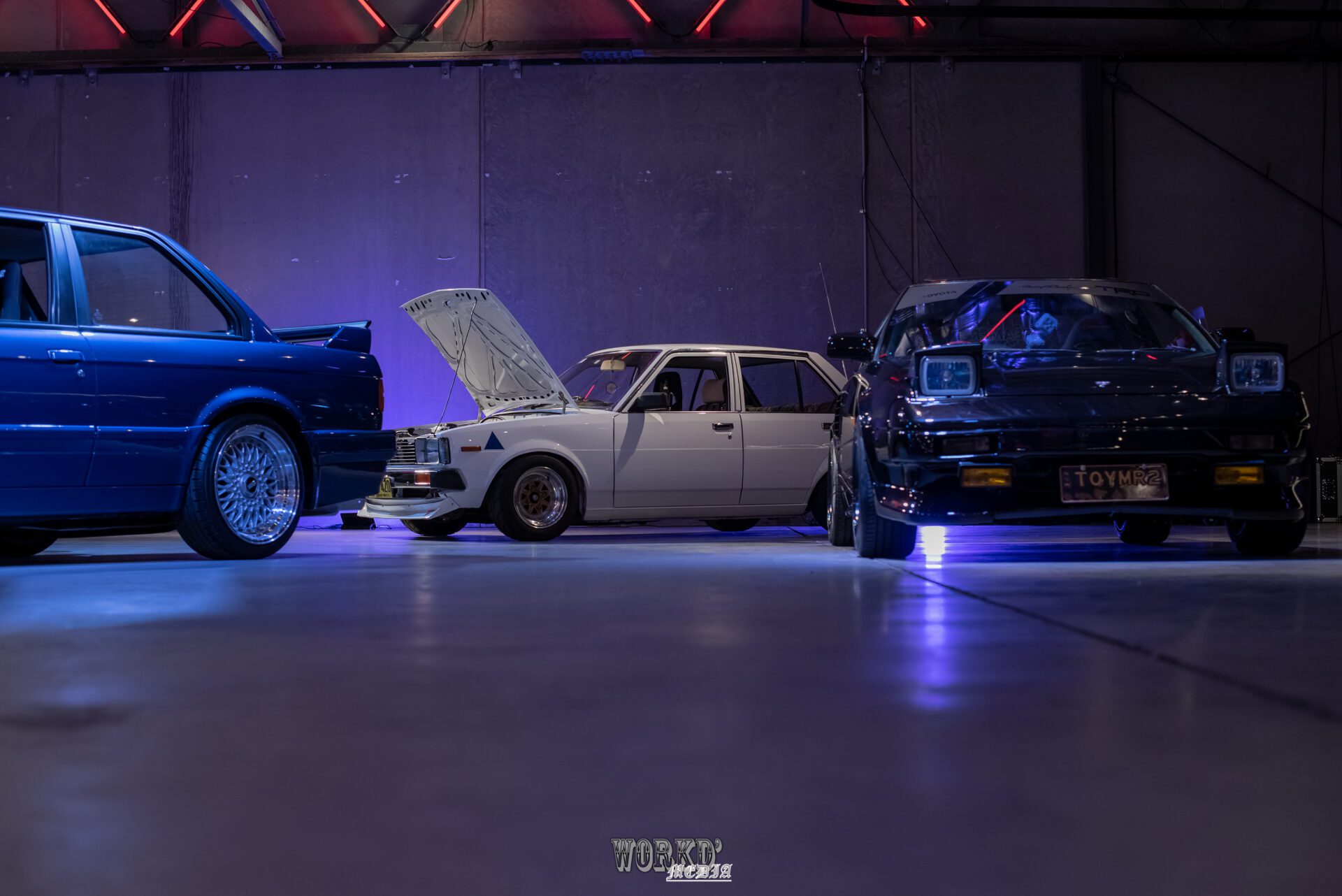
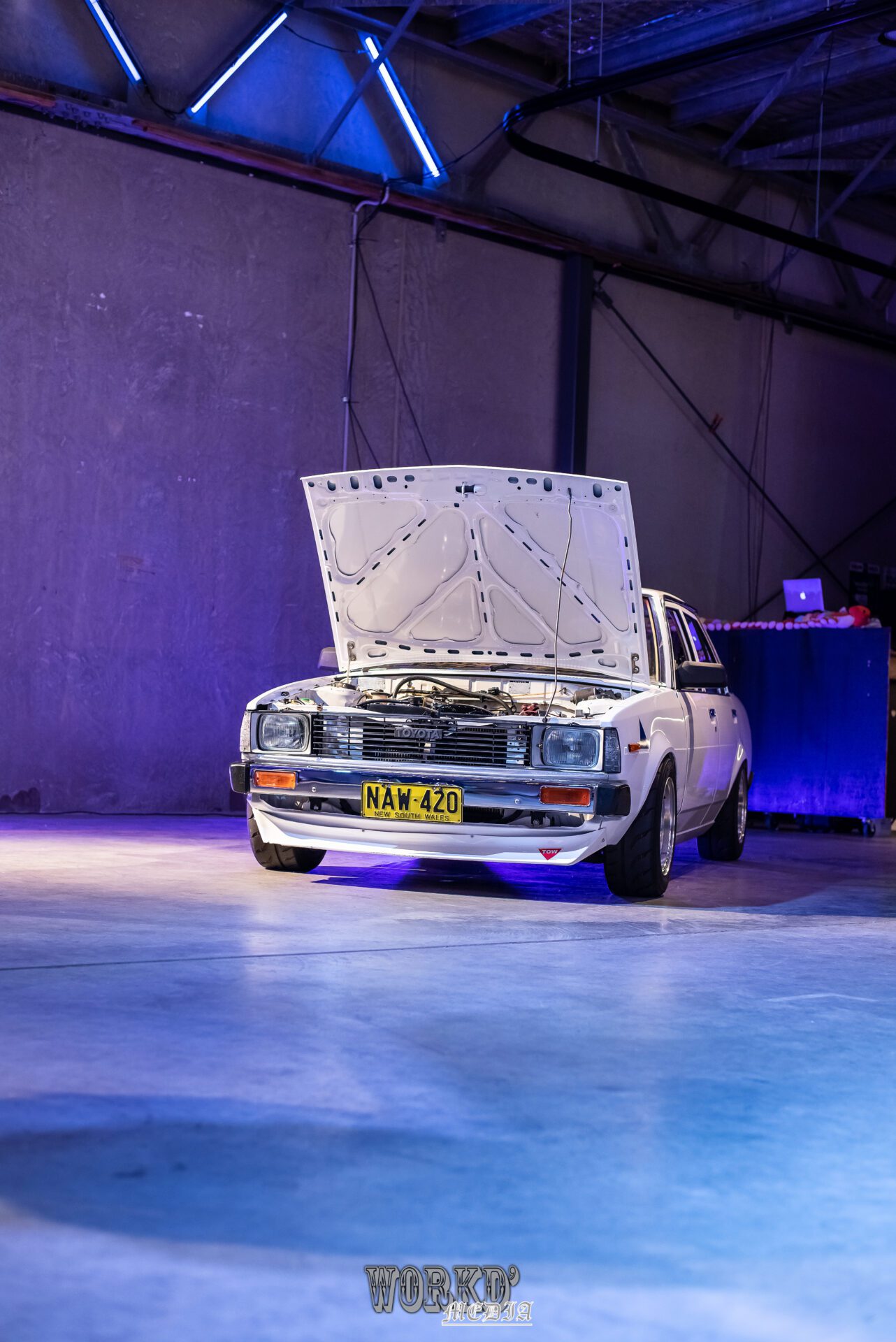
–
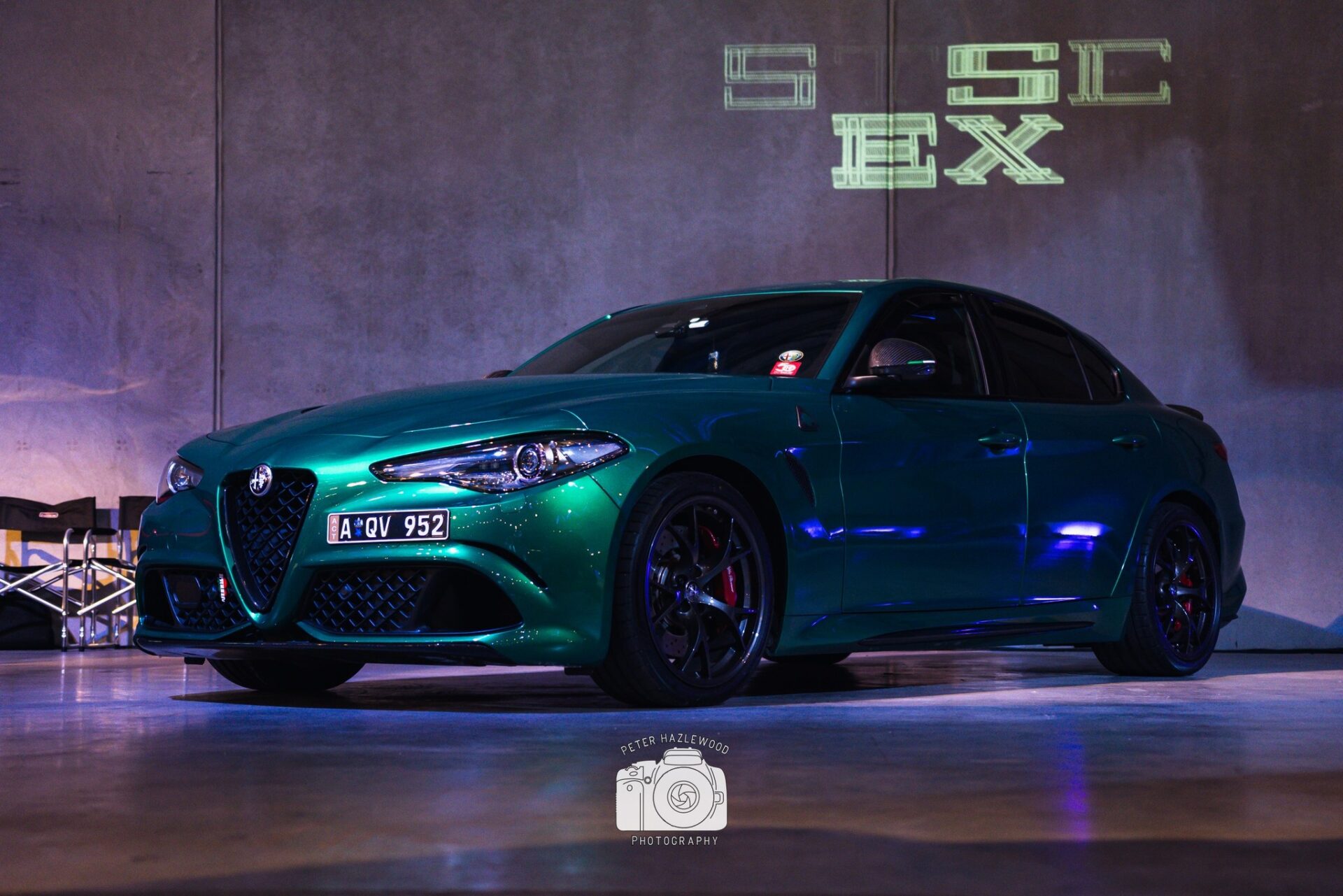
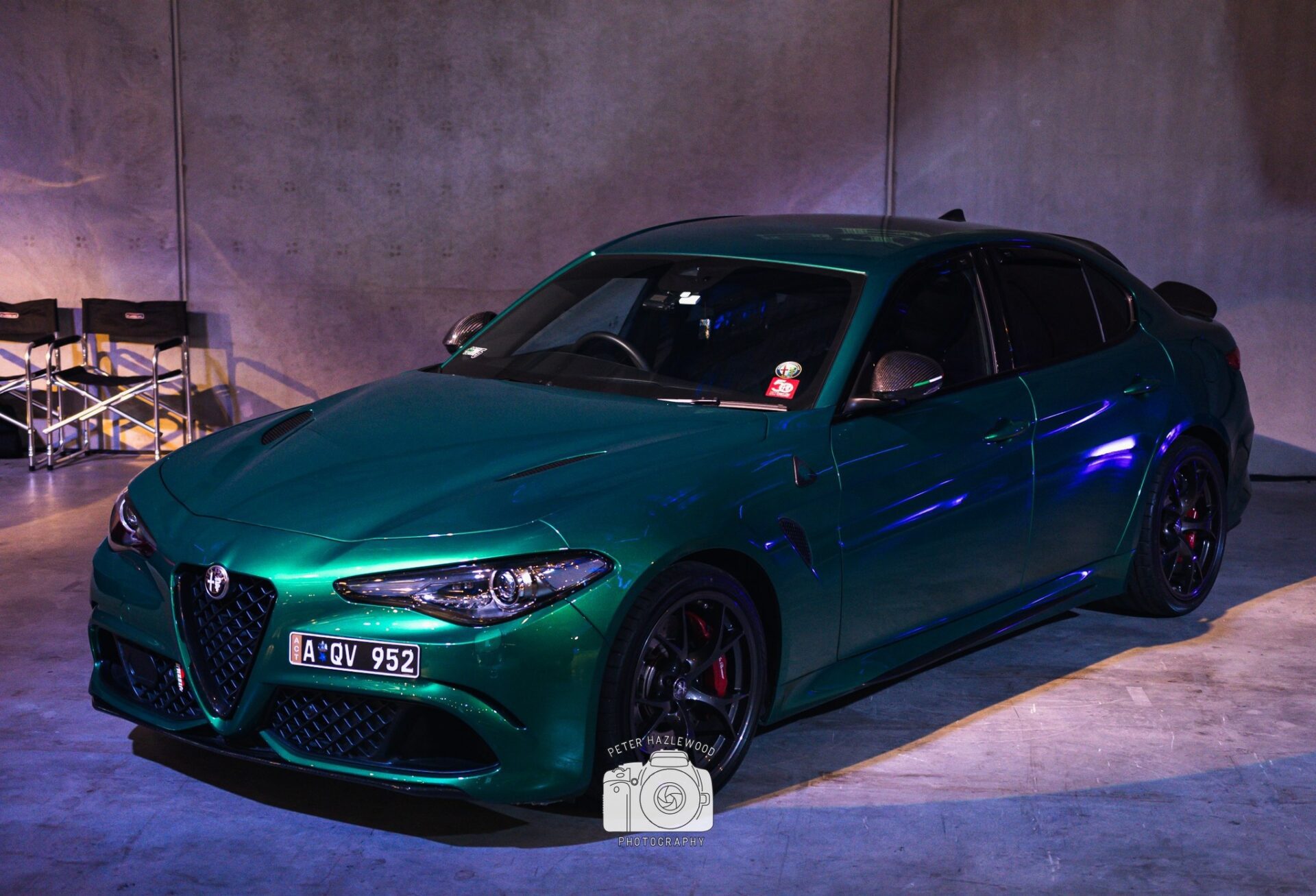
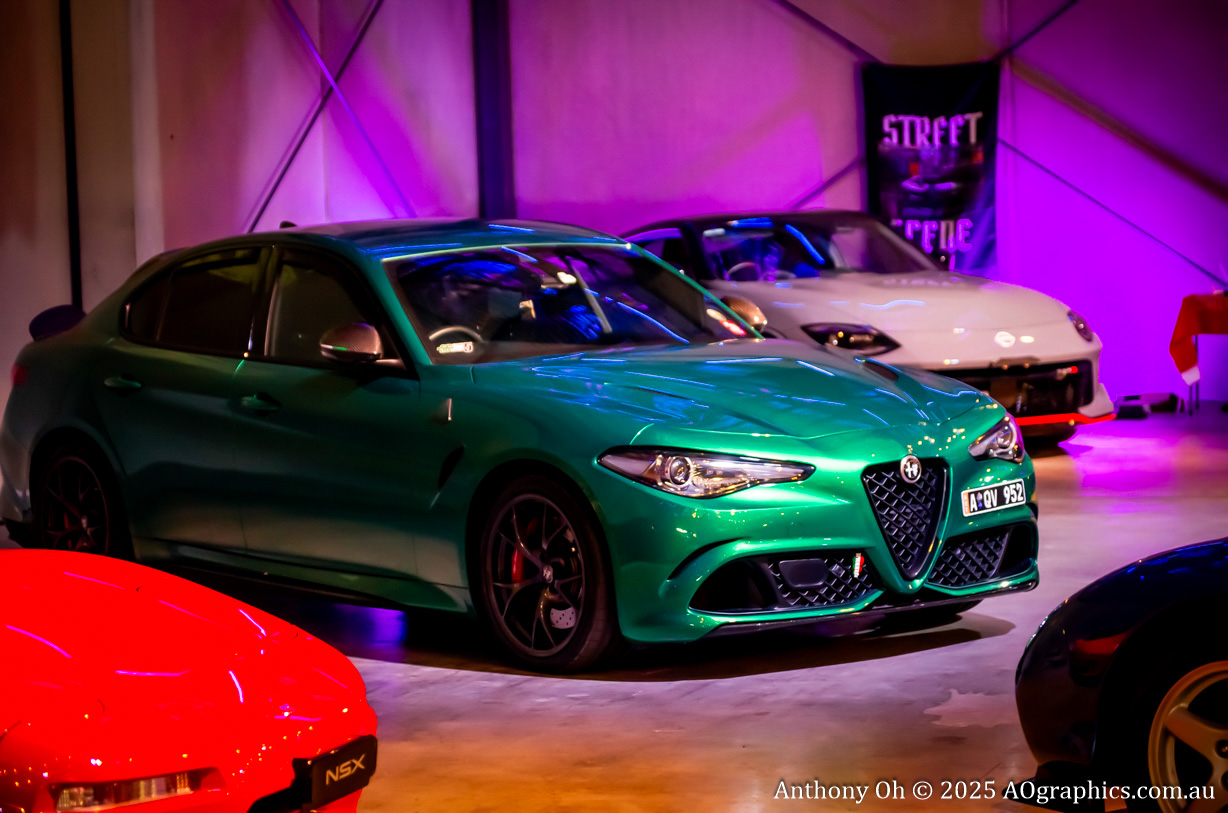
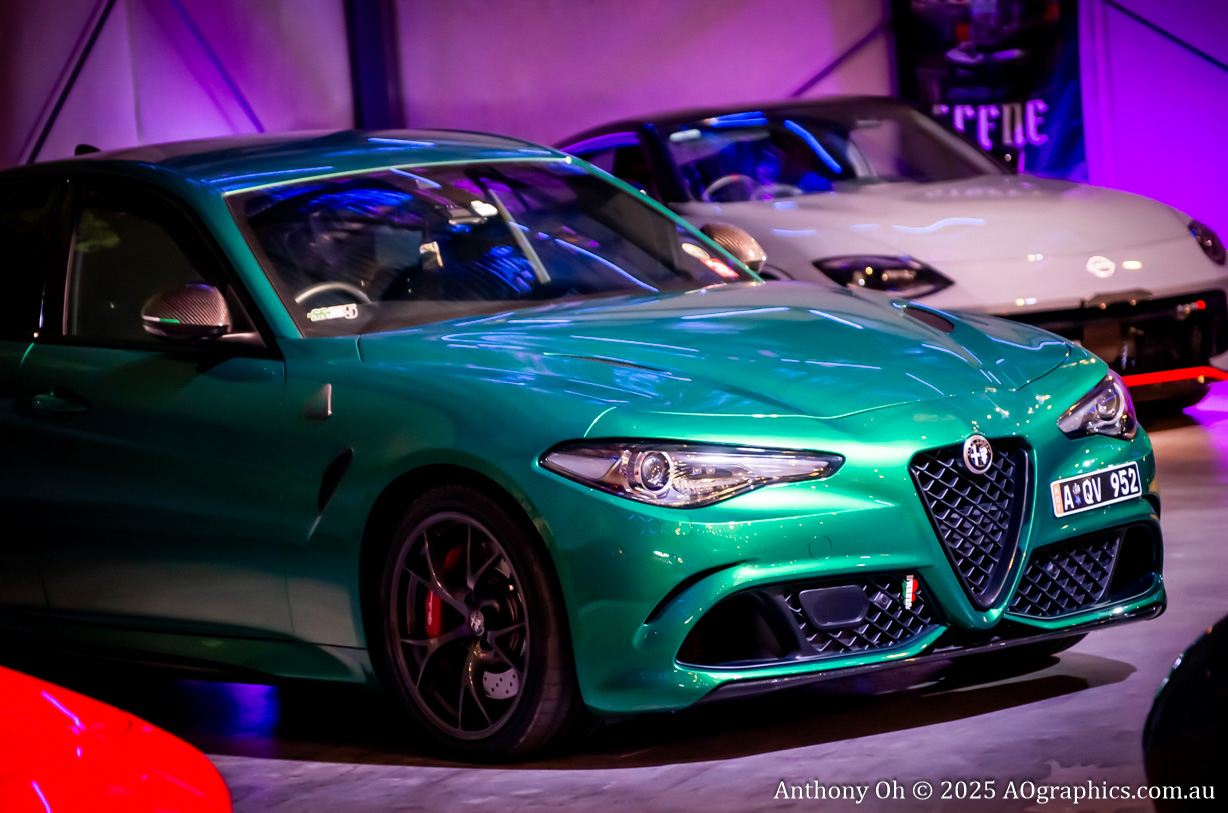
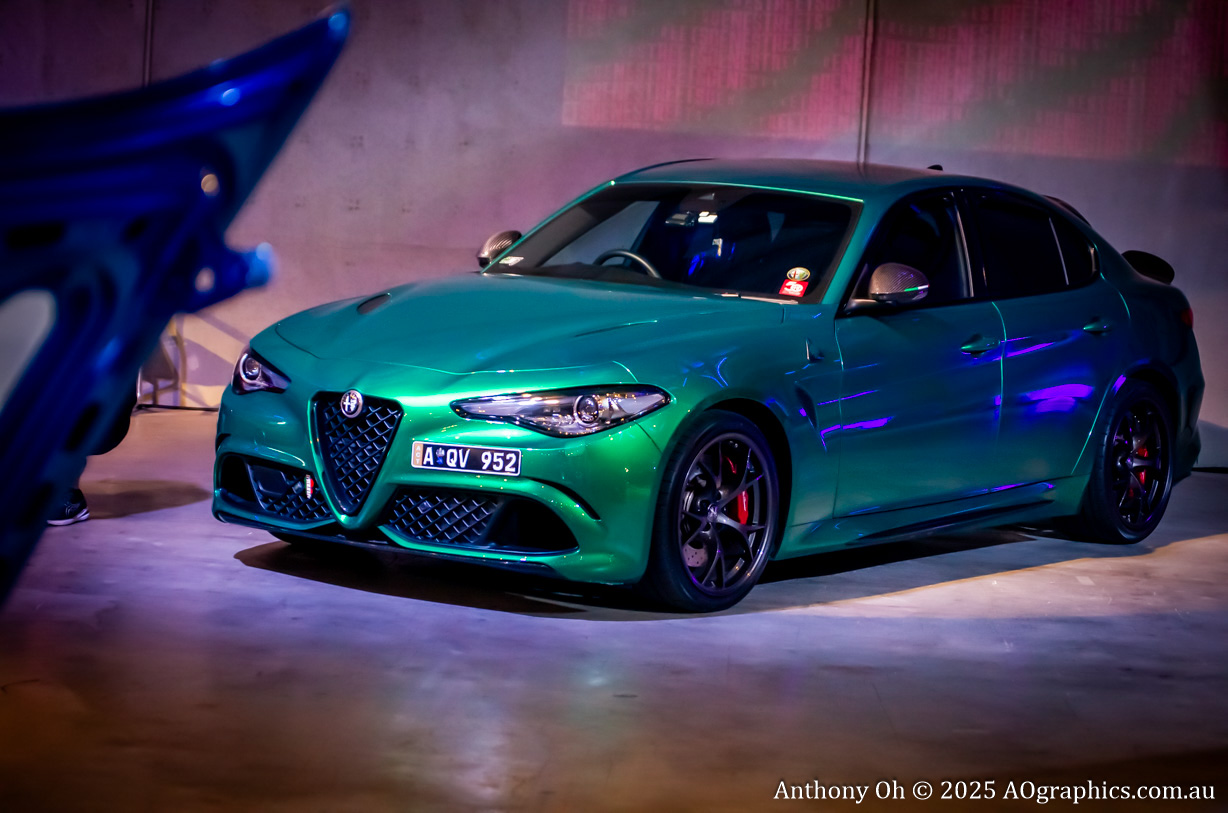
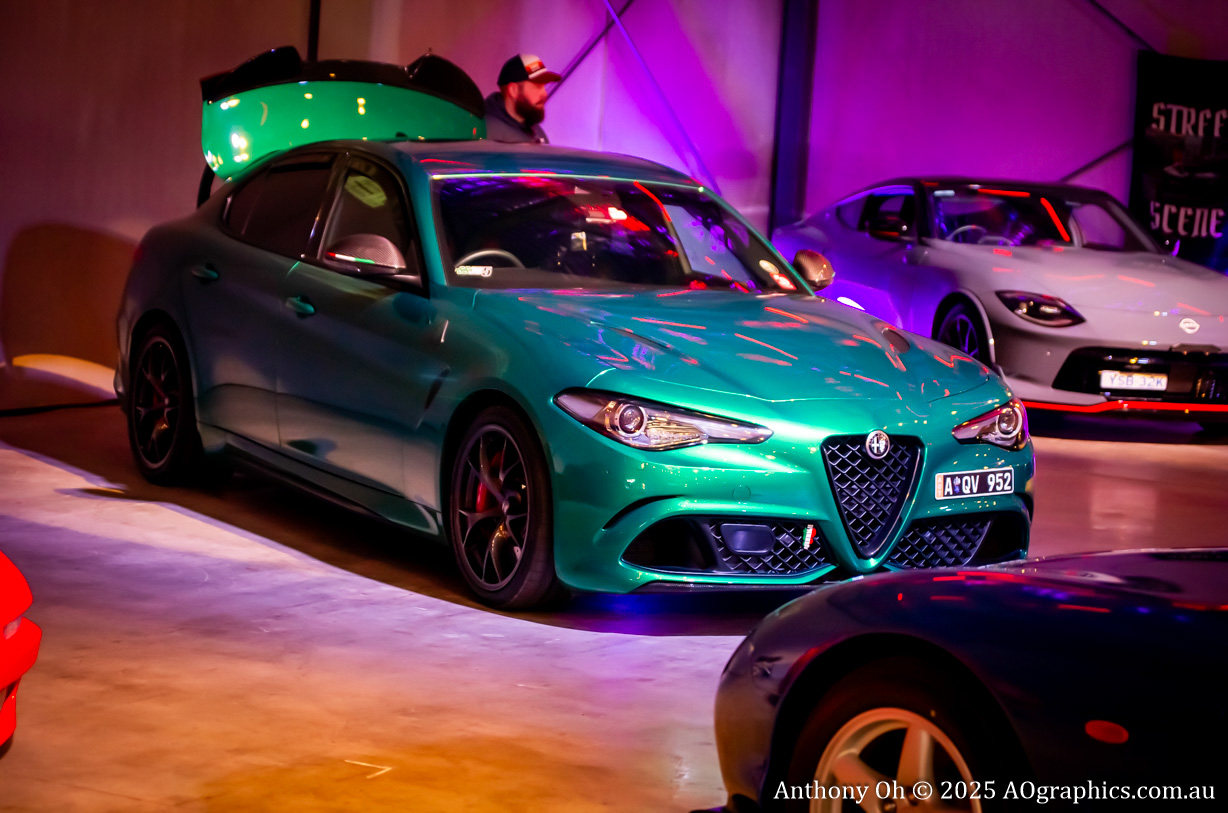
–
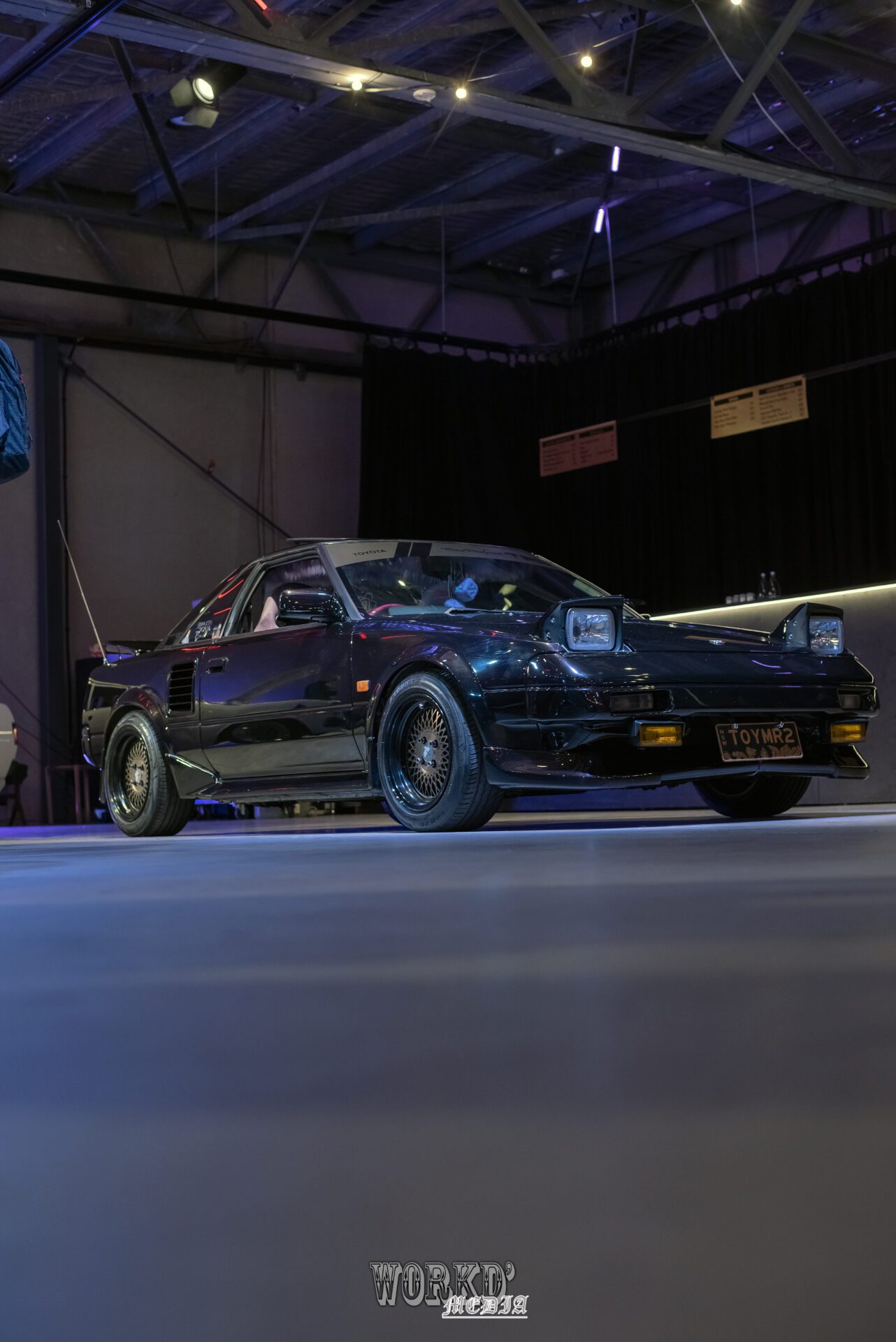
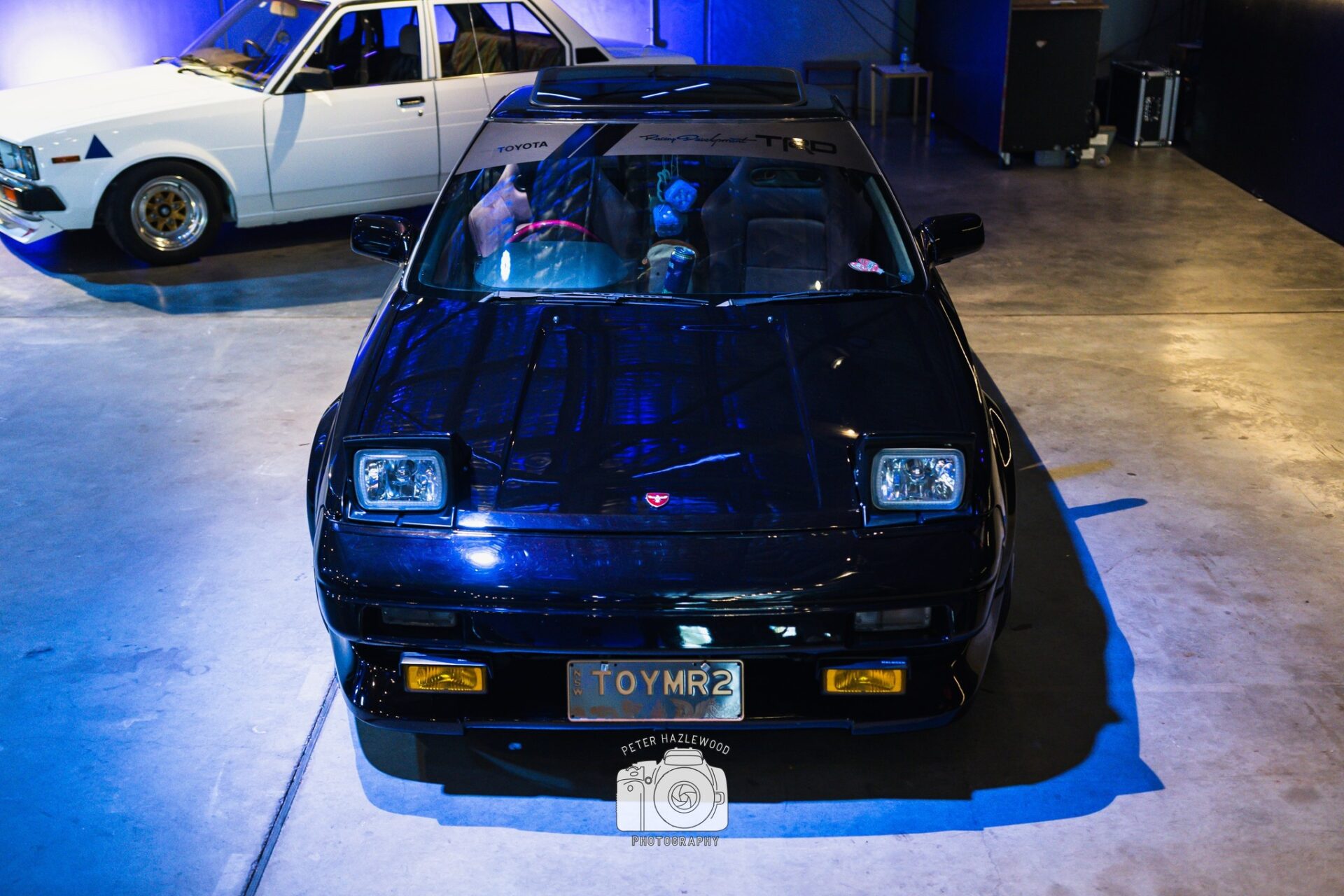
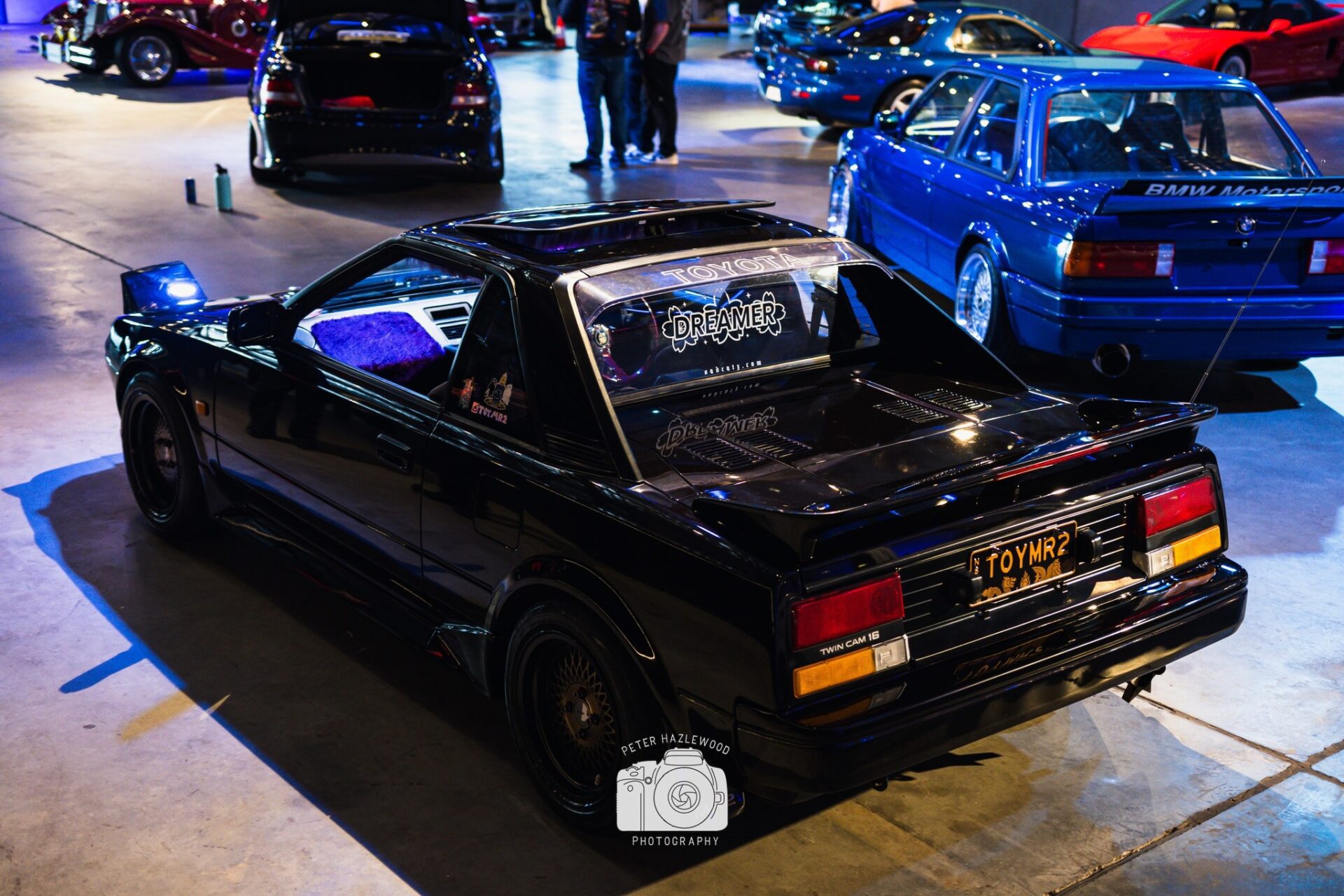
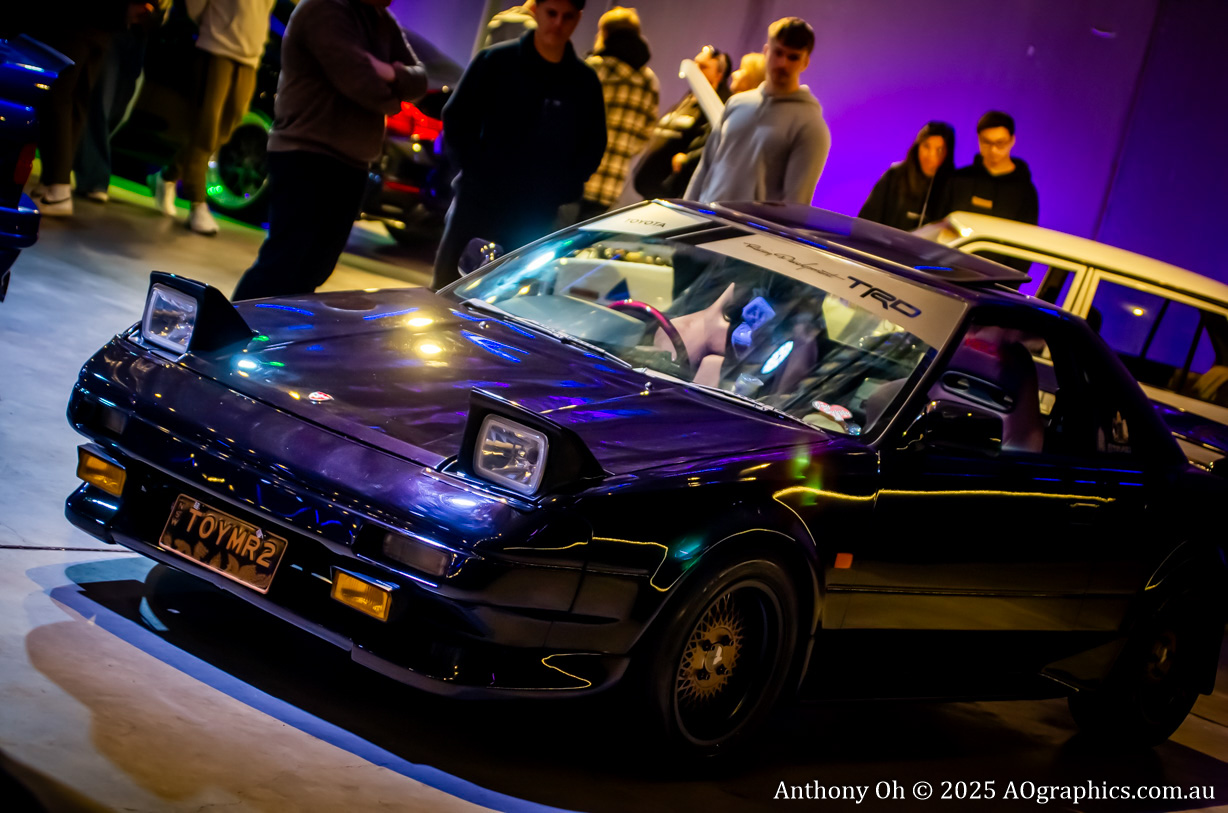
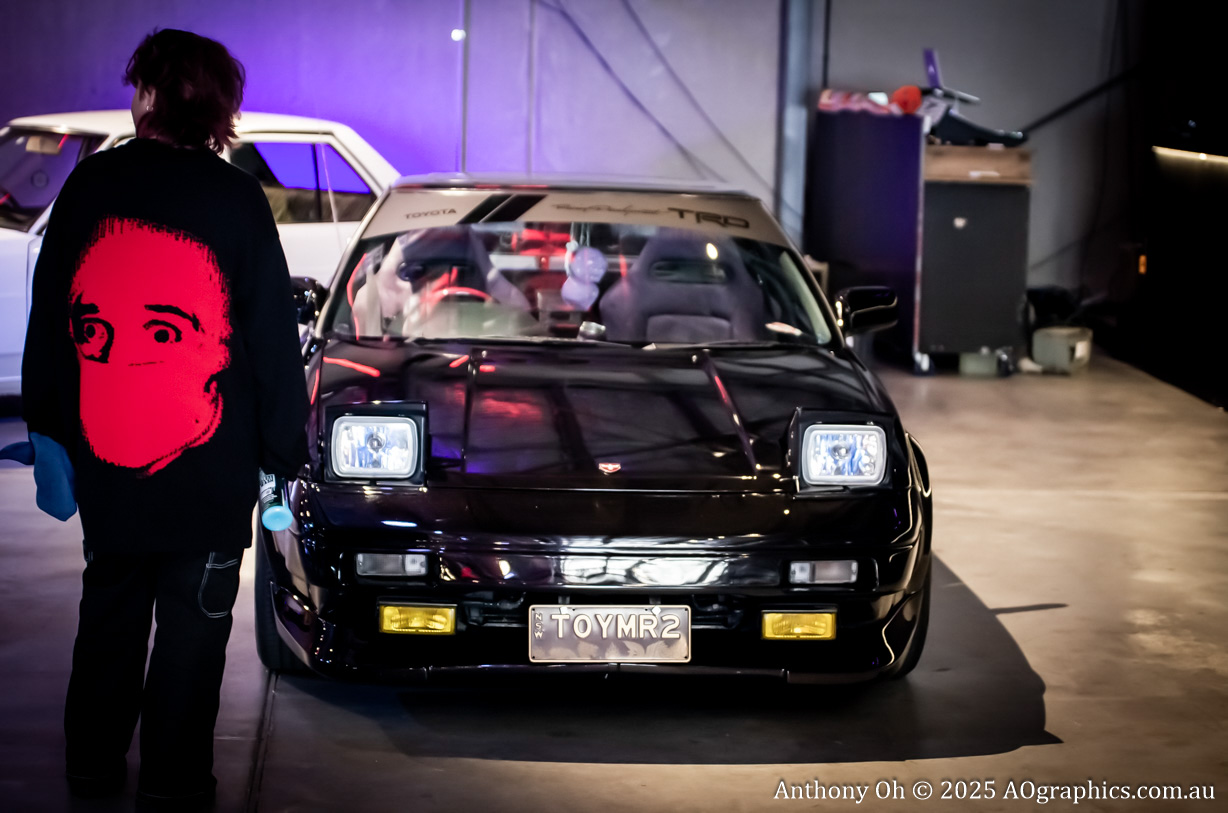
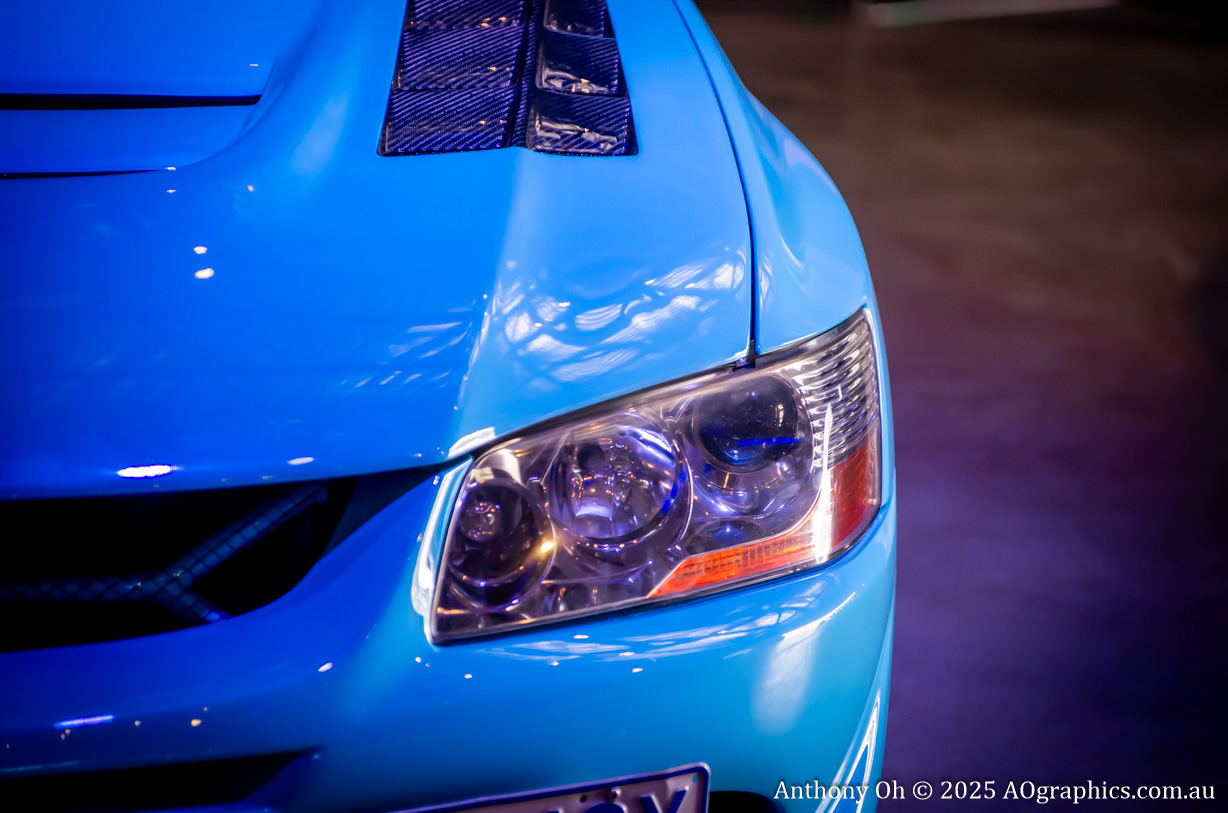
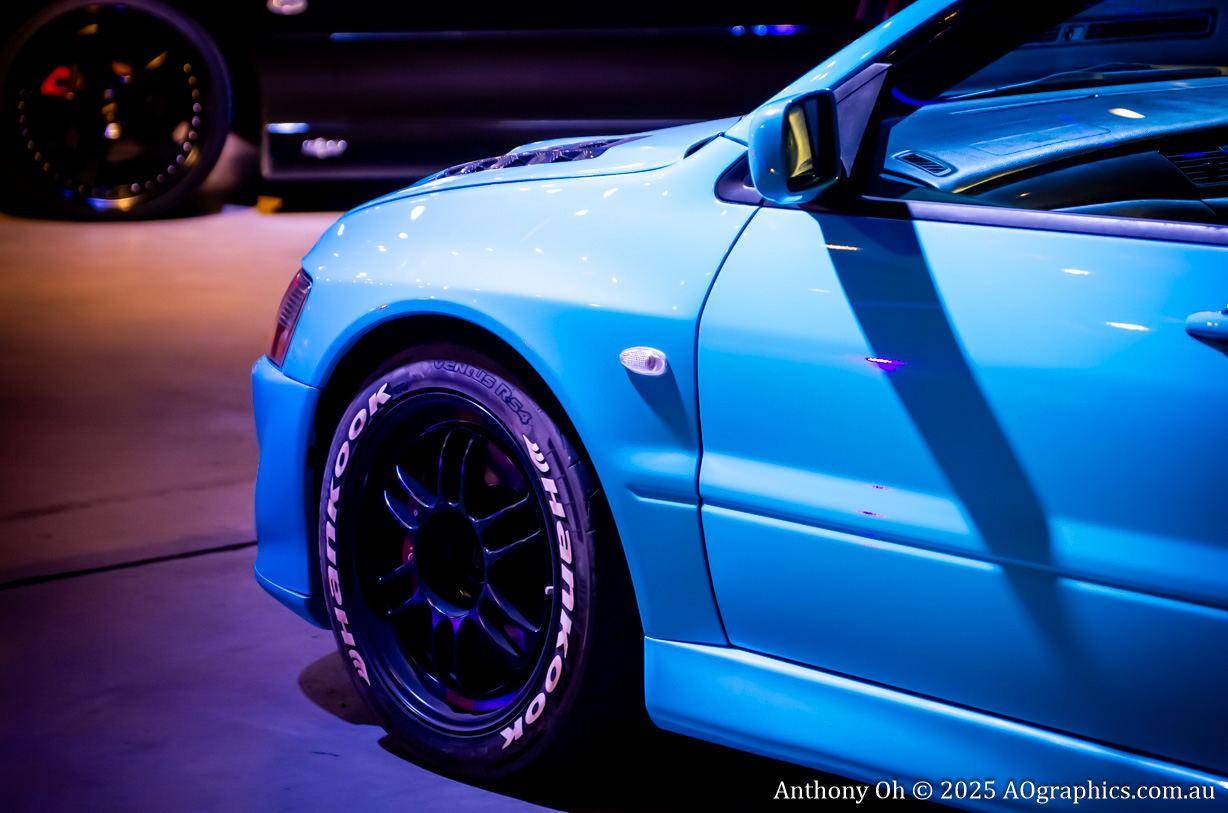
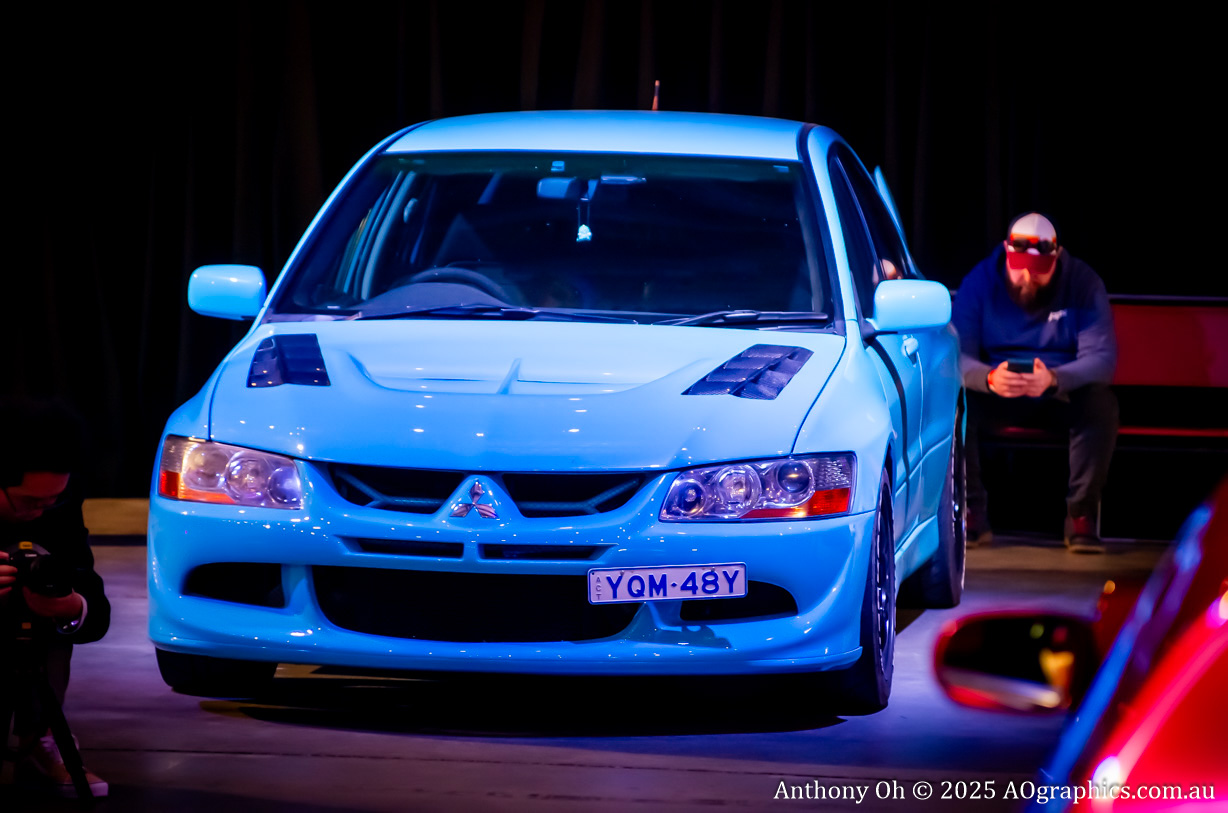
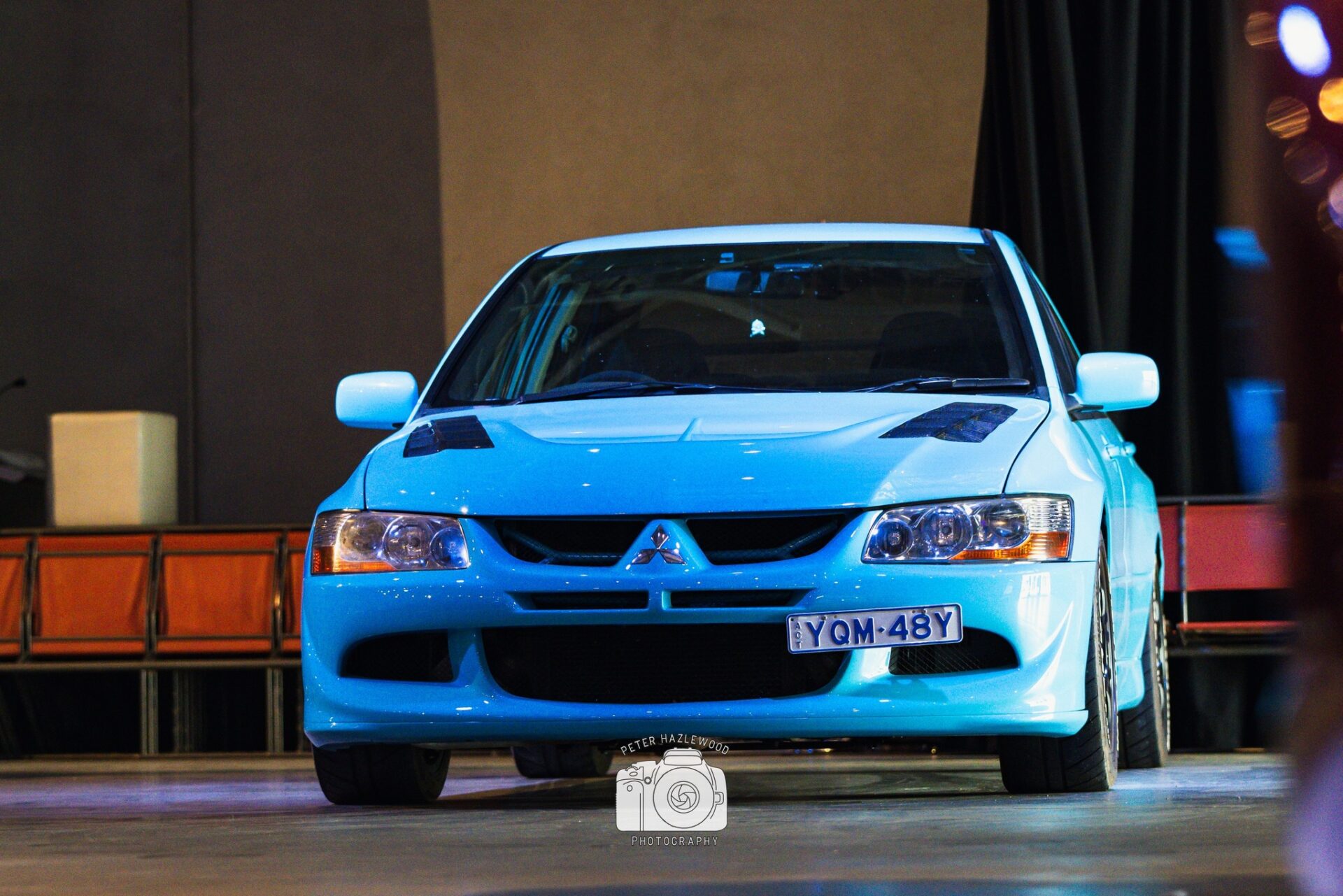
The venue also supplied these amazing projectors and lighting bringing something different to the show.
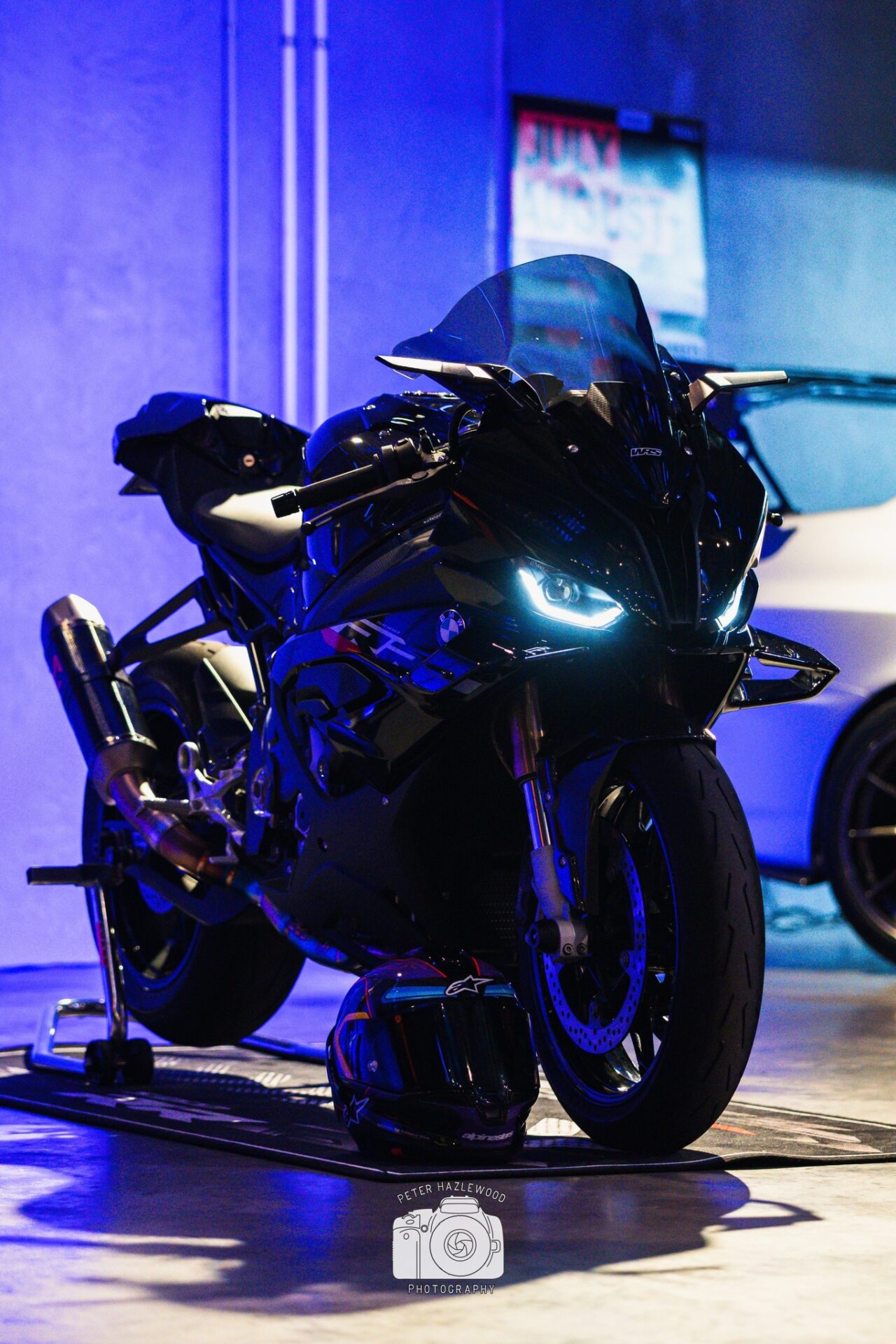
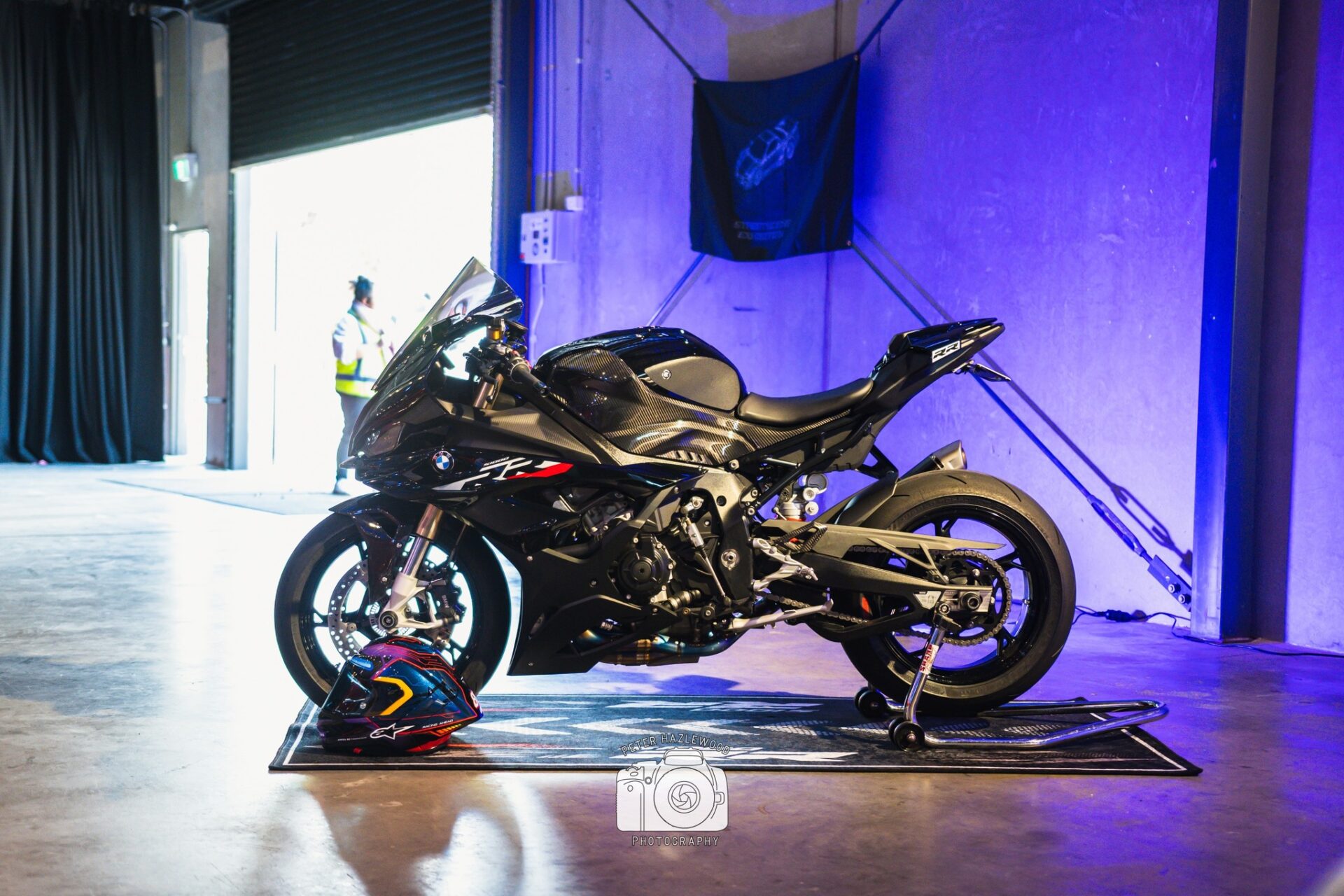
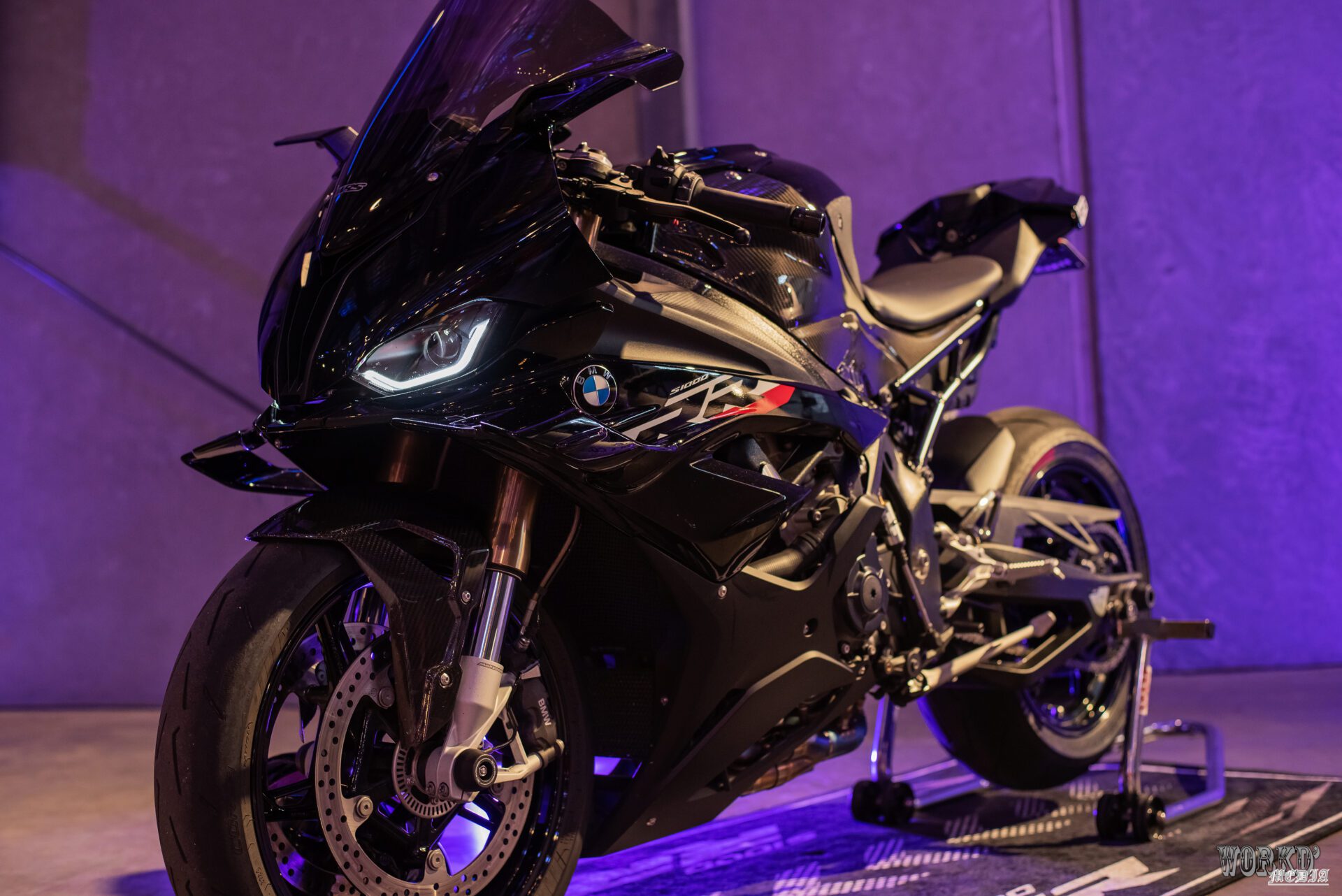
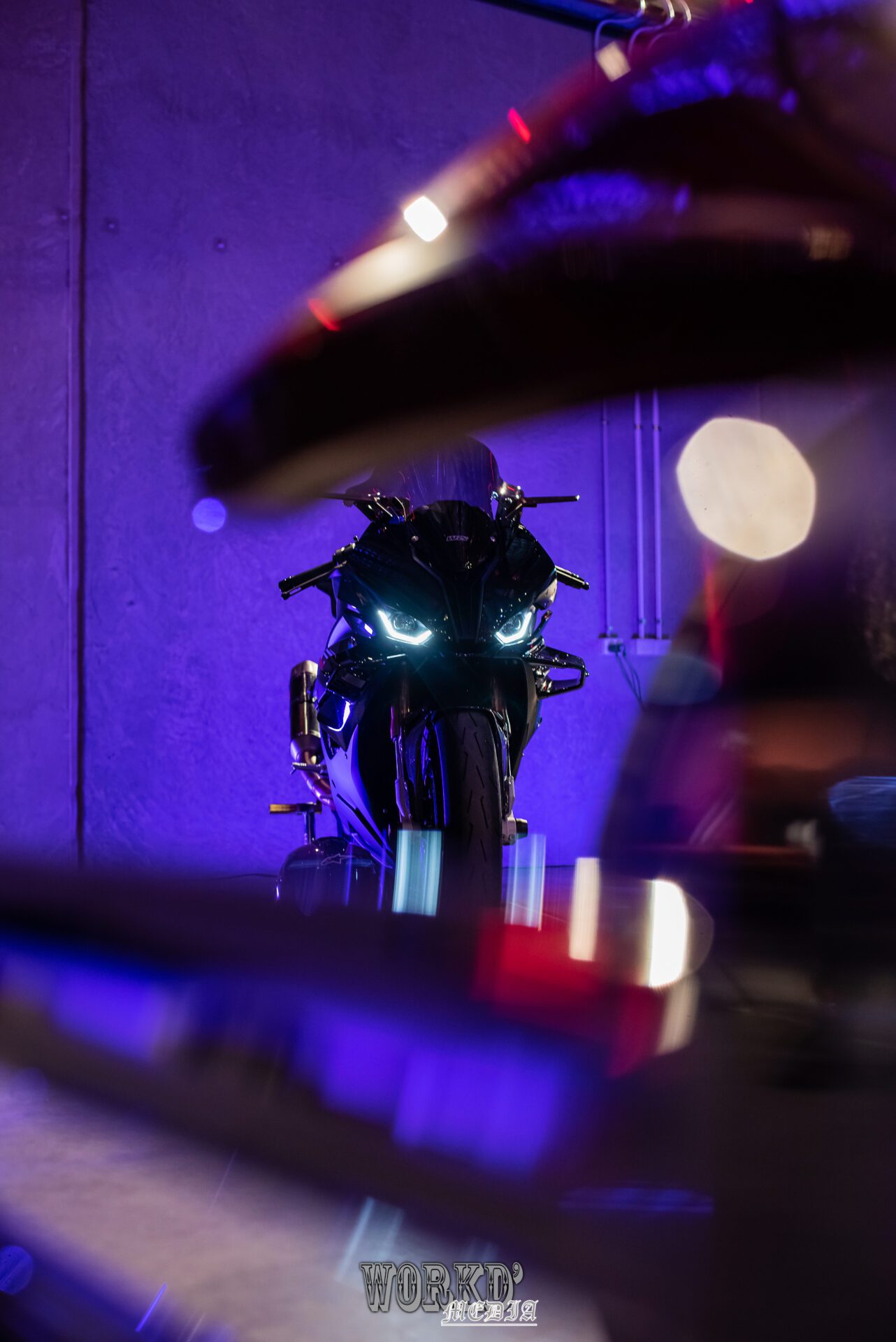
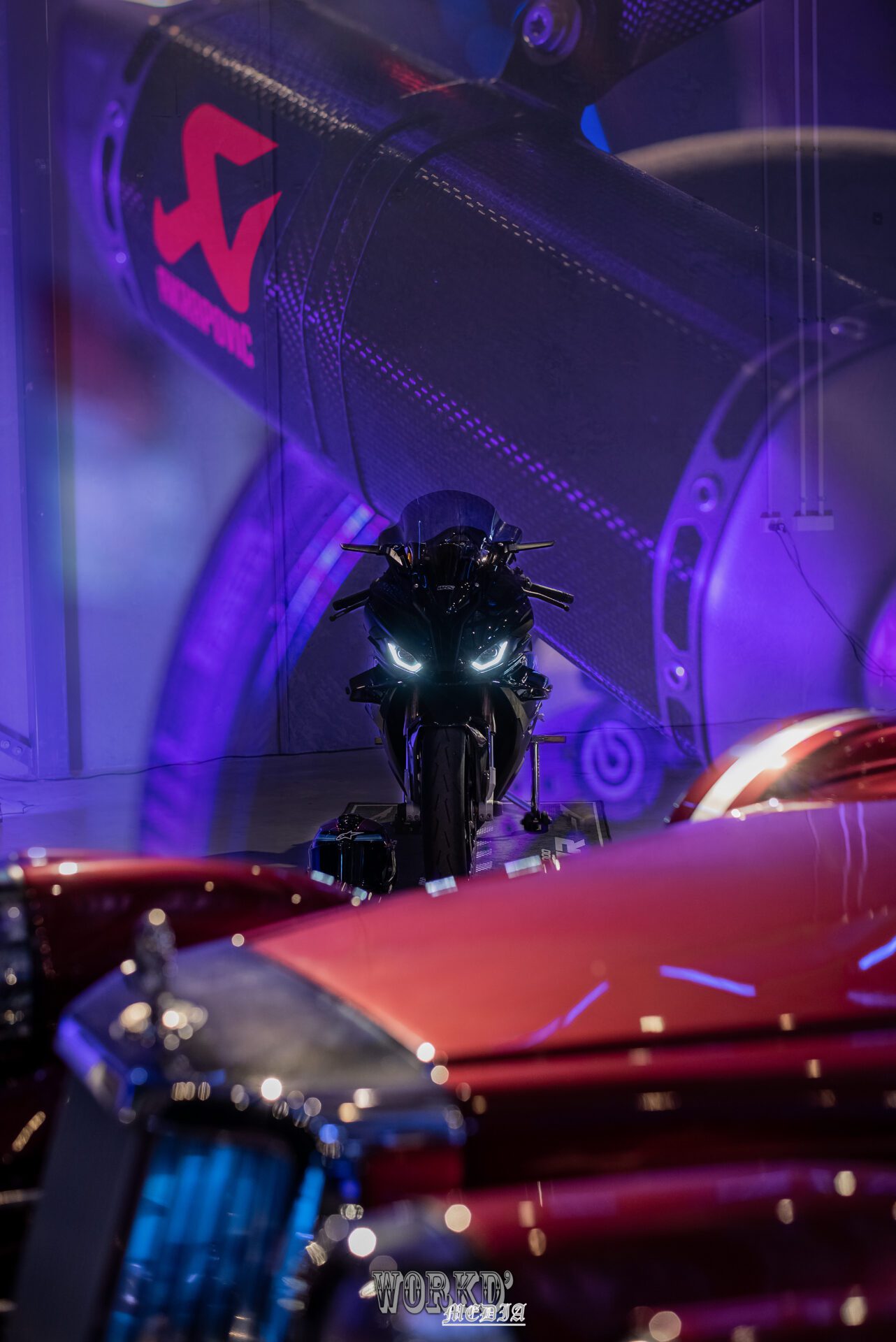
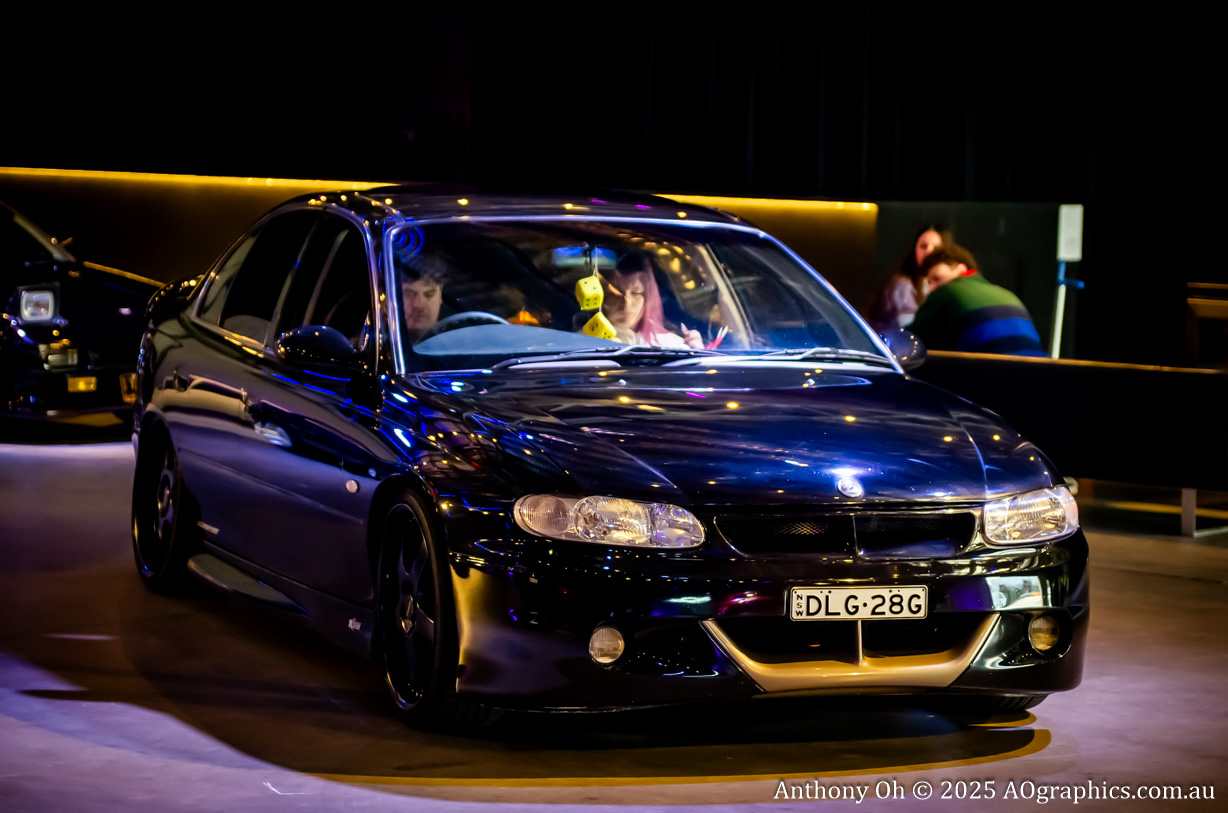
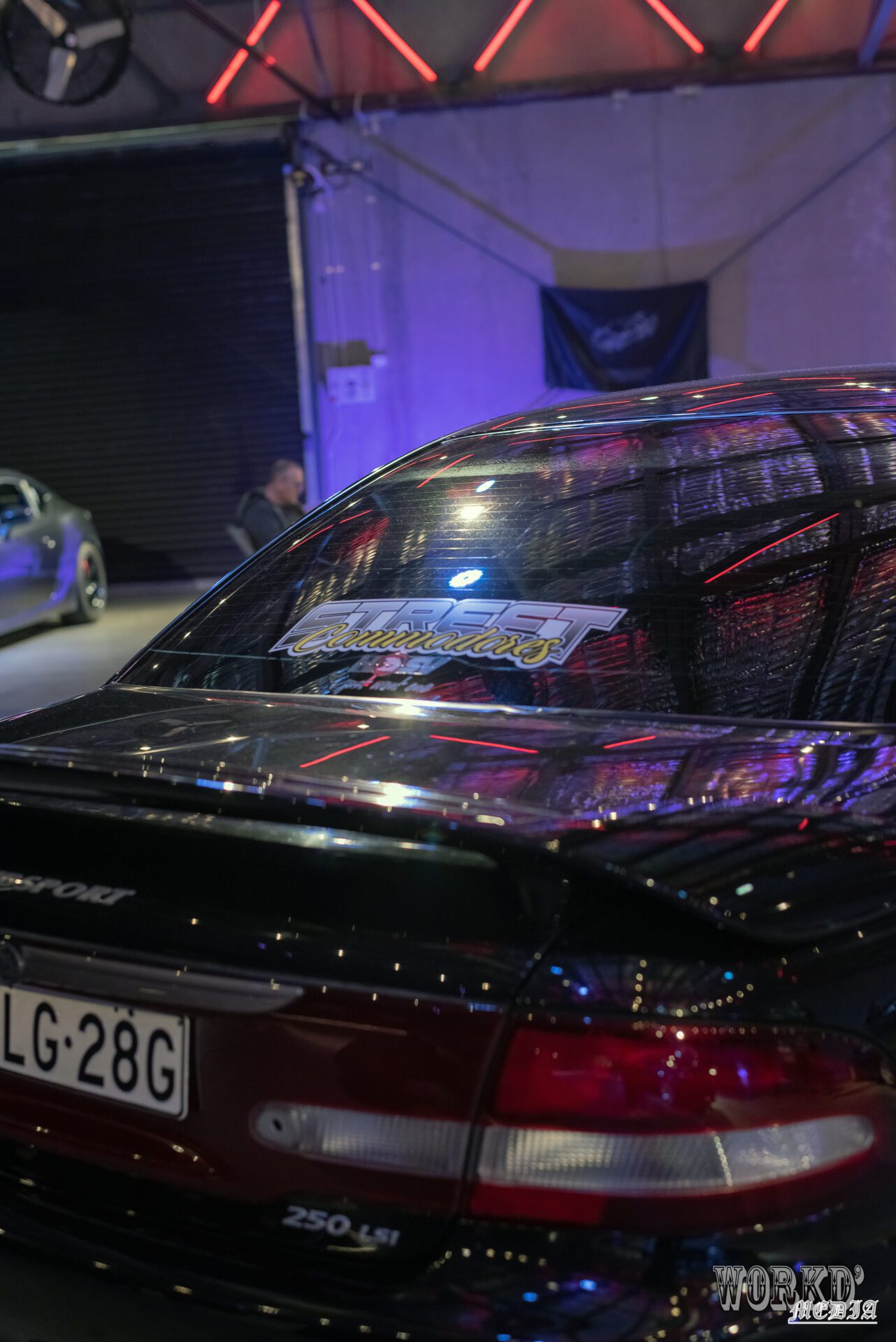
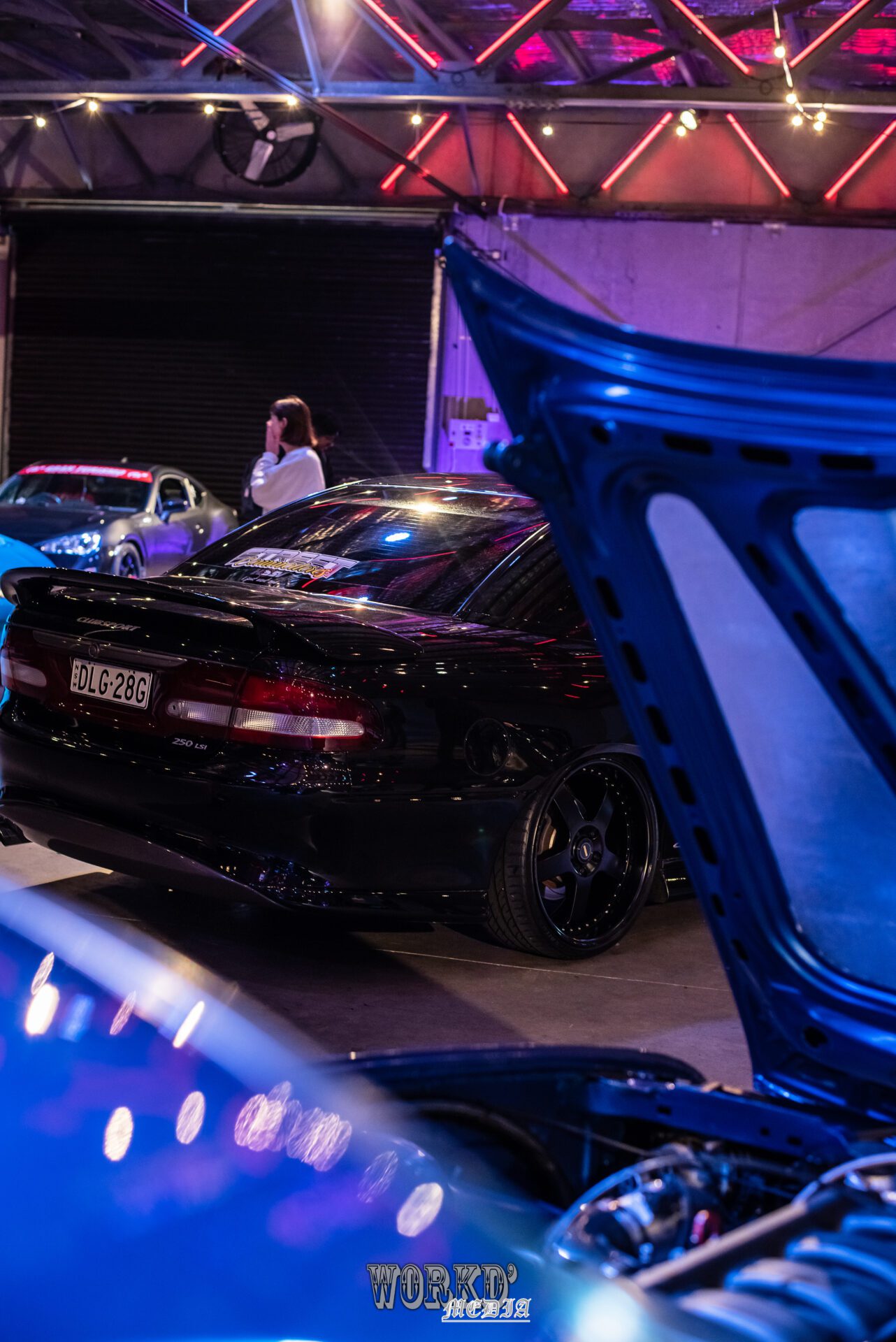
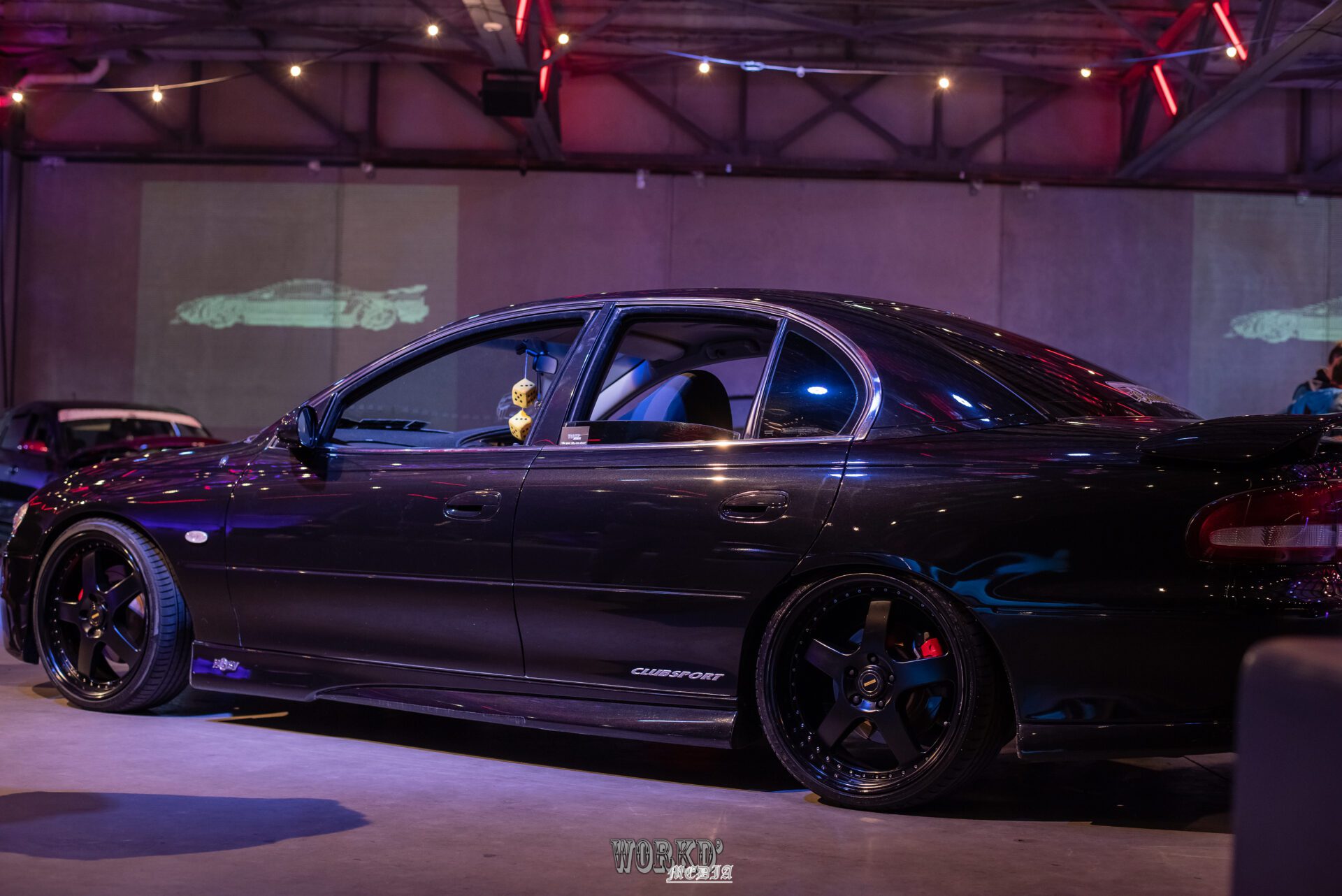

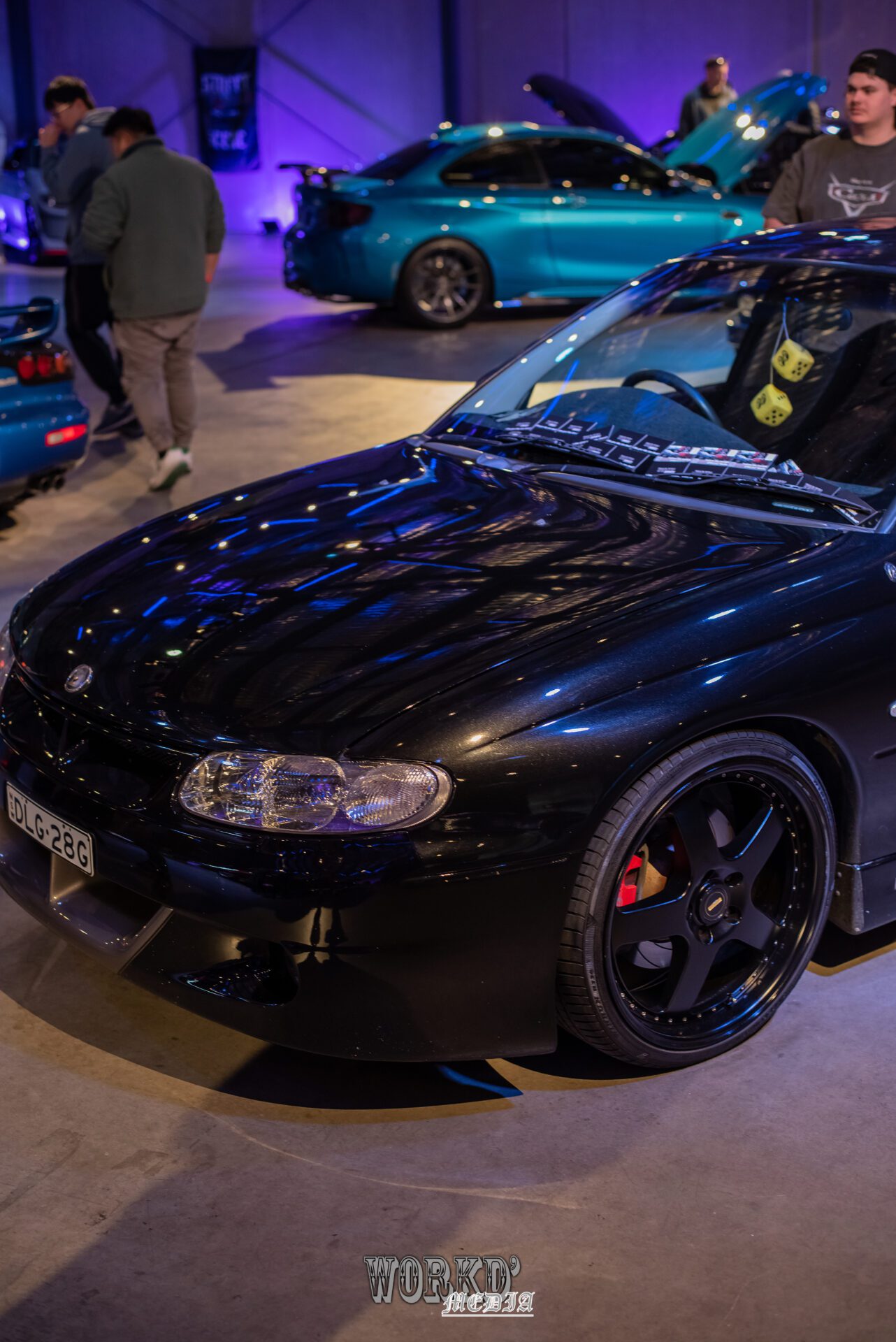
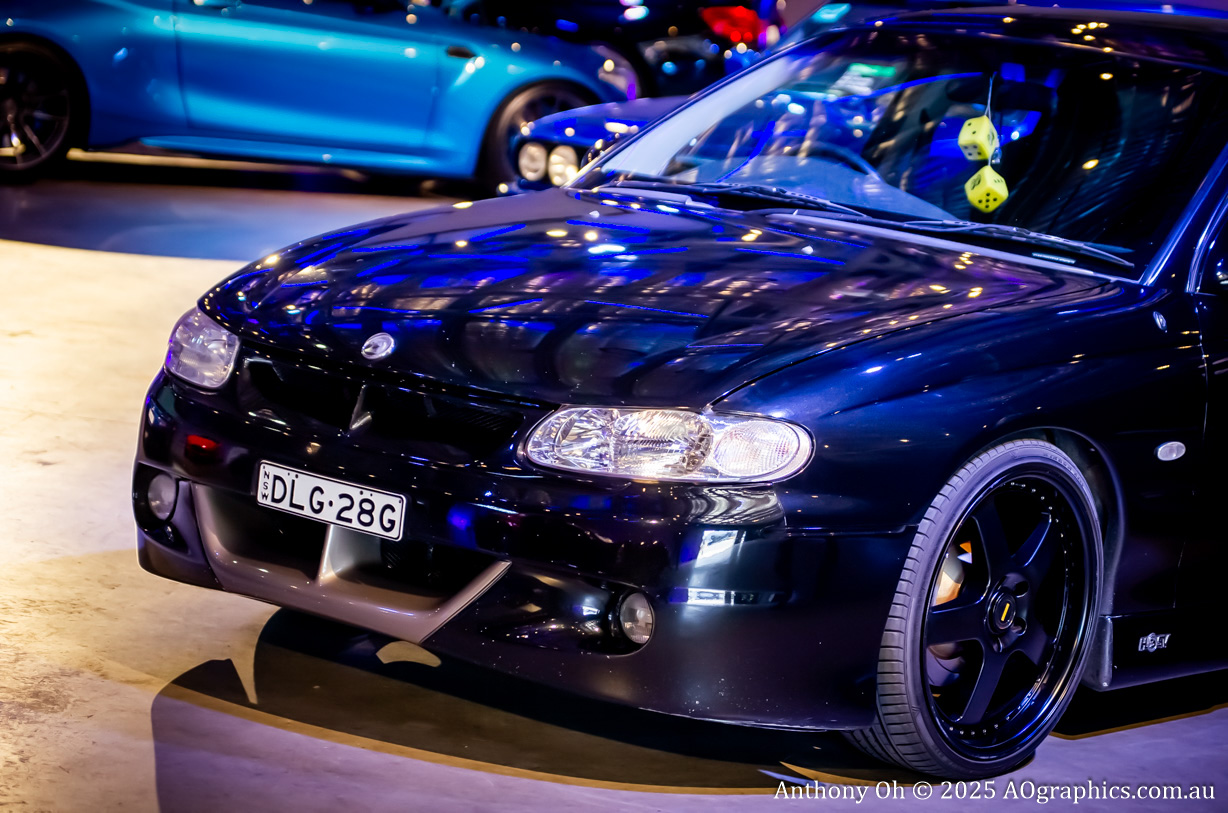
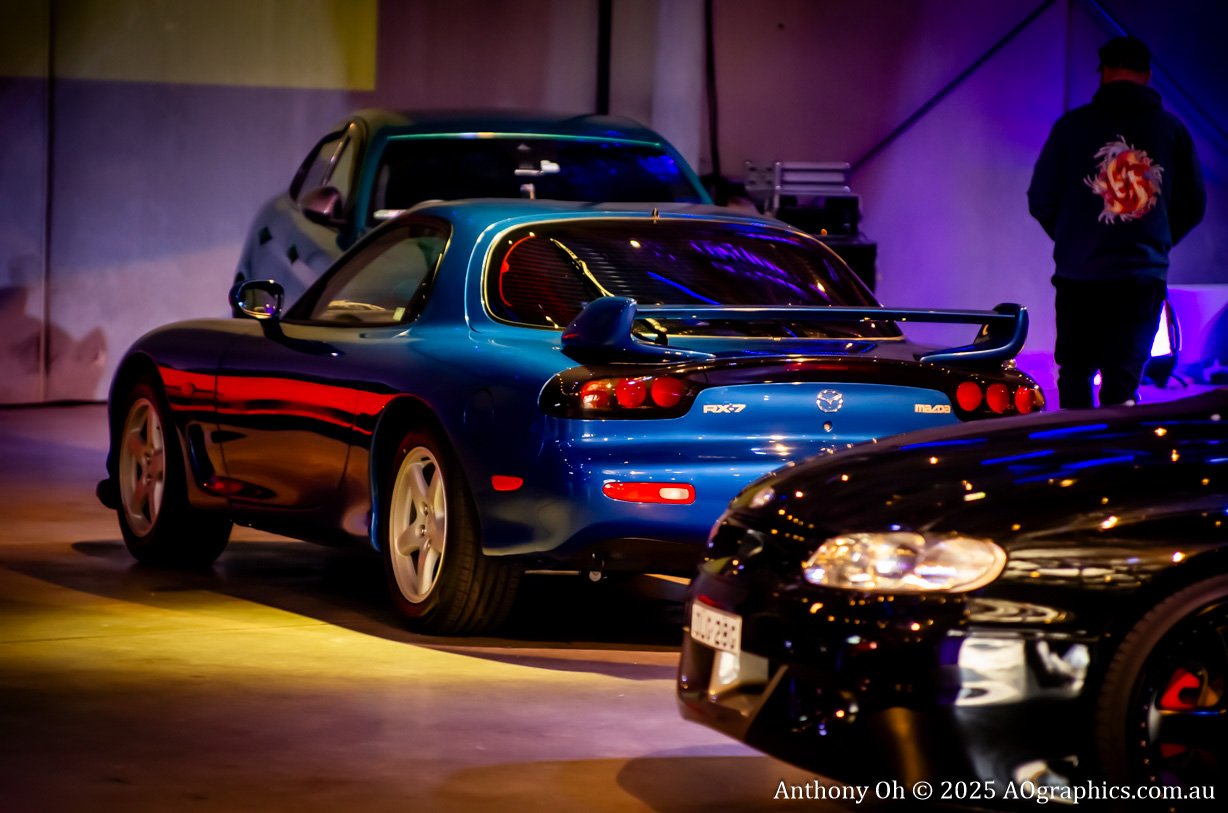
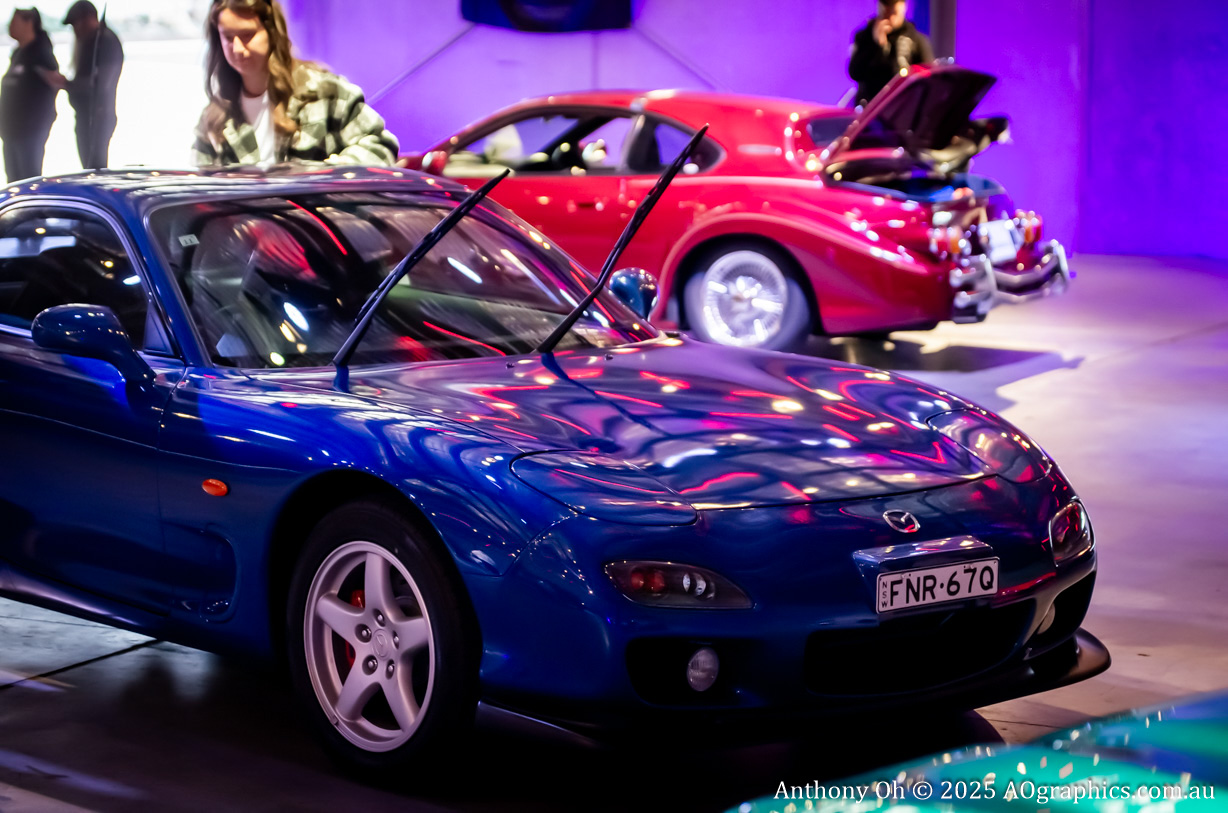
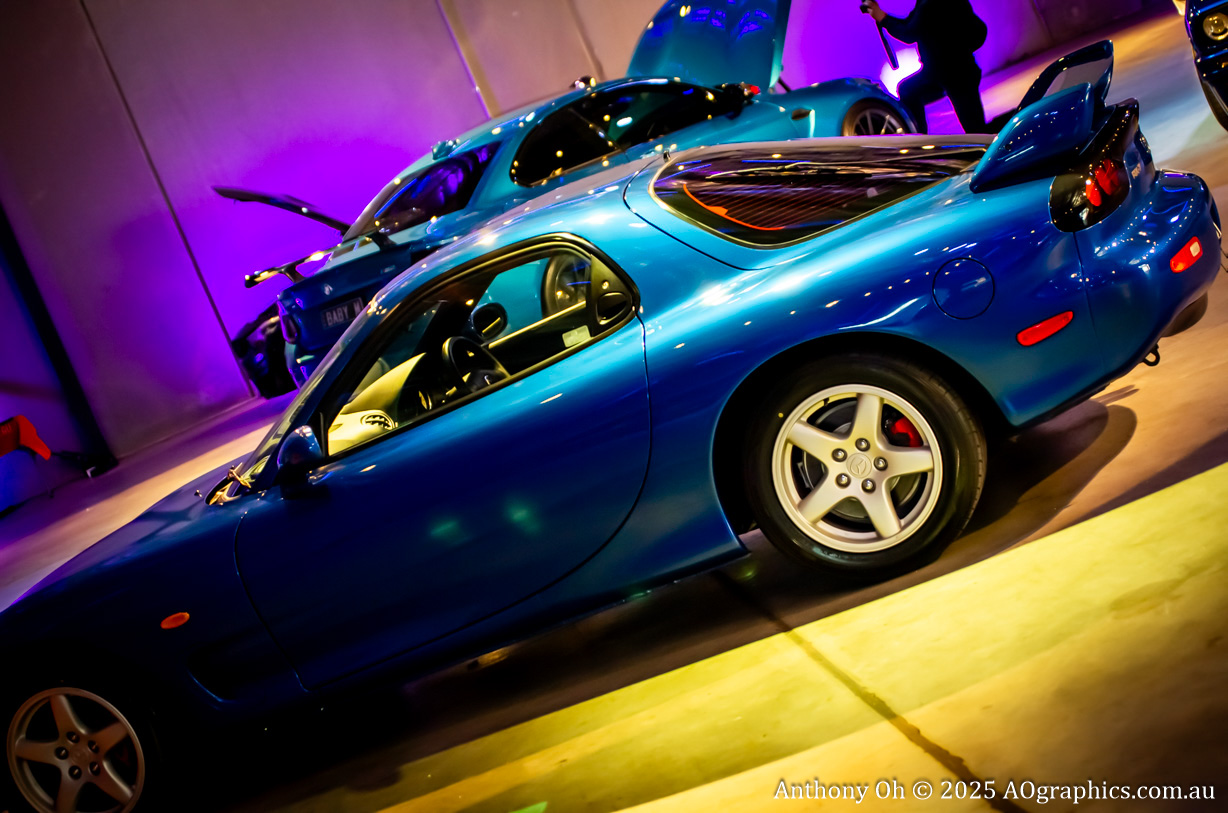
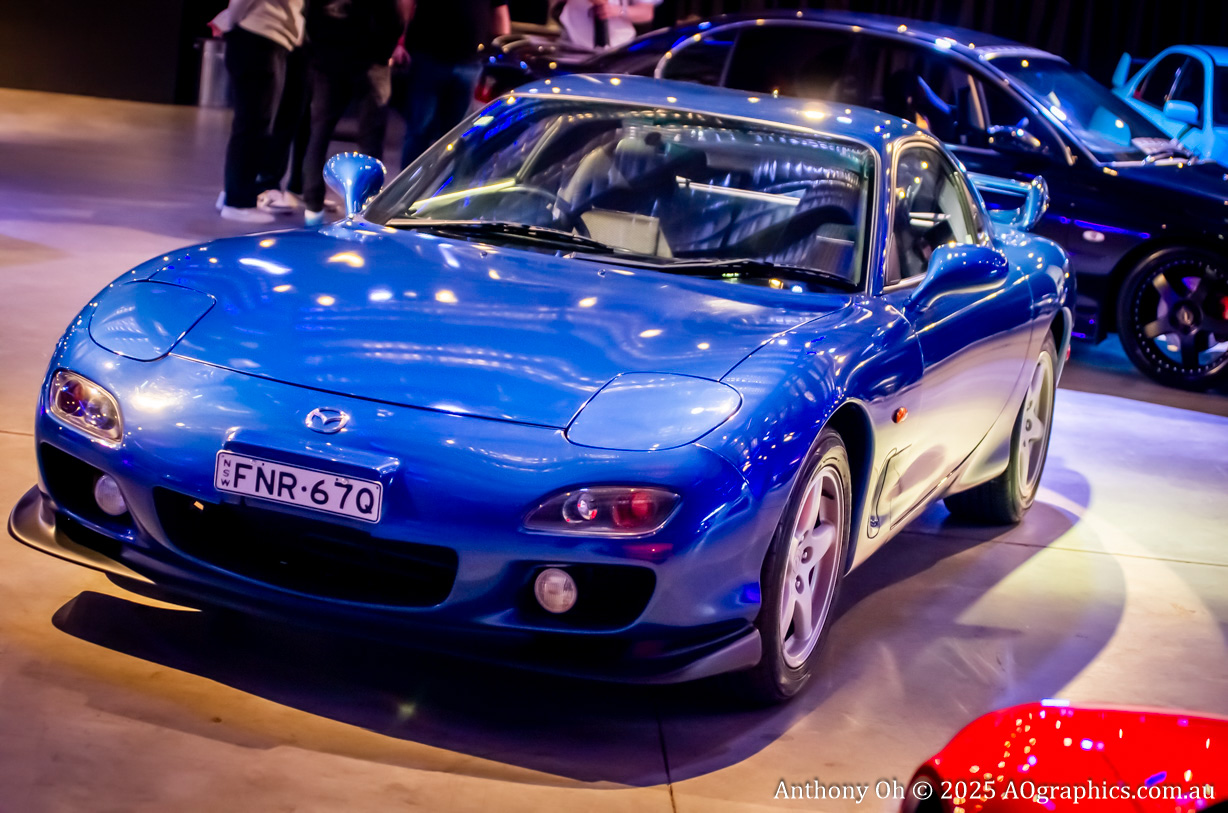
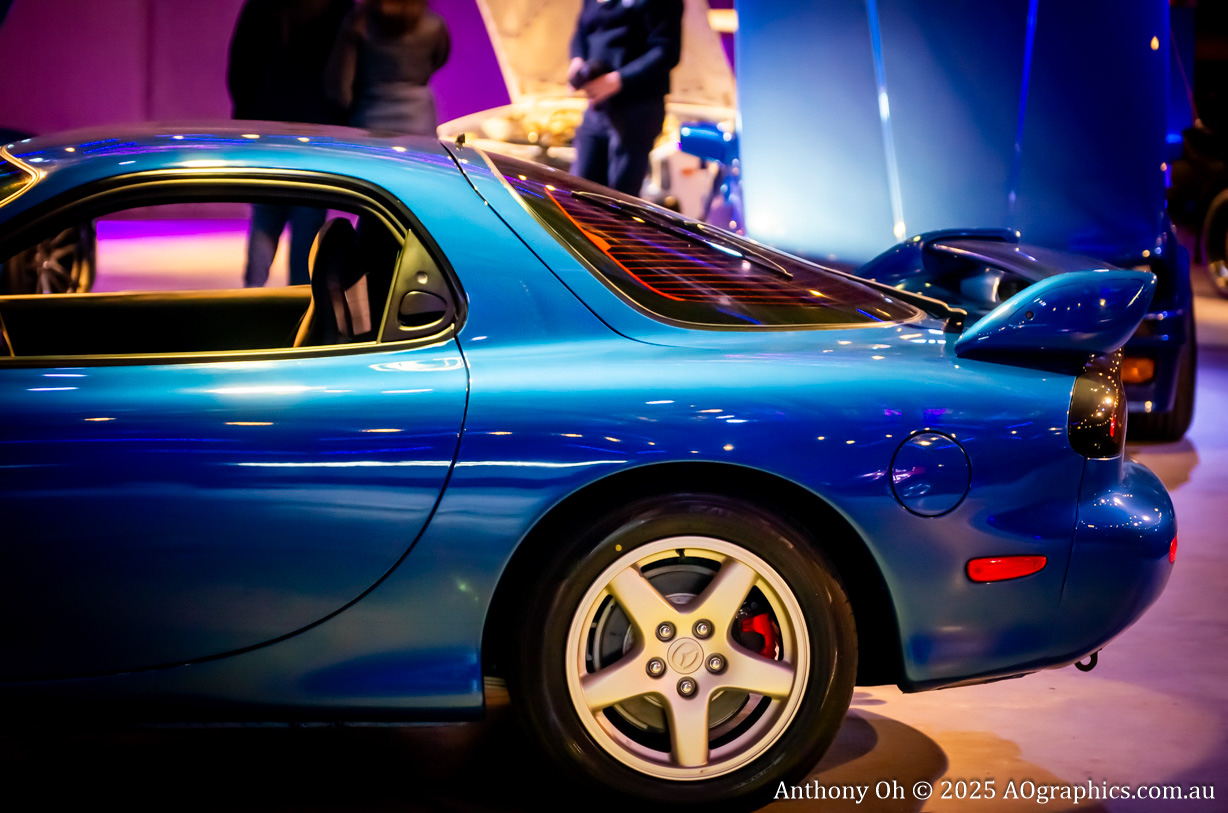
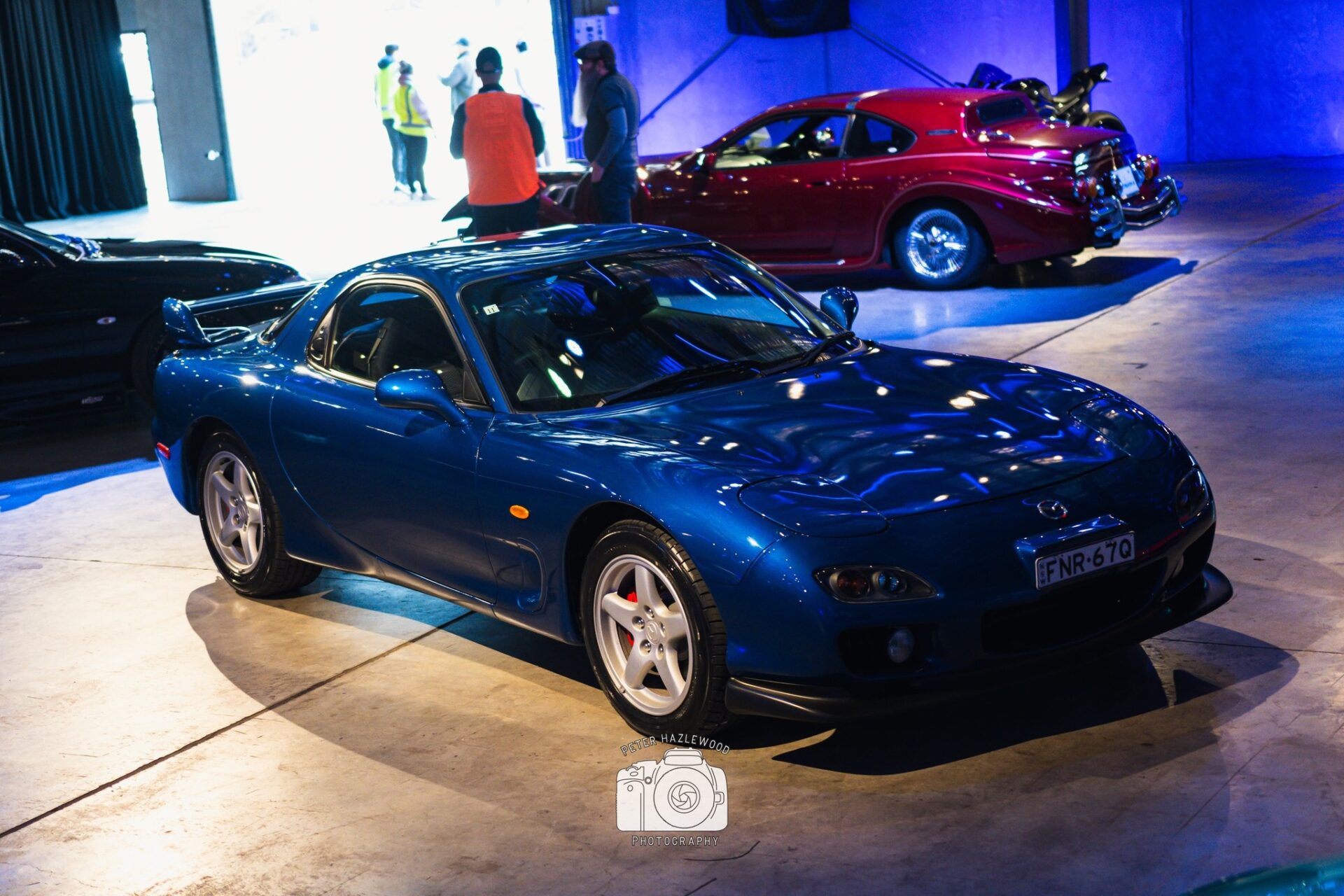
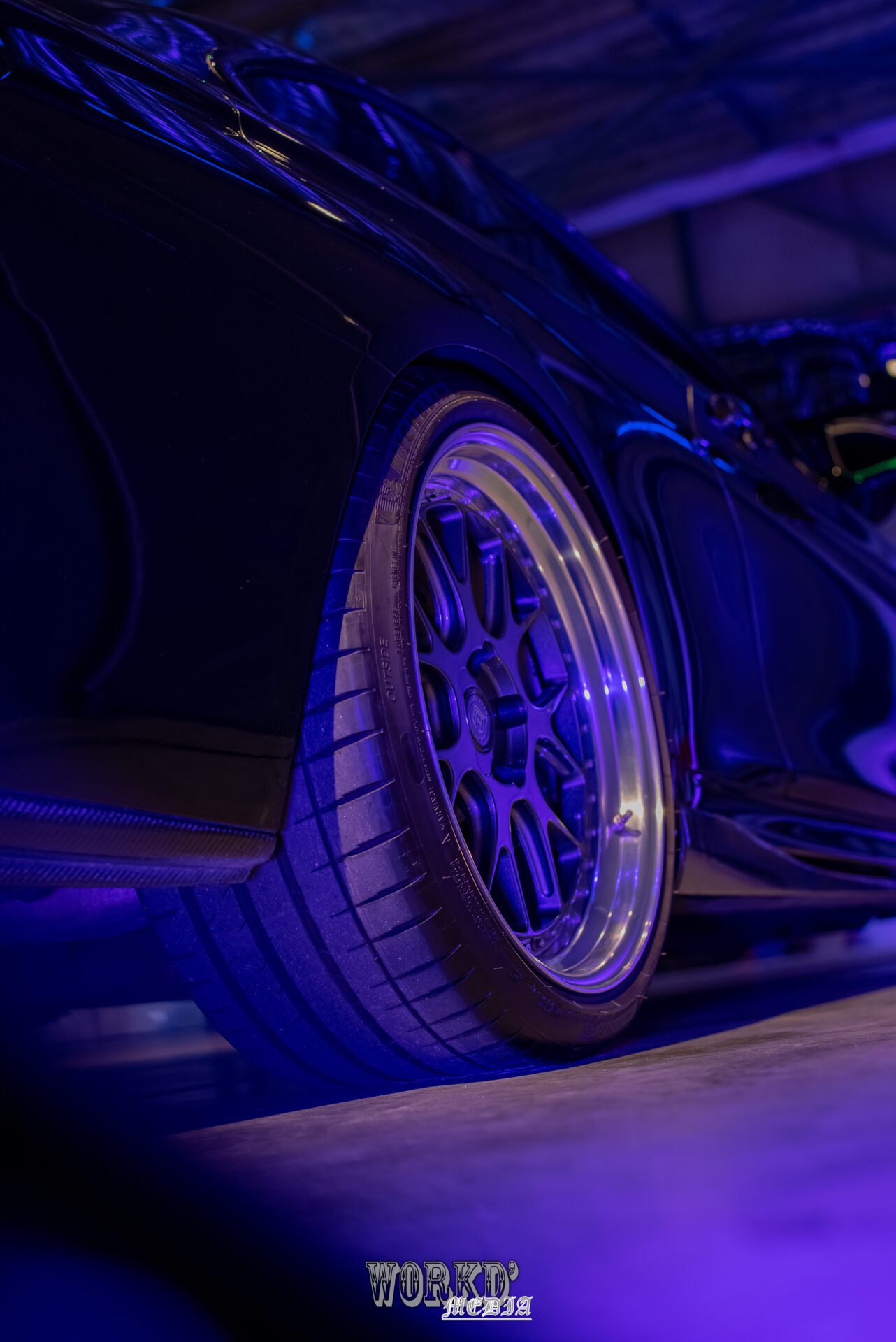
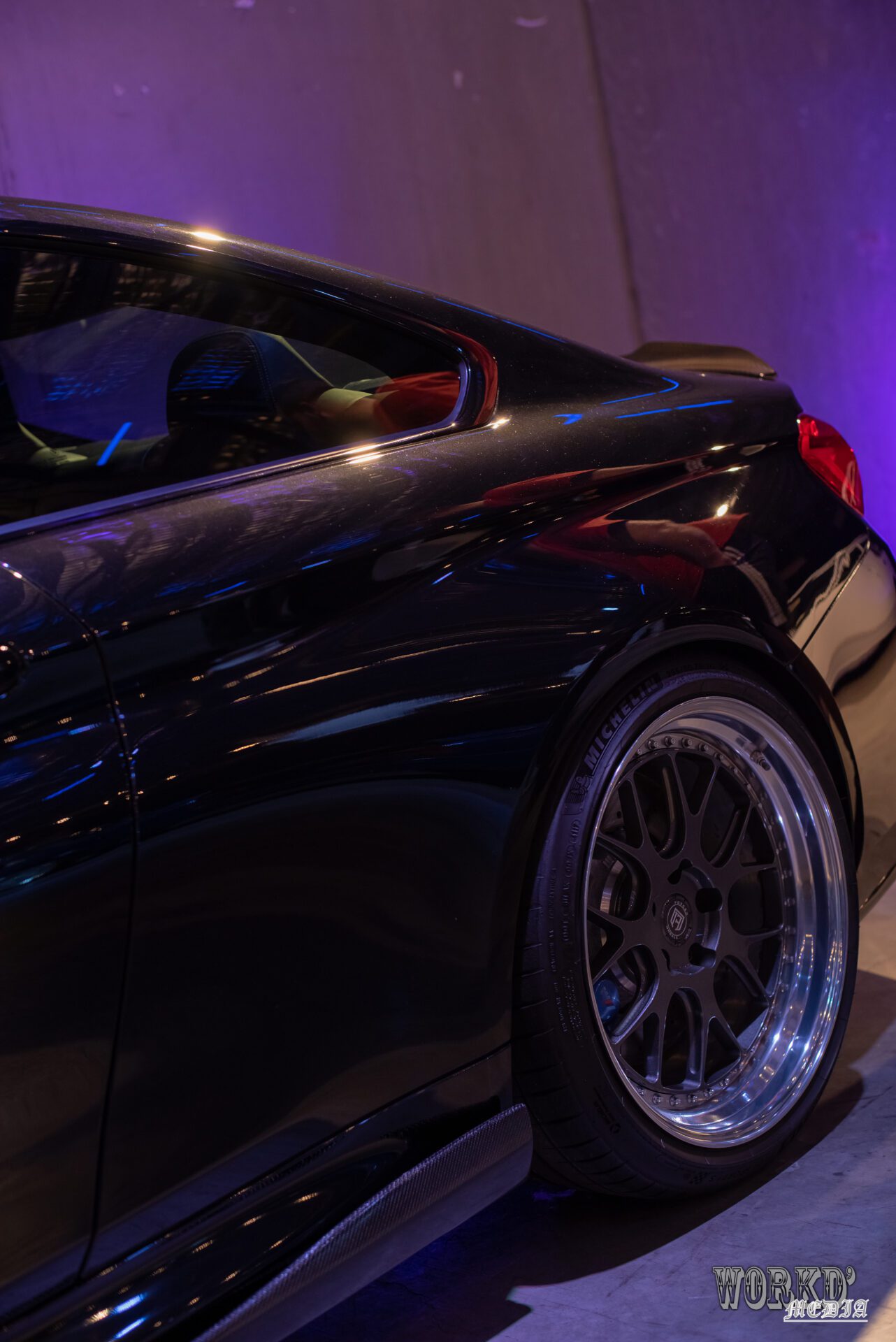
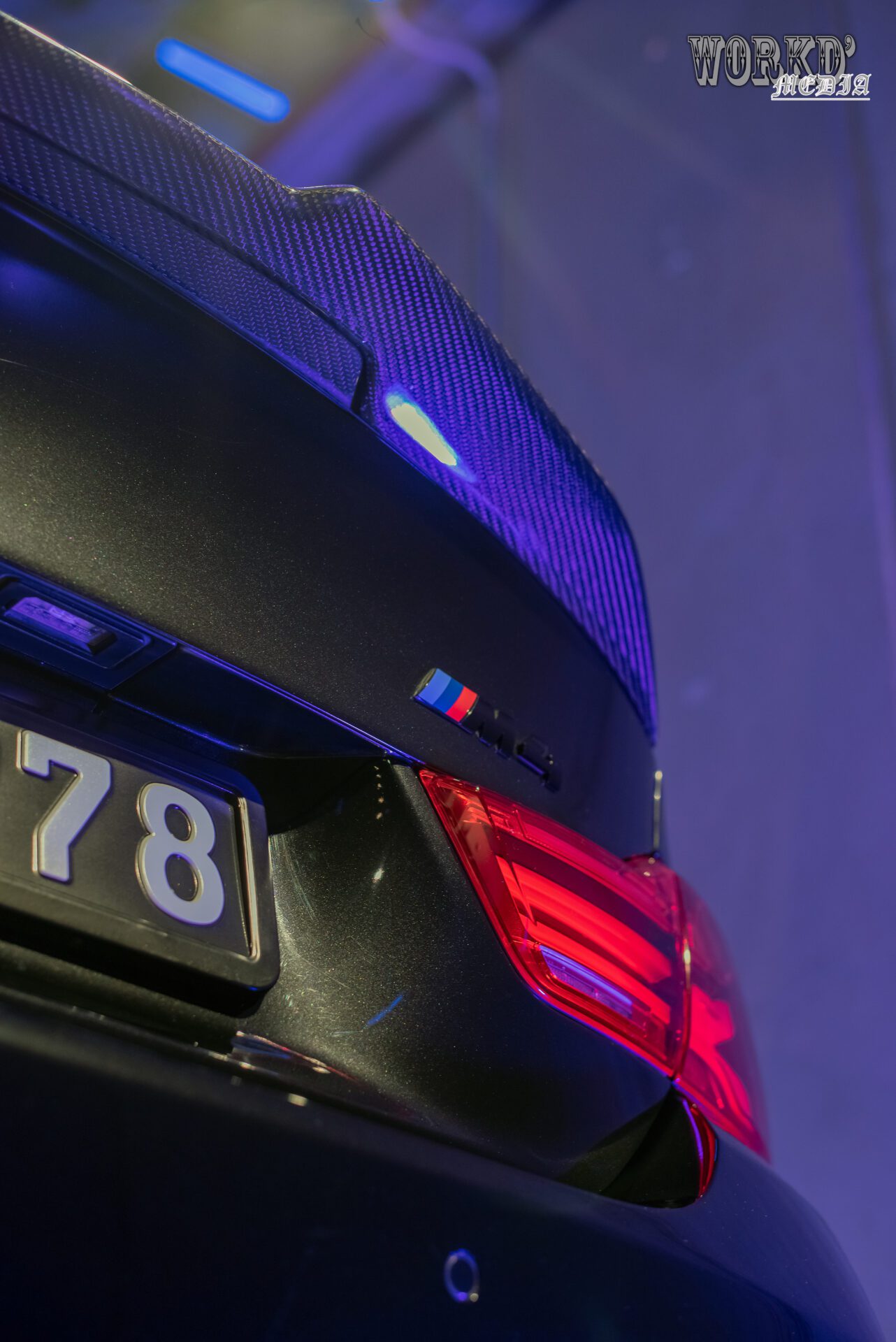
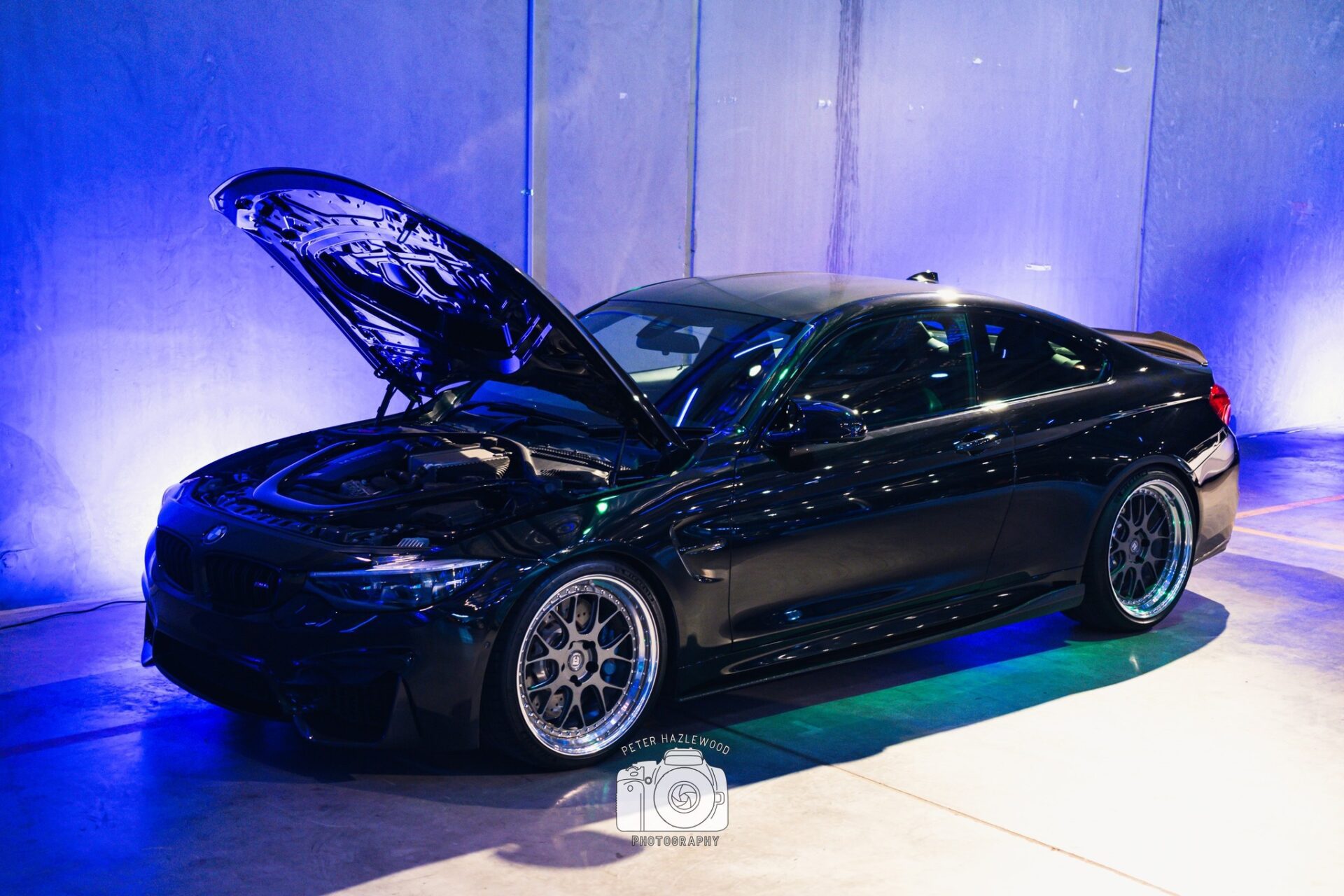
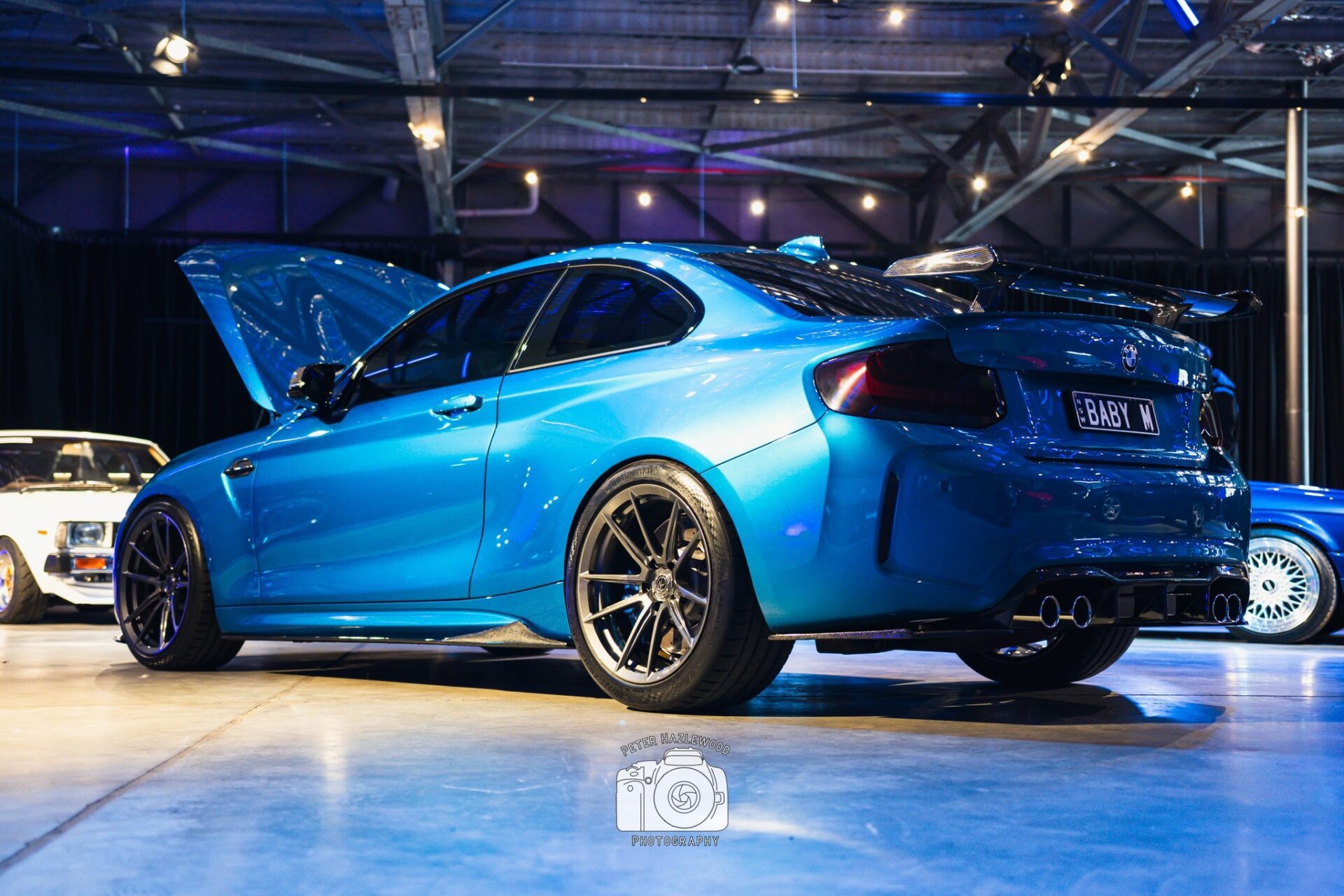
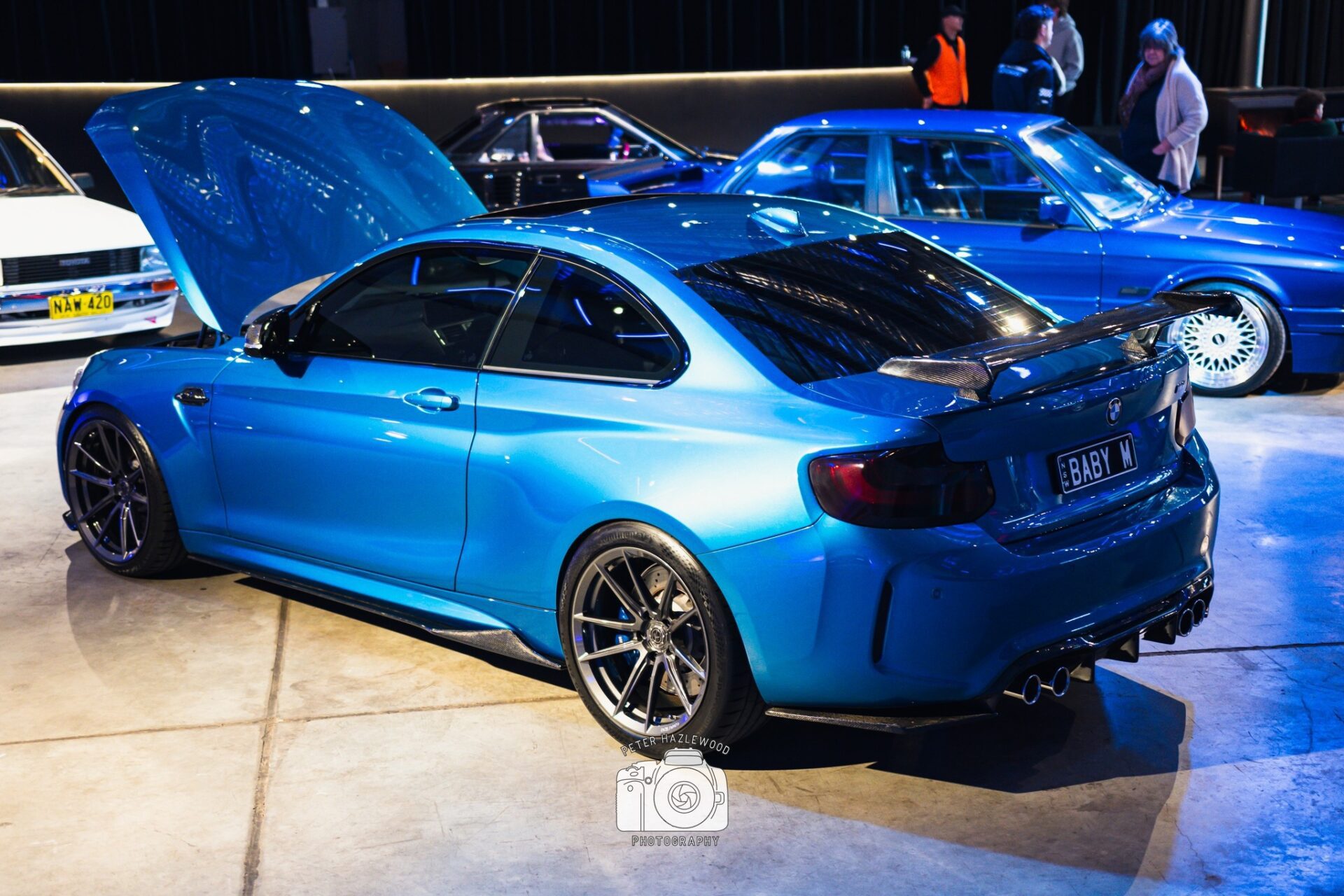
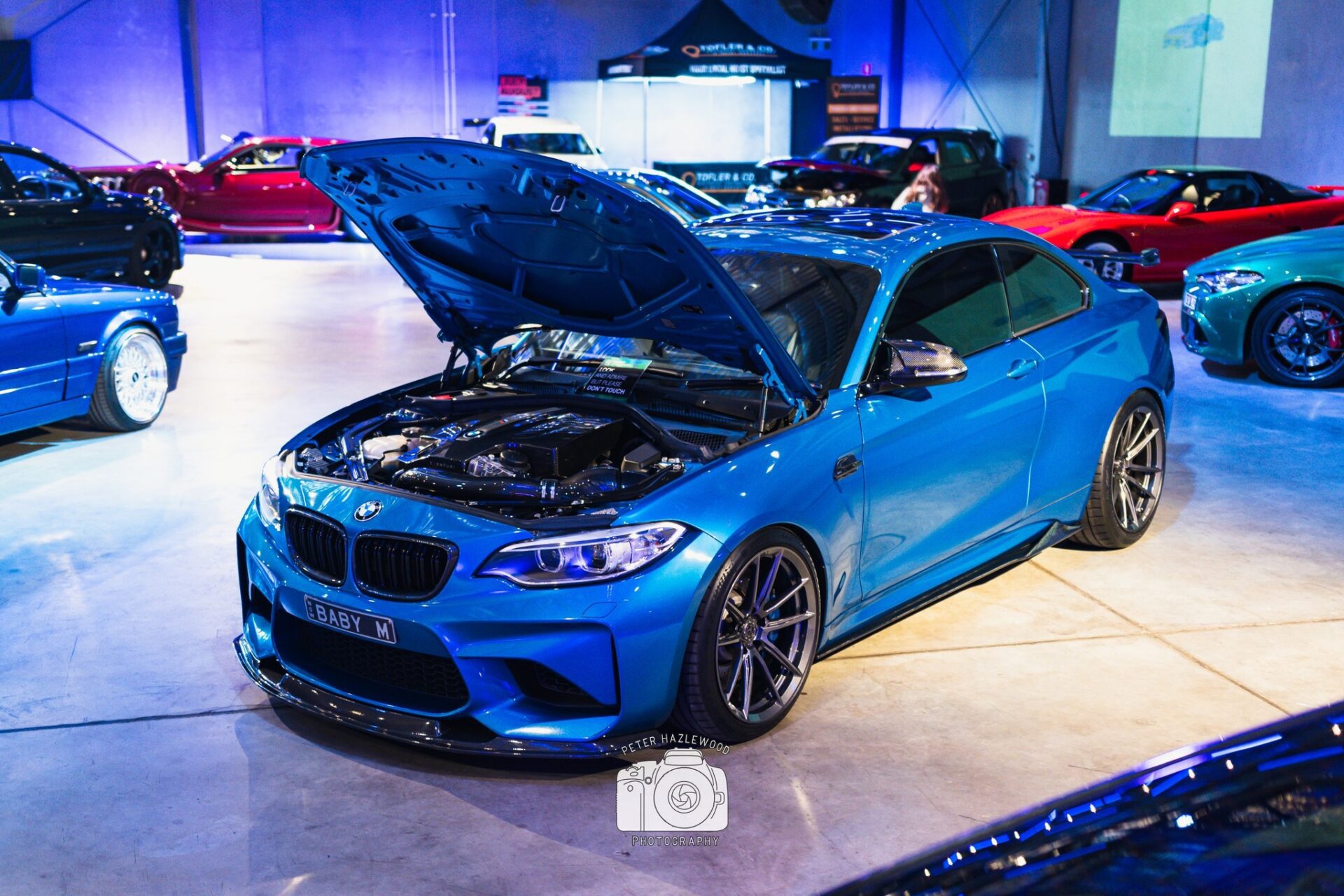

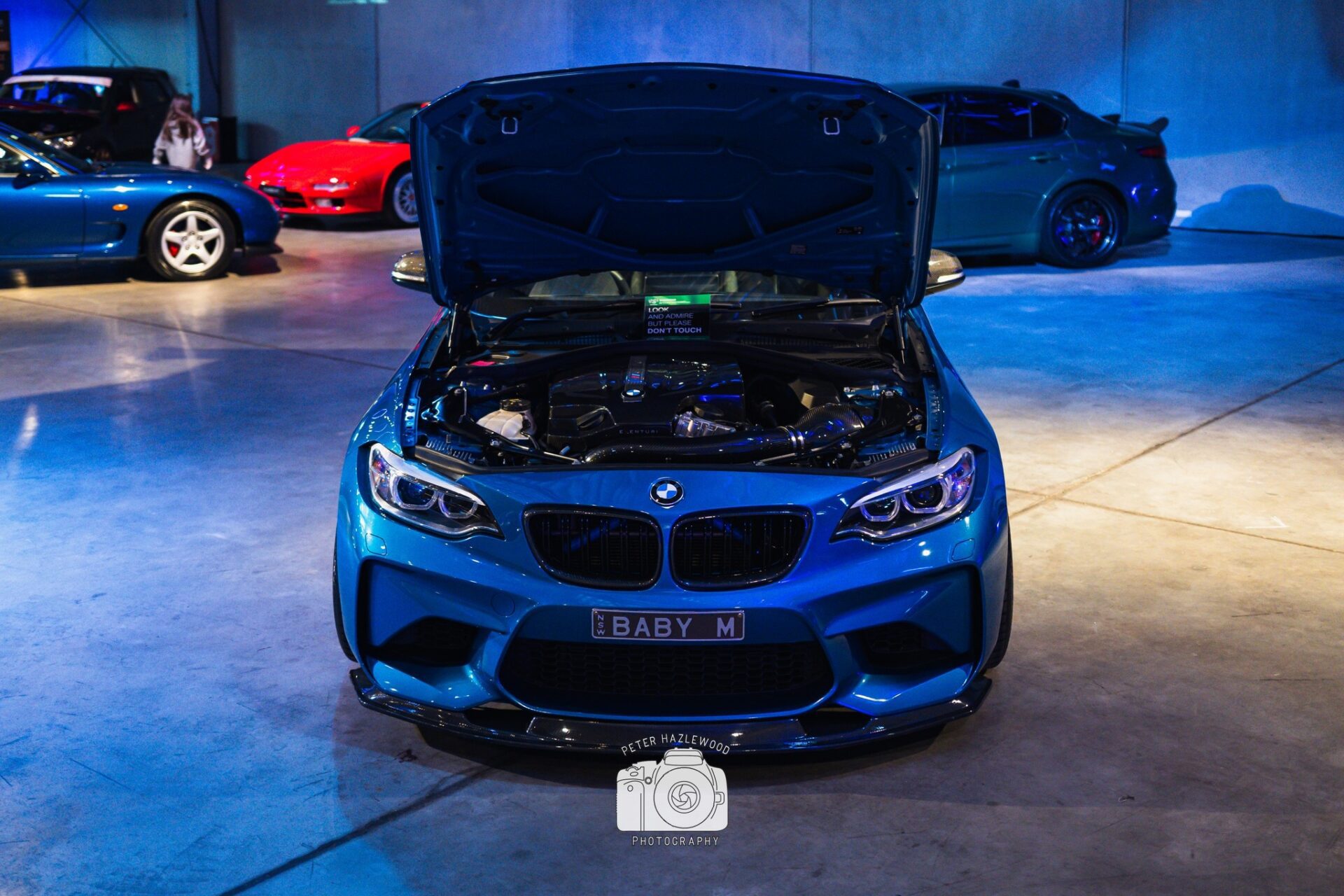
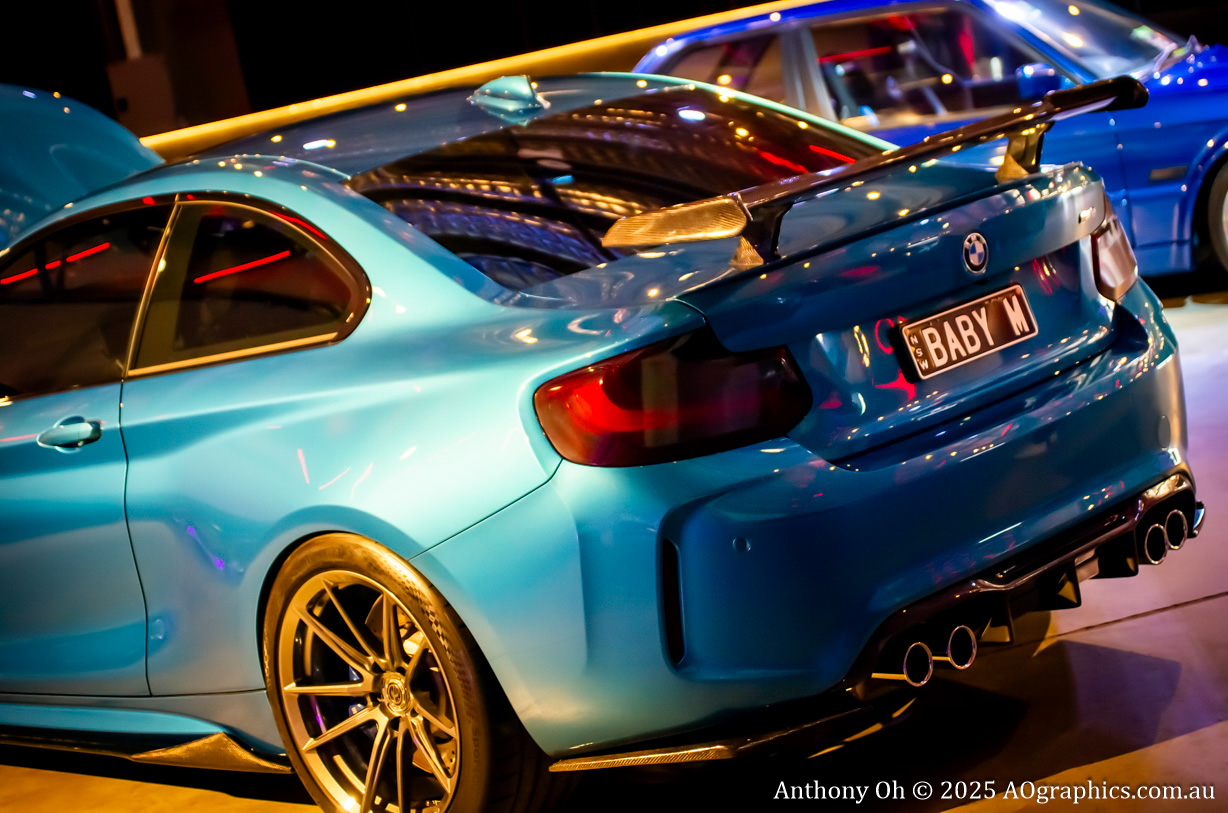
One of the trophy winners, Dave and his super clean NSX!
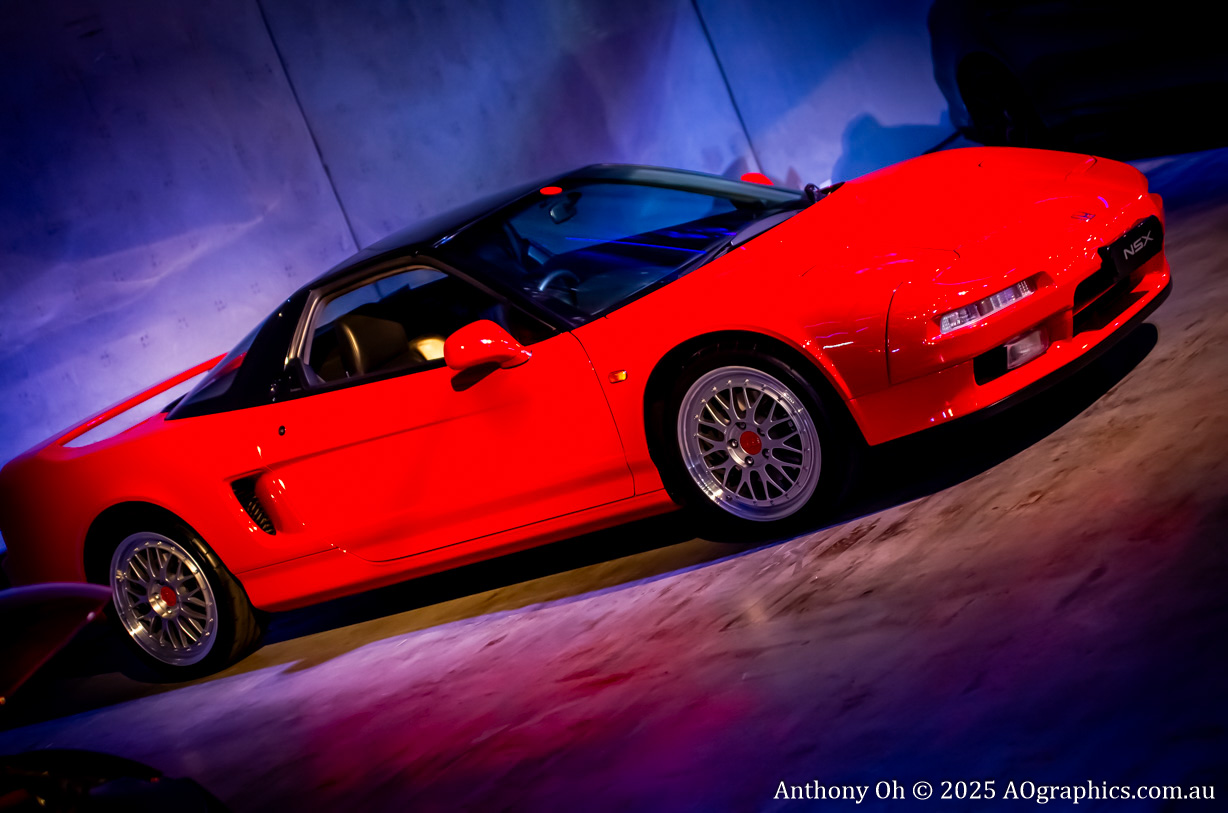
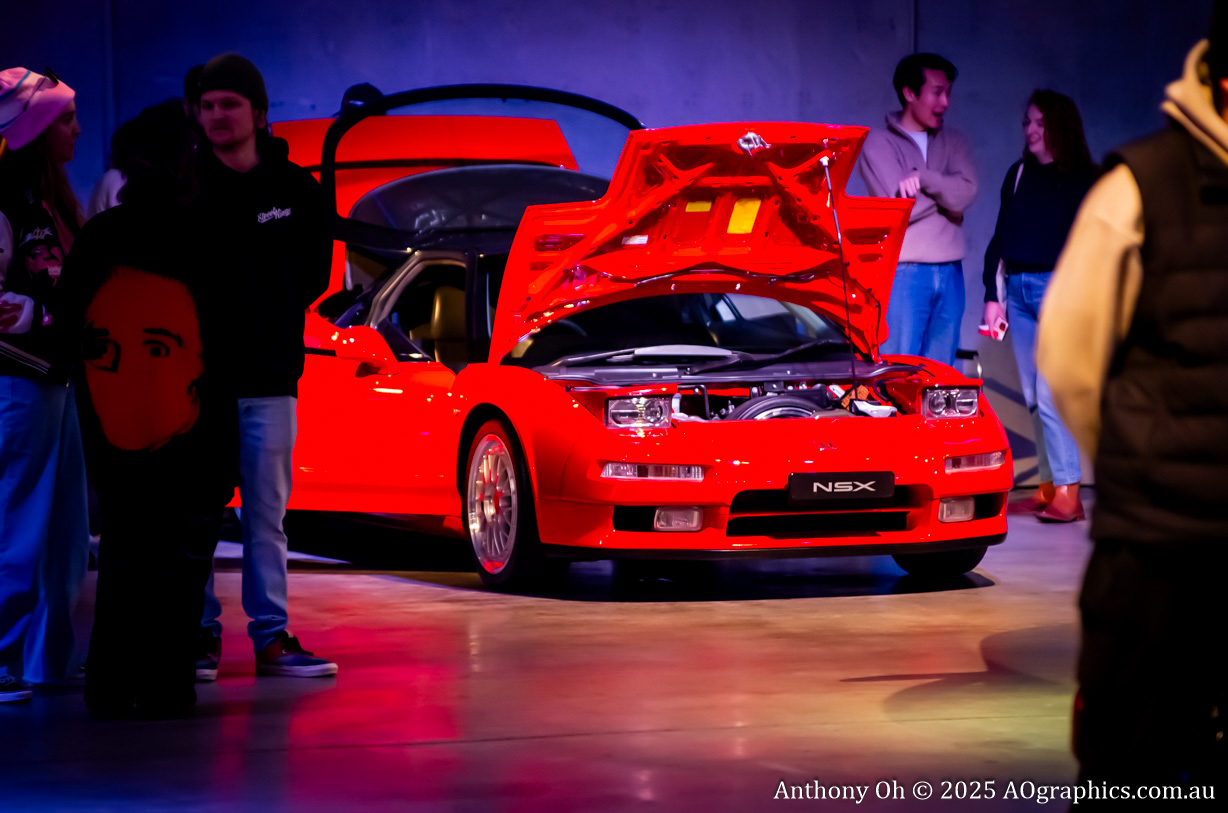
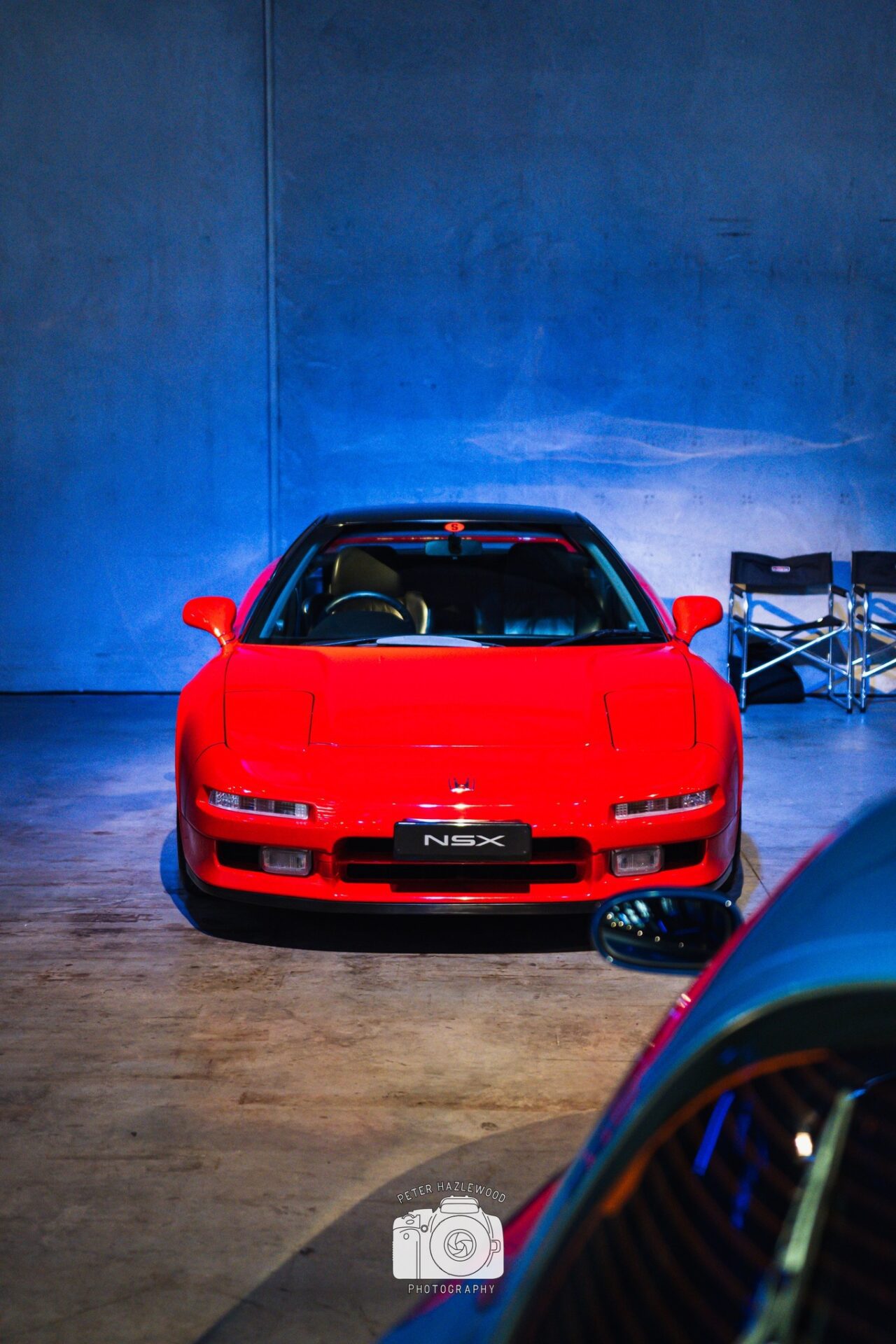
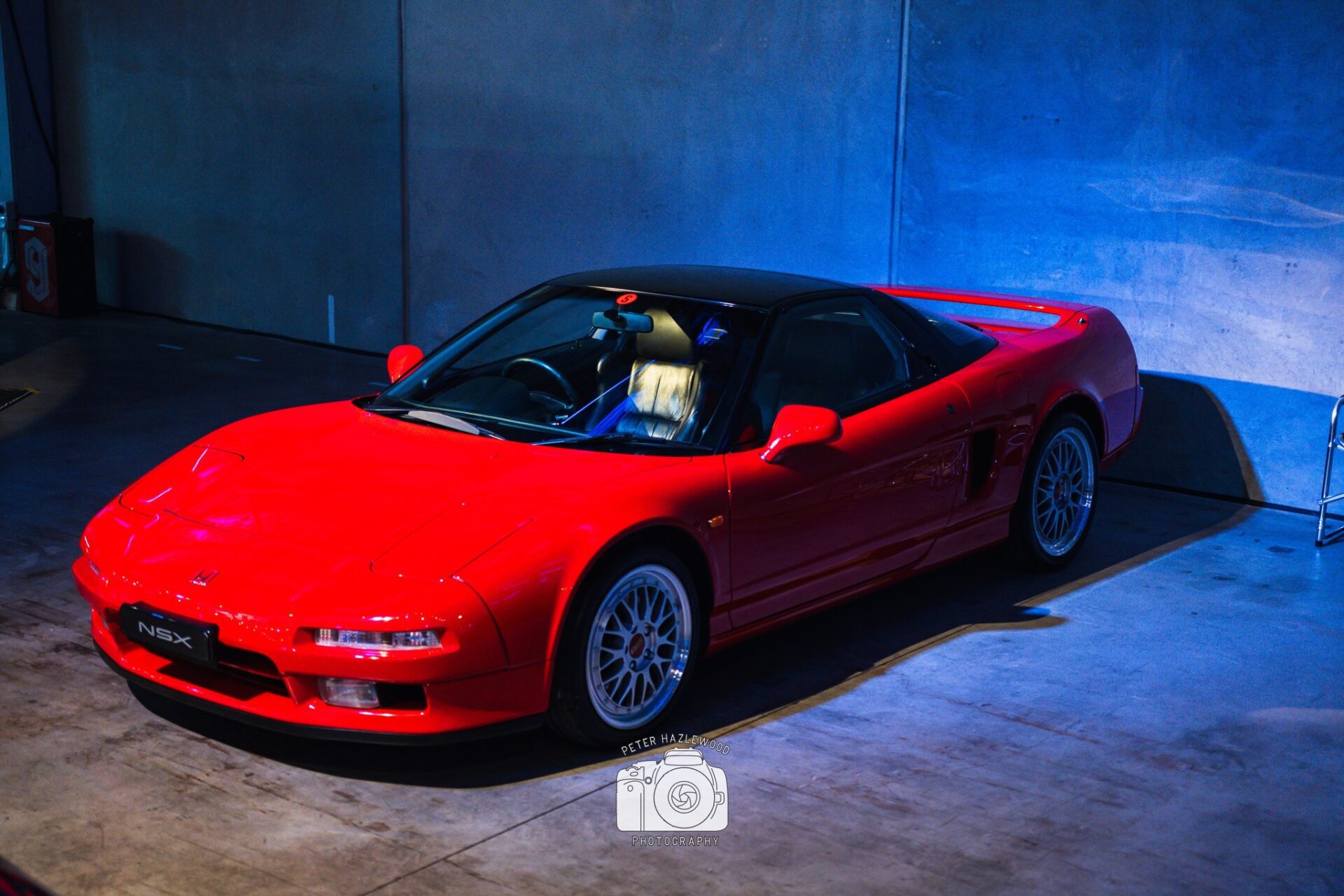
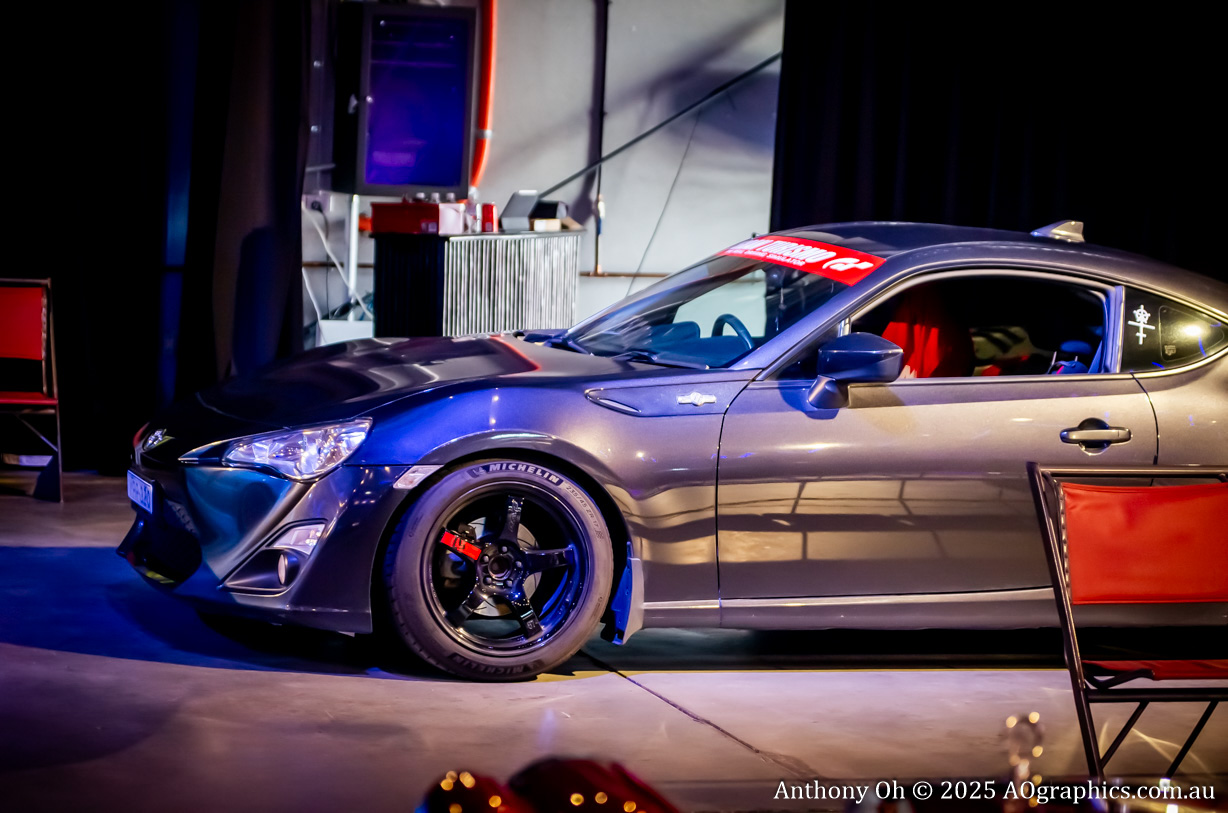
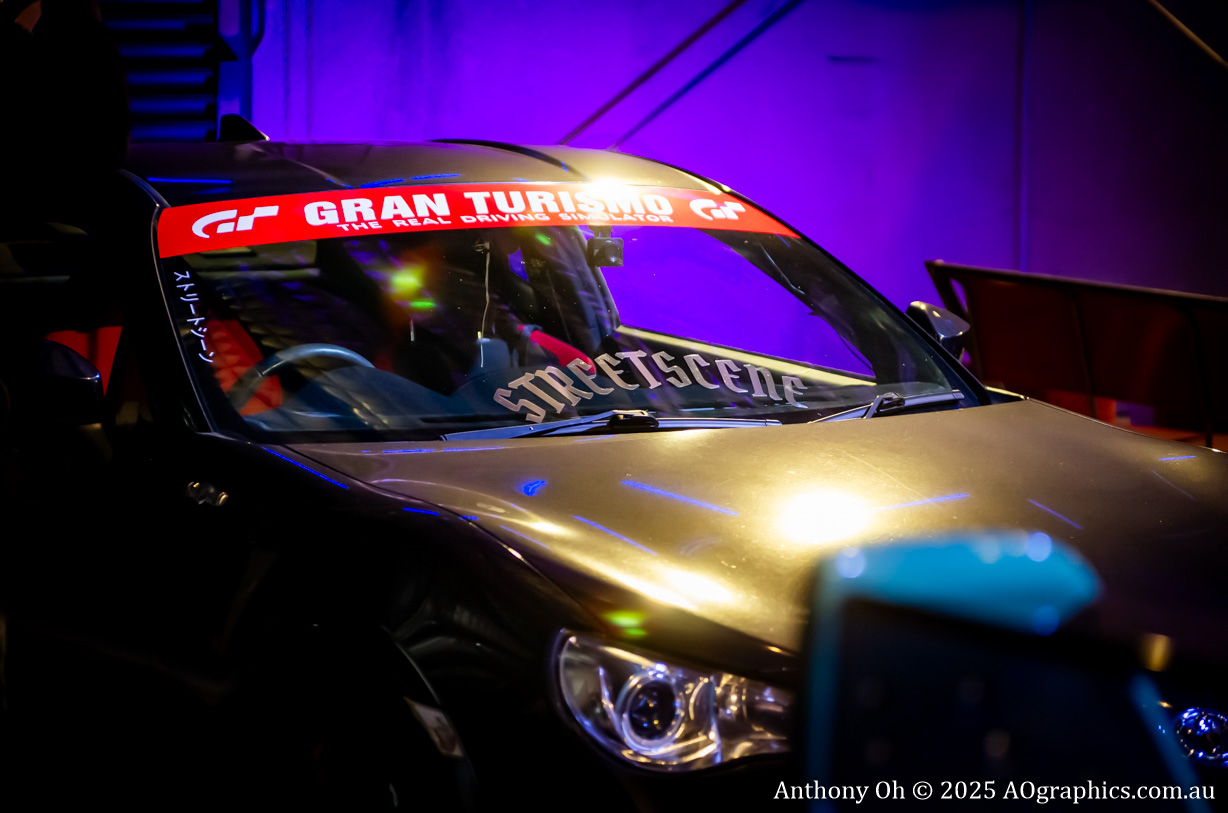
Some of the amazing cars displayed outside including Ash’s RX7 and Varvara’s MX5.
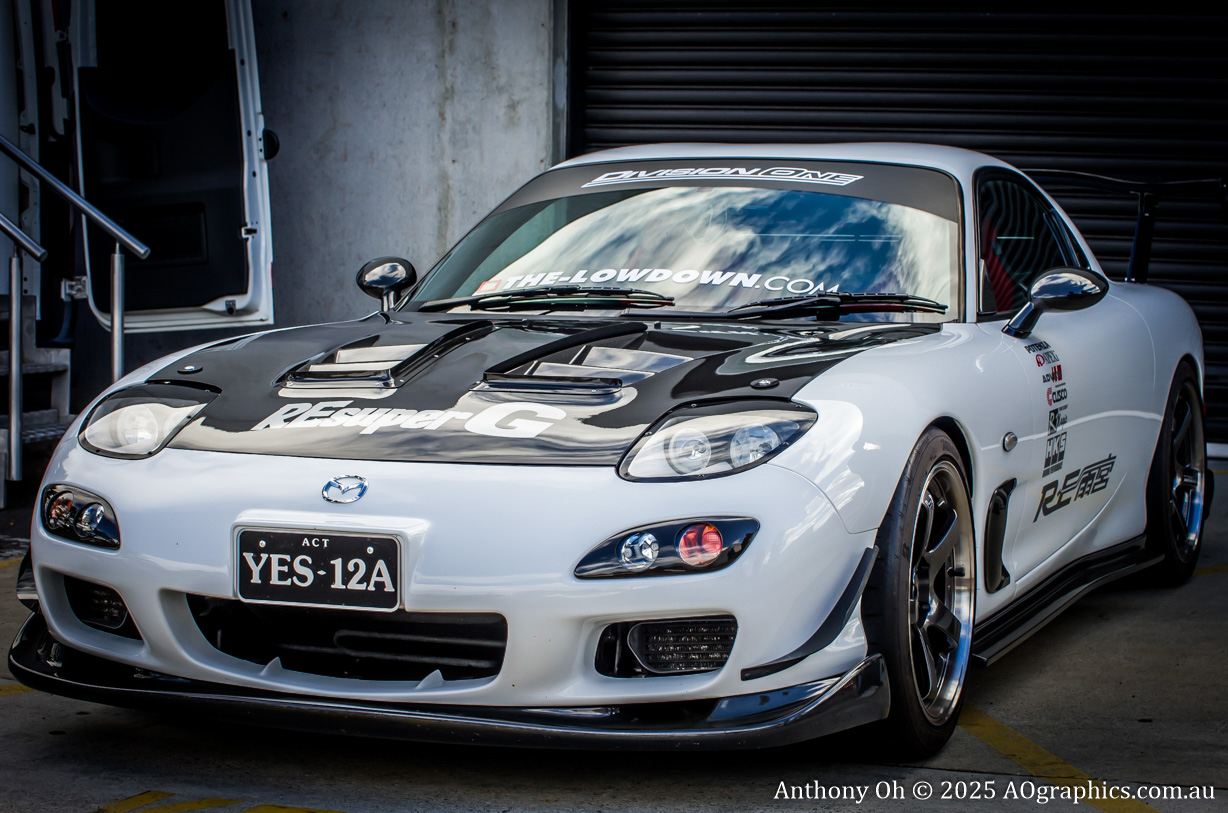
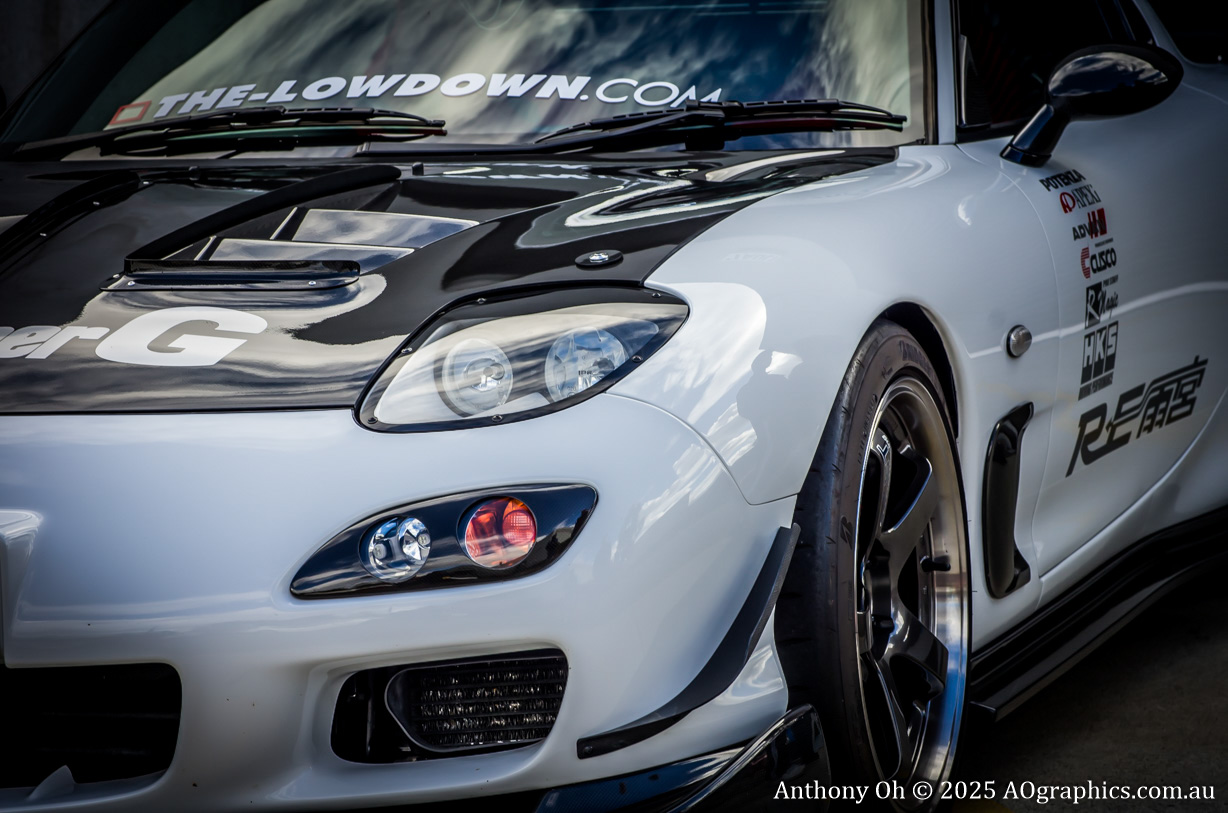
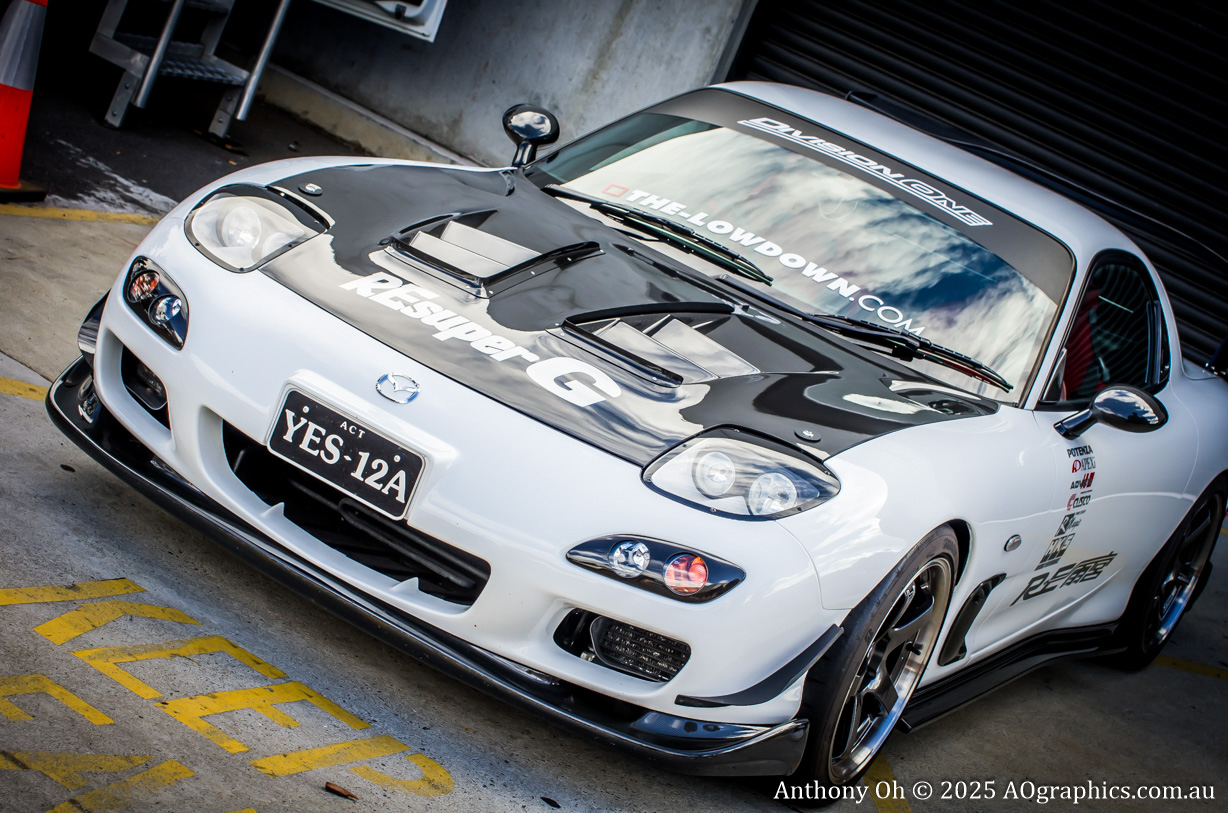
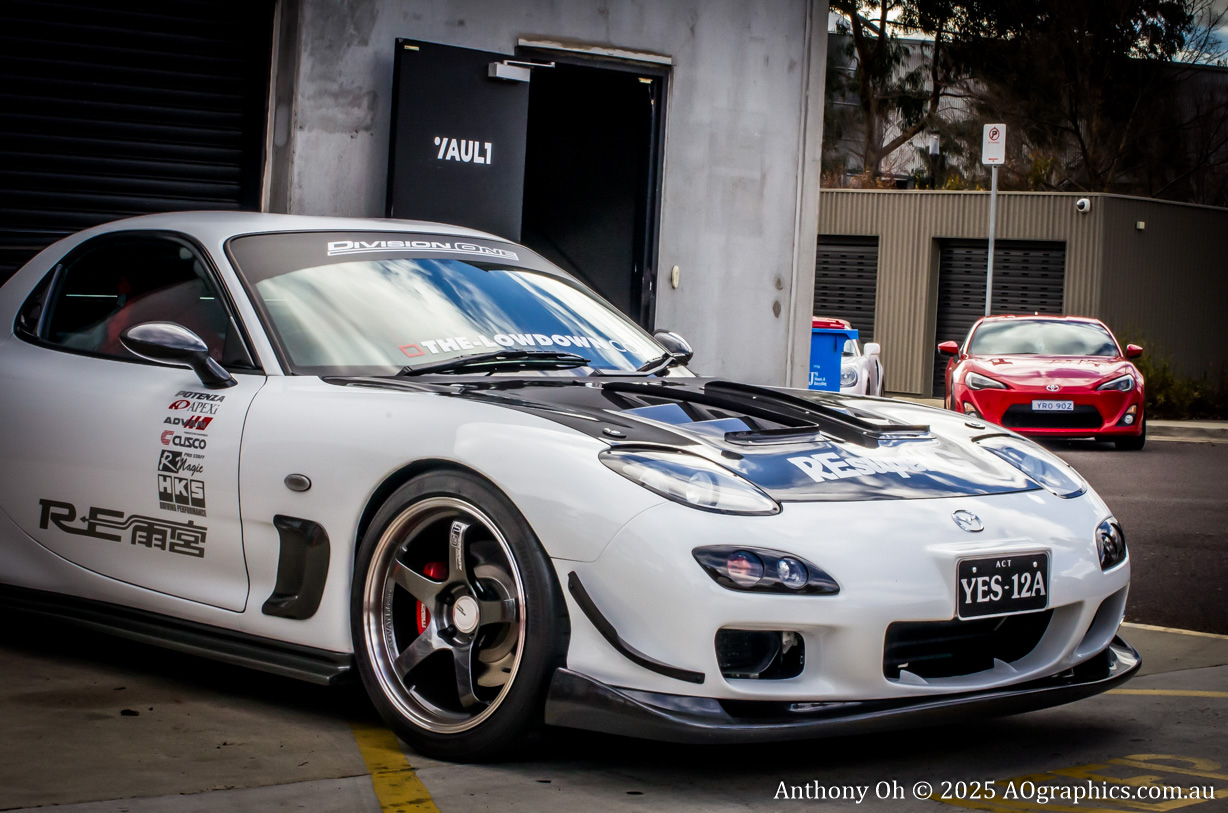
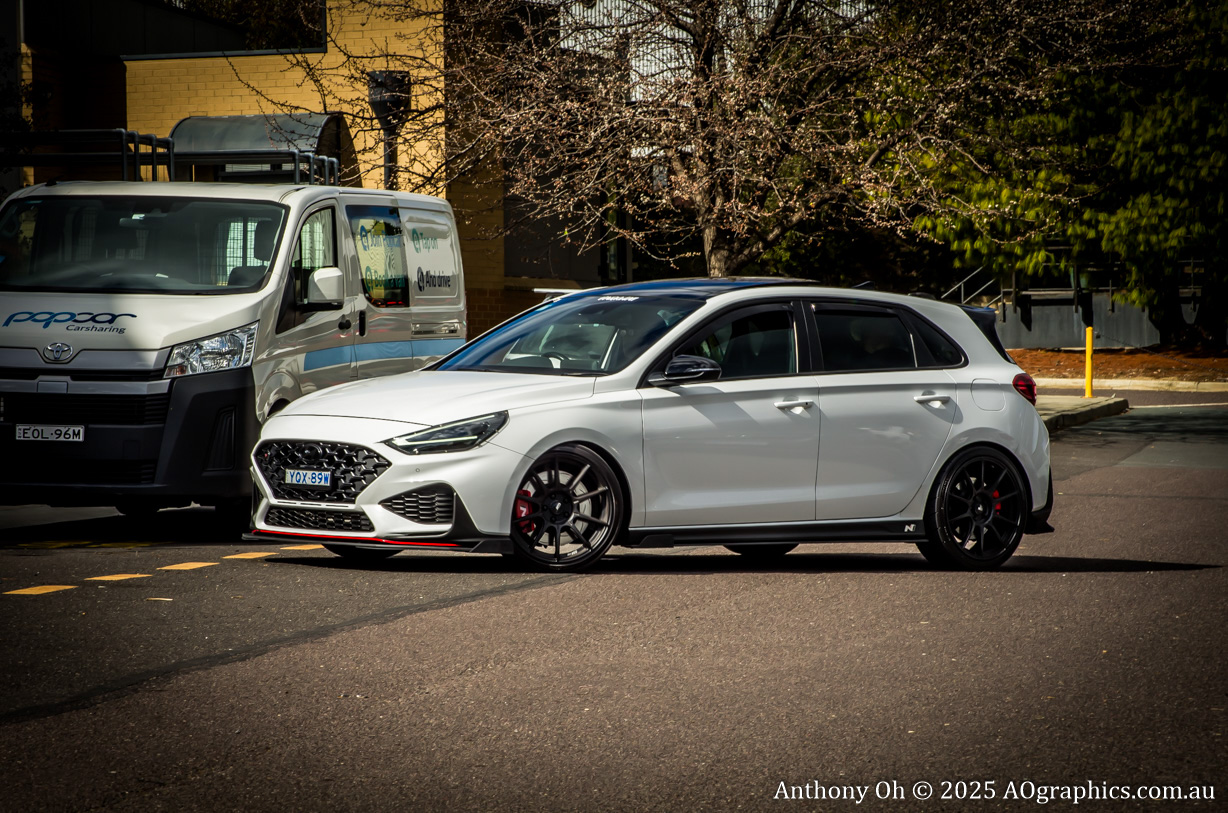
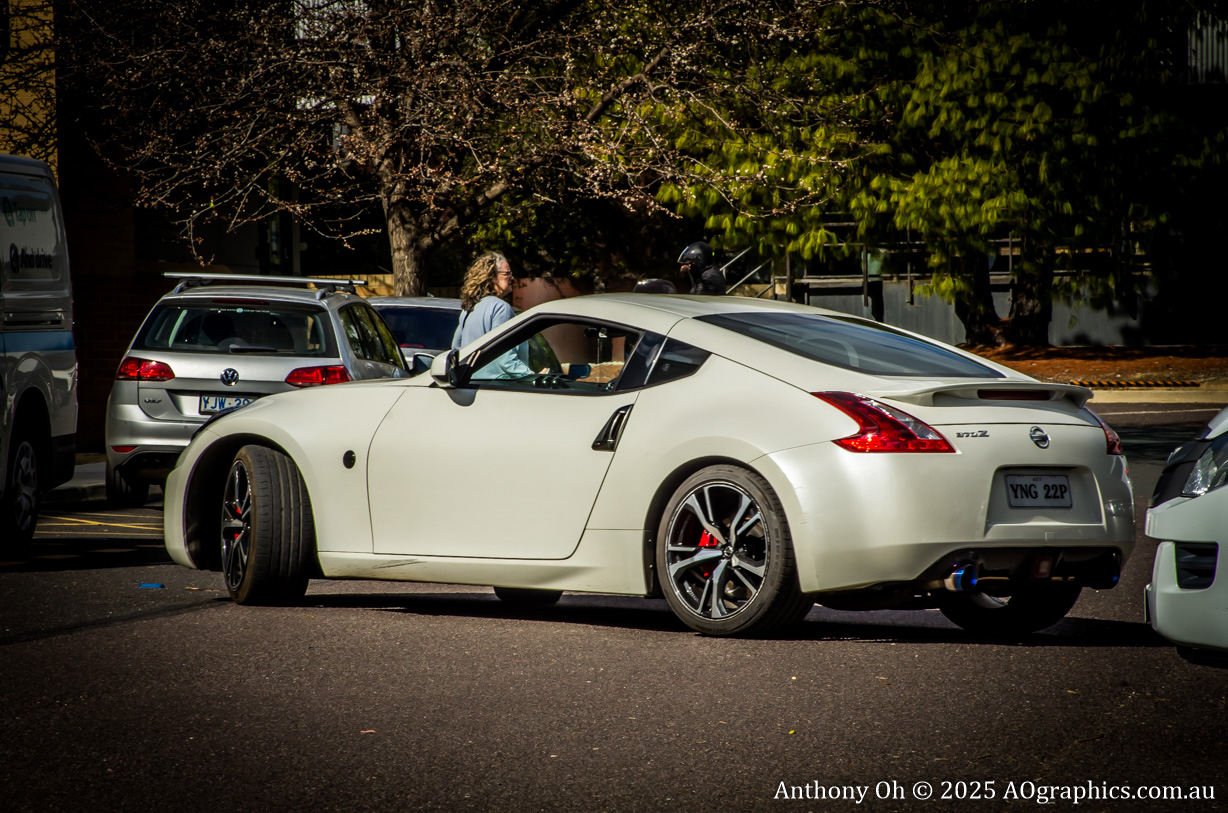
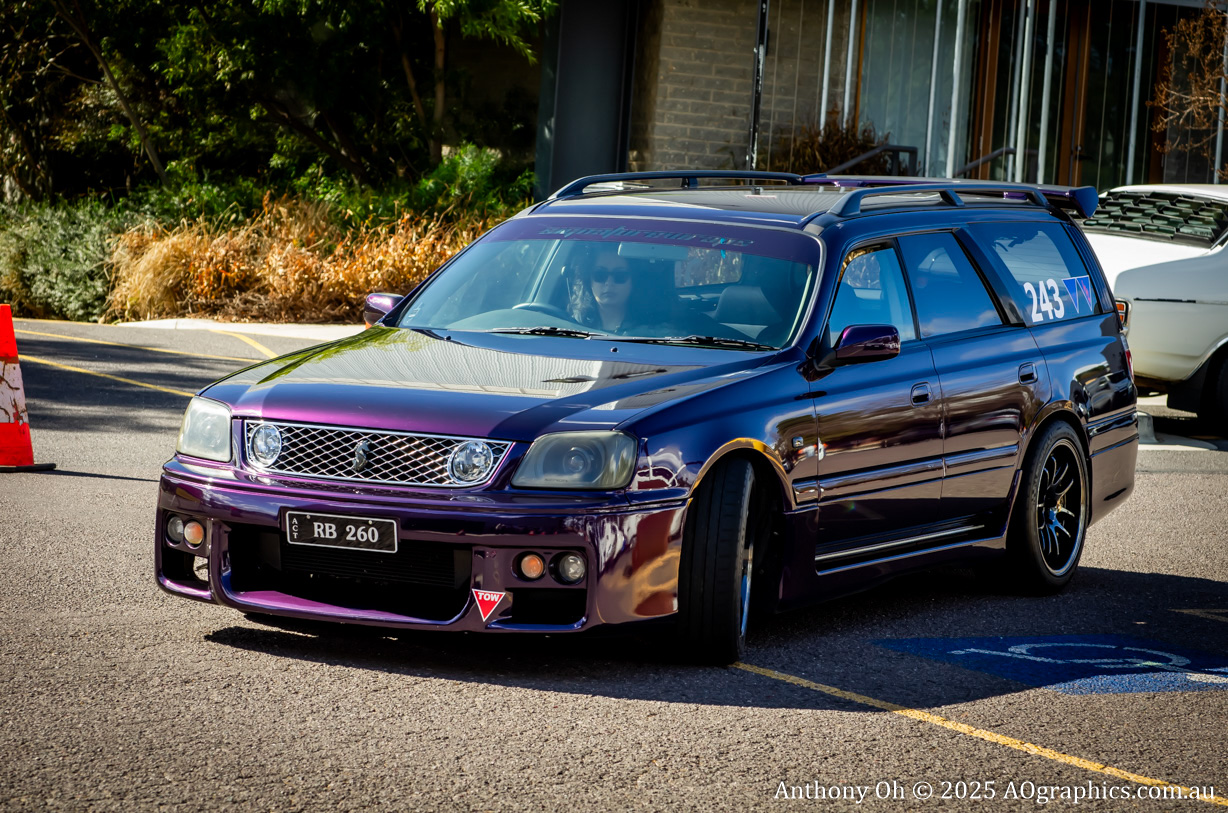
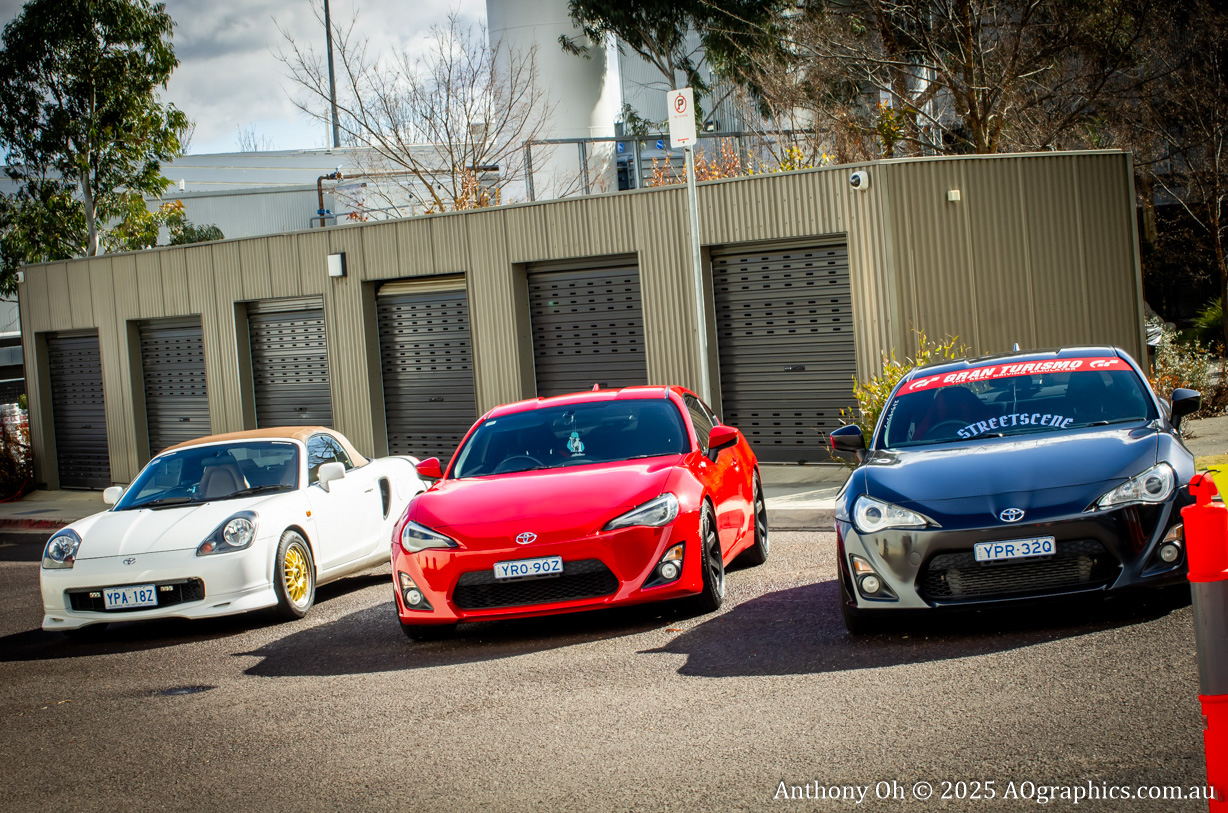
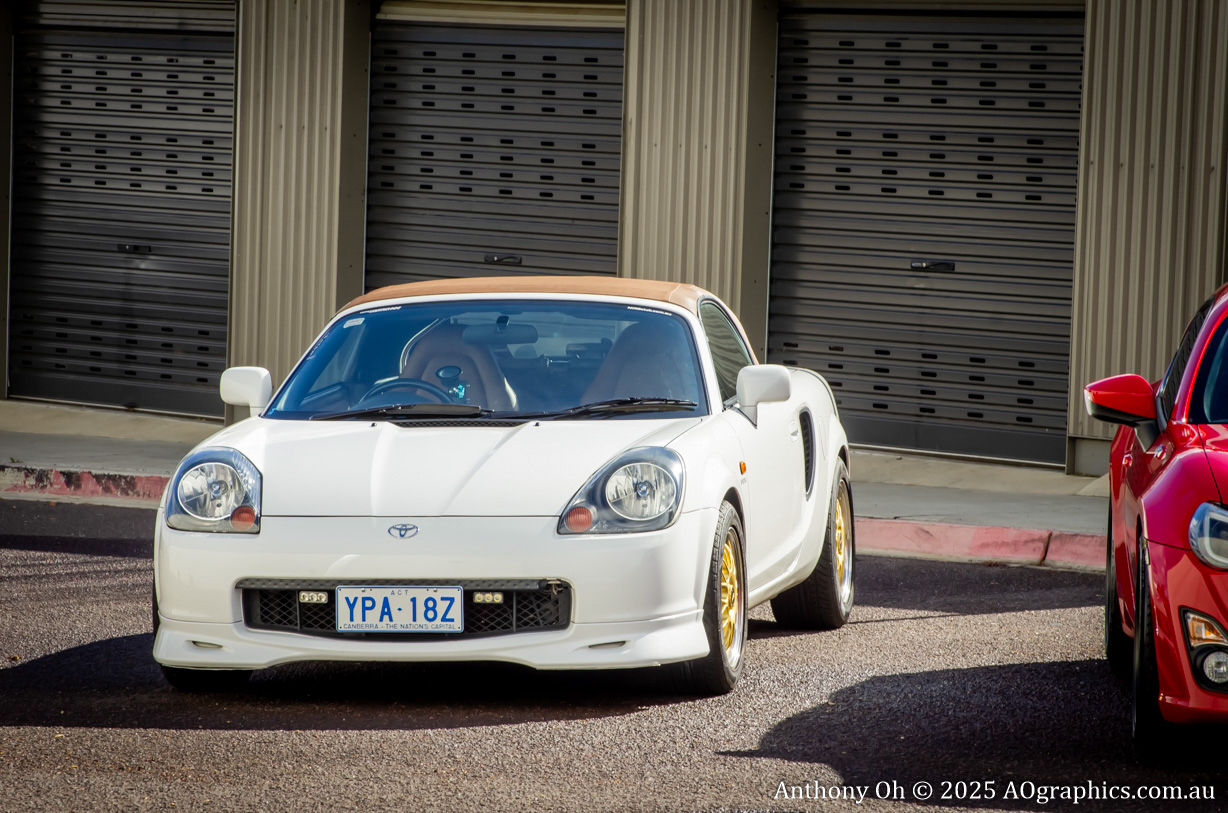
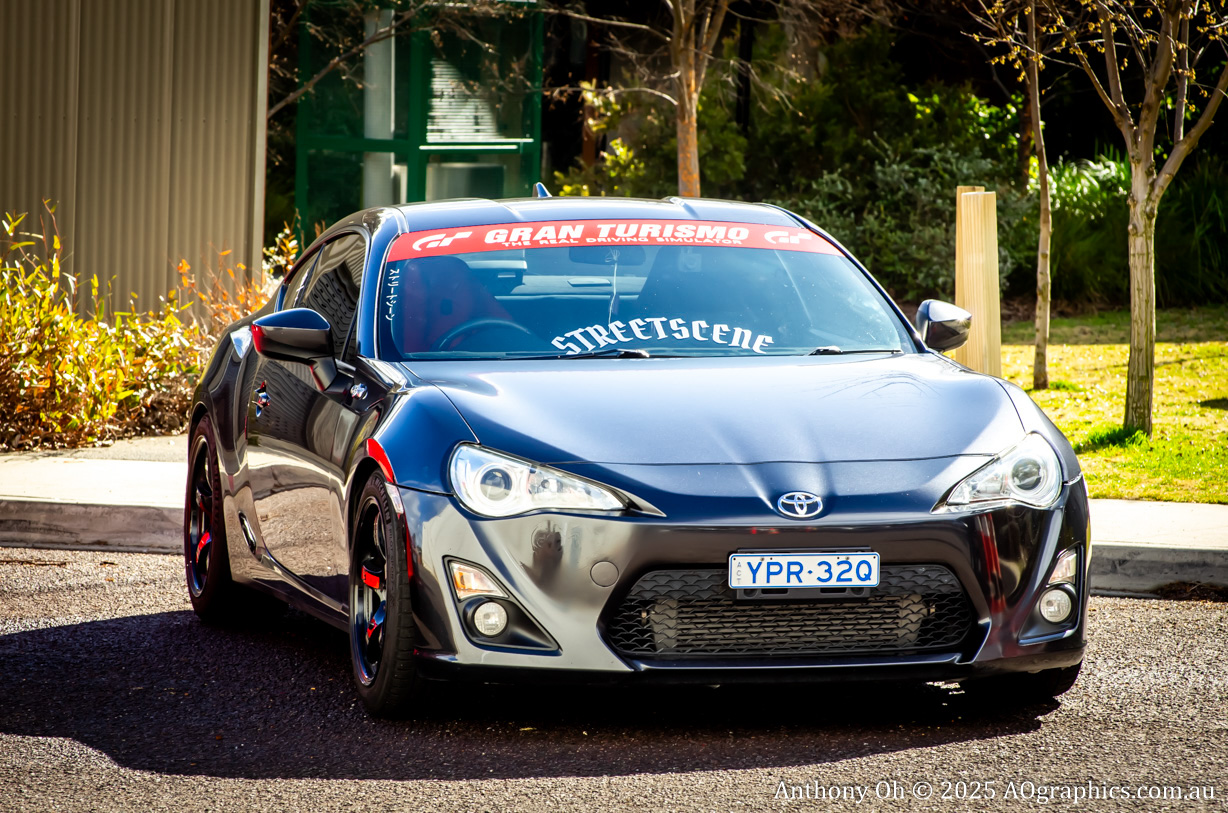

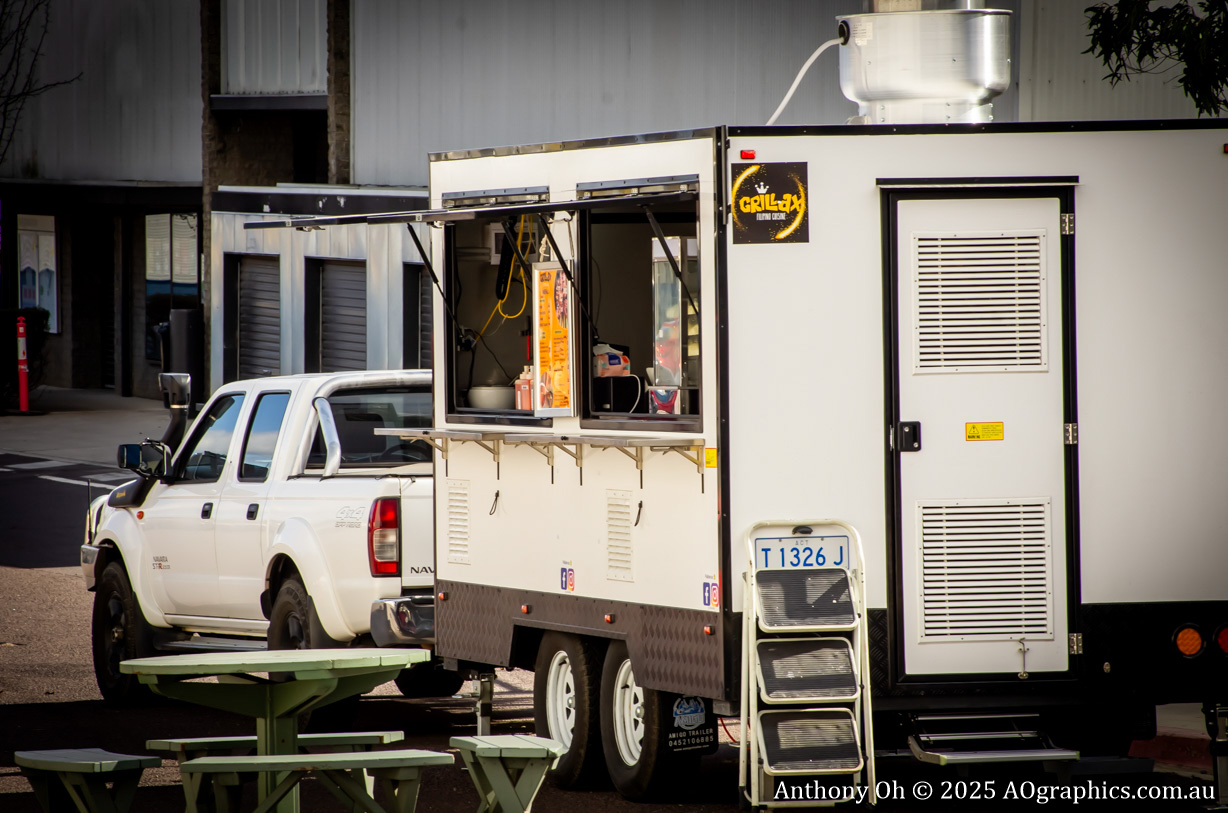
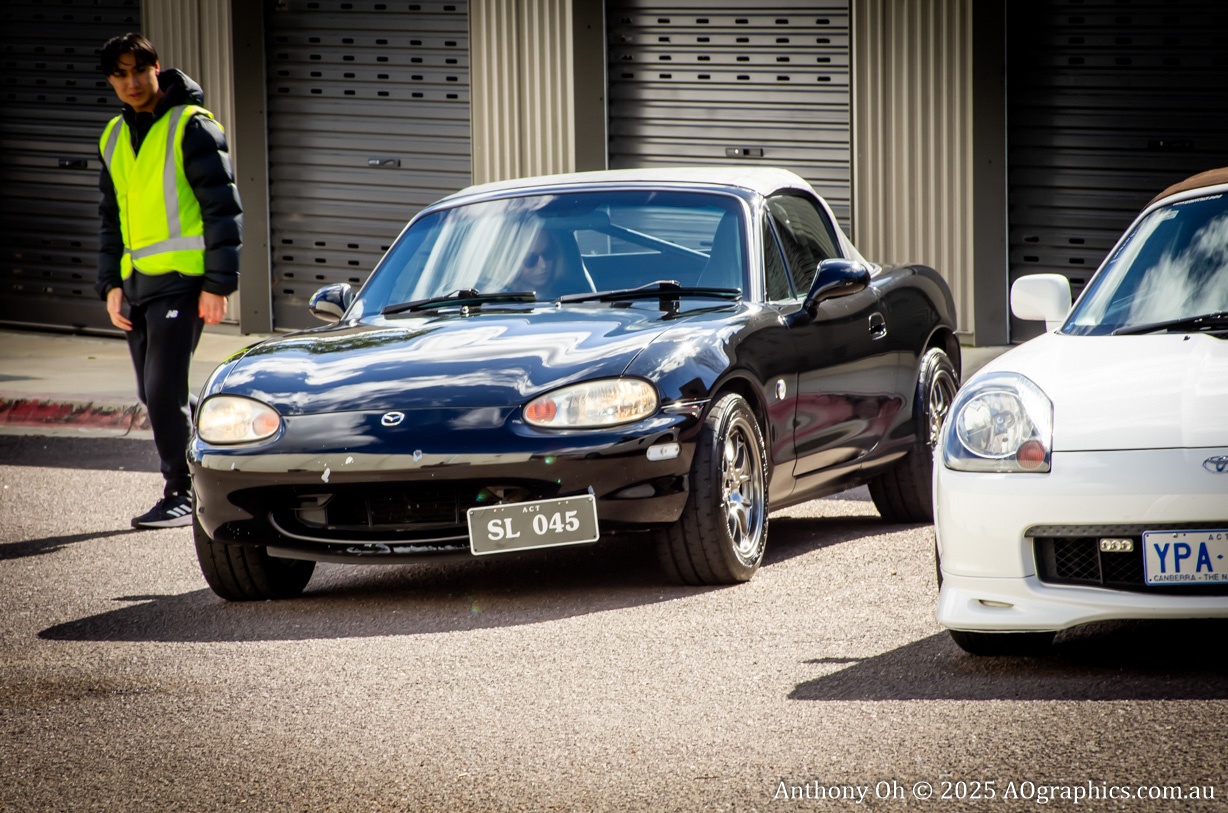
Sydney Euro Motor Festival
Sydney Euro Motor Festival is set to be a premier automotive event at Sydney Dragway, designed to unite euro car enthusiasts and competitors for an exhilarating day of motorsport and community engagement.
The Best German Sports Cars You Can Buy Today
Germany has long been a powerhouse in automotive engineering, particularly when it comes to performance and sports cars. Known for precision, quality, and high-speed capabilities, German sports cars strike a balance between luxury, everyday usability, and track-ready thrills. Whether you’re a weekend warrior or a serious collector, the current lineup from Germany’s top manufacturers offers something for everyone. Here’s a look at the best German sports cars available today.
1. Porsche 911
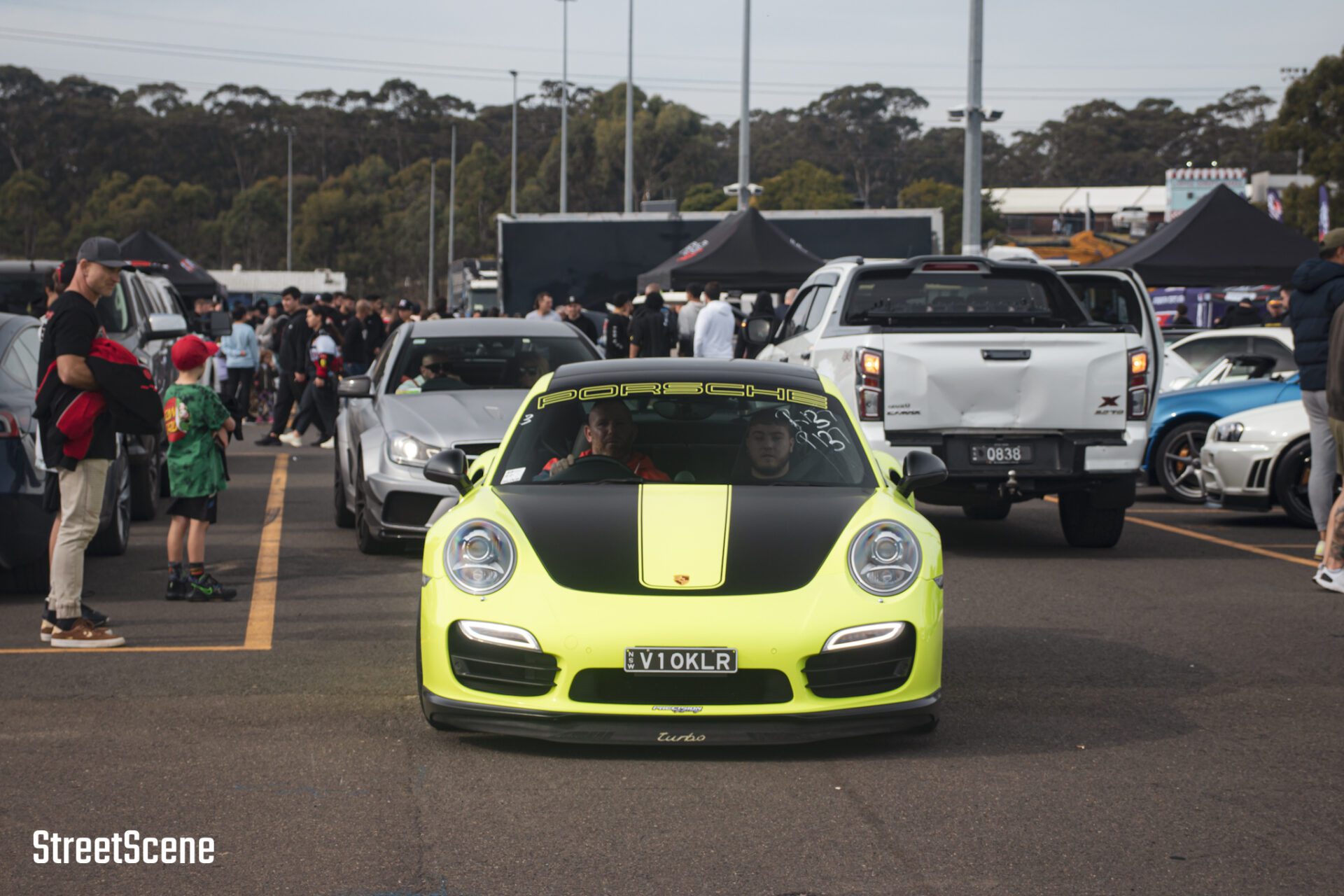
Top Trim: 911 Turbo S
The Porsche 911 is the benchmark for sports cars, blending heritage with cutting-edge performance. The 992 generation brings a wider stance, improved suspension, and a refined interior. The base Carrera is no slouch, but the Turbo S delivers staggering performance: 0-60 mph in 2.6 seconds and 640 horsepower from a twin-turbocharged flat-six. With its signature rear-engine layout, daily drivability, and iconic design, the 911 remains the gold standard.
Highlights:
- Available with manual or PDK transmission
- Rear or all-wheel drive
- Consistent year-over-year improvements
2. BMW M4 Competition xDrive
BMW’s M division continues to impress with the M4 Competition xDrive. This high-performance coupe delivers 503 horsepower from a 3.0-liter twin-turbo inline-six, with all-wheel-drive traction and agile handling. The controversial front grille might divide opinion, but behind the wheel, it’s all about balance and brute force. It’s a serious contender on both the road and track.
Highlights:
- All-wheel drive for enhanced grip
- Track-ready with everyday comfort
- Available with carbon fiber upgrades
3. Audi R8 GT RWD
The Audi R8 GT marks the final hurrah for the naturally aspirated V10, making it a collector’s dream and a driver’s delight. With 602 horsepower sent to the rear wheels, it’s more engaging and raw than ever before. The R8 GT blends supercar presence with Audi’s famed Quattro DNA—though this one deliberately goes without it for purists.
Highlights:
- Final production year for Audi’s V10
- Rear-wheel-drive configuration
- Limited production numbers
4. Mercedes-AMG GT Coupe
The new-generation Mercedes-AMG GT Coupe reclaims its place as a front-engine, rear-biased performance monster. Powered by a handcrafted 4.0-liter twin-turbo V8, it now comes standard with all-wheel drive. Sleeker and more luxurious than before, the GT Coupe merges the muscle of an American V8 with German finesse.
Highlights:
- Stunning new design and improved tech
- 0-60 mph in just over 3 seconds
- Available in GT 55 and GT 63 trims
5. Porsche Cayman GT4 RS
If the 911 is the icon, the Cayman GT4 RS is the purist’s pick. This is the first Cayman to get the 911 GT3’s 4.0-liter flat-six, mounted mid-ship for optimal balance. With a screaming 9,000 RPM redline and track-tuned aerodynamics, it’s one of the most visceral driving experiences you can buy today.
Highlights:
- Naturally aspirated engine
- Race-bred chassis and suspension
- Manual and PDK available
Honorable Mentions
- BMW Z4 M40i: A stylish roadster with ample performance and everyday comfort.
- Audi RS5 Sportback: Practical and powerful, it blends performance with utility.
- Volkswagen Golf R: Not a traditional sports car, but its AWD and turbo power make it a sleeper hit.
Conclusion
German sports cars continue to set the bar in 2025, combining unmatched engineering with unique personalities. Whether you crave the surgical precision of a Porsche, the brute force of an AMG, or the technology-laden performance of an Audi, there’s a German sports car that delivers thrills without compromise.
StreetScene GT7 – GT4 Cup
StreetScene introducing the GT7 online GT4 Cup!
- GT4 Cars only
- 5 courses
How to enter:
- look up the “StreetScene Race” name on the public lobby at 8:30pm (AEST).
Points system to be used:
- 1st: 20
- 2nd: 18
- 3rd: 16
- 4th: 14
- 5th: 12
- 6th: 10
- 7th: 8
- 8th: 6
- 9th: 4
- 10th: 2
One Raceway Cars and Coffee
Fuel your passion for all things automotive on Saturday the 31st of May, whether you’re a dedicated motoring enthusiast or simply love a relaxed morning amongst all things on wheels, then this event is for you.
MazdACT Stories: Race the Train
A VINTAGE STEAM TRAIN AND CAR ENTHUSIASTS COMBINE IN THE NATIONS’ CAPITAL FOR A SPECIAL EASTER EVENT
Words by Justin Bush
There’s something about a steam engine that contains a feeling of magic in the air.
From the hiss of the blow off valve to the smells of oil and grease on metal, the design of the locomotive or simply riding high in the cabin while the exhaust beat of the large driving wheels thunders along the railway line – they are living, breathing entities from another time and place.
Lukas White, Operations Manager at The Picnic Train is someone who appreciates the former glory of a steam engine. He’s just one of a passionate network of enthusiasts that help to ensure new generations are inspired by the former golden age of steam across the country with highly sort after heritage tours that, as recently as last year, carried somewhere in the vicinity of 50,000 passengers via Picnic Train excursions across New South Wales and the Australian Capital Territory.
“When I was young, my parents took me down to Hornsby Railway Station to watch locomotive 3801 come through on one of the Newcastle Flyer tours. The sound of the whistle, the smell of the engine, the coal burning and all the noises, just standing there next to that engine really captured me and made me appreciate what a steam engine is. Since then, I’ve thought steam engines are cool, and I’ll do whatever I can to make sure they stay around.”

Australia’s most well-known steam locomotive, 3801 (thirty-eight-oh one) recreates one of its famed Newcastle Flyer express trains from the 1940’s, seen here fresh from a multi-year overhaul in the 1980’s. (Credit via unknown source)
The Picnic Train has its origins in a different time. As Australia’s fleet of steam operated passenger and freight trains concluded in the early 1970’s after a century of powering the nation’s transport network, former operational staff and enthusiasts rushed to acquire items of rolling stock before they were scrapped. As heritage groups began to appear, one of those was the Lachlan Valley Railway who, with locomotive 5917 and a handful of carriages, opted to head south from Sydney to the seaside hamlet of Kiama for day trips on what became known as The Picnic Train.
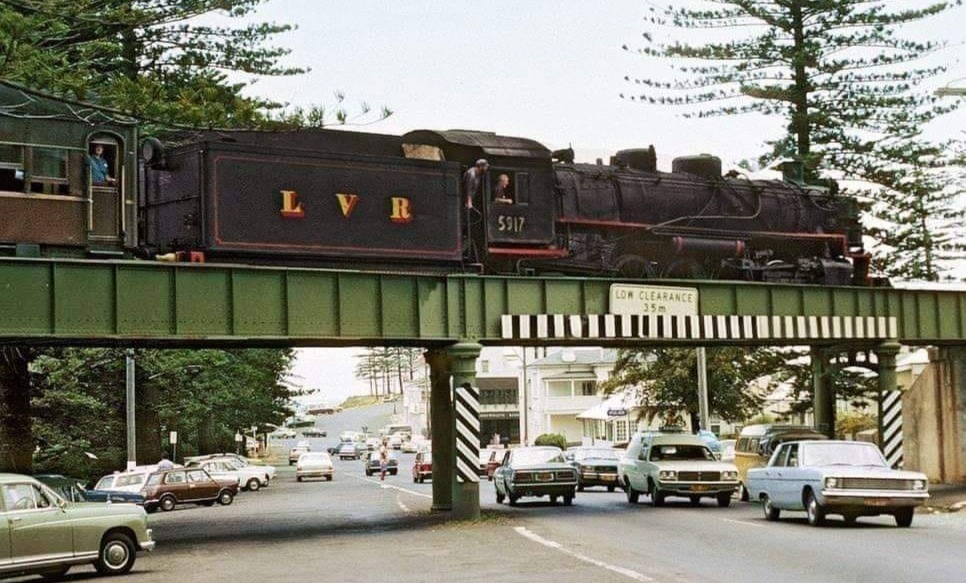
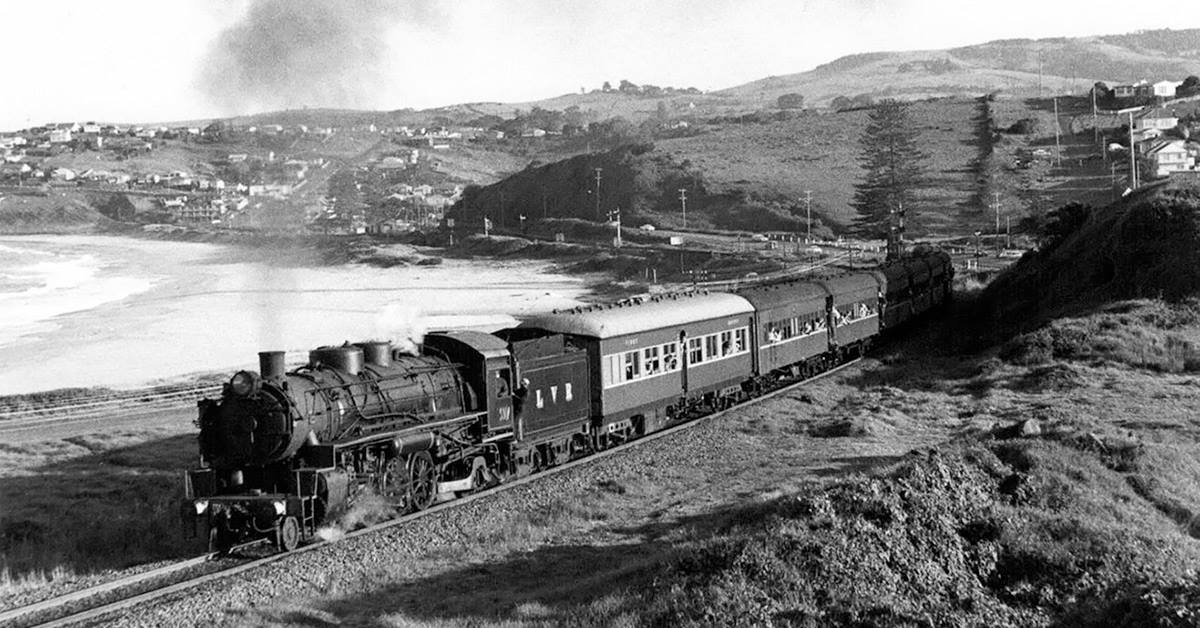
The seaside township of Kiama is unique as the South Coast Line runs directly through the middle of town. In the 1970’s and 1980’s, locomotive 5917 is seen crossing the Terralong Street viaduct and at Bombo Beach with a day tour of the original Picnic Train (Credit via The Picnic Train)
“The train was a last-minute effort that the railways were trying to do in preservation. It went to Kiama and became known as the Picnic Train back in the 80s. Over the years it fell out of popularity until back in late 2018 when Lachlan Valley Railway decided to run another Picnic Train. They used locomotive 5917, but unfortunately it was in bad shape at the time, so the tour was re-formed to raise funds to restore and look after it.”
Far from the original syndicate of owners that presided over the group, Lukas and his ragtag team of current operators now bring the joy south to Canberra on the Easter and October Long Weekends. The magic of steam travel for residents of the nation’s capital is always guaranteed, with a recent total of 8000 passengers across the holiday period enjoying daily trips to the township of Bungendore. It therefore came as a surprise when the team decided it was time to collaborate with a local Mazda and rail enthusiast to add a special event to their already packed holiday schedule.

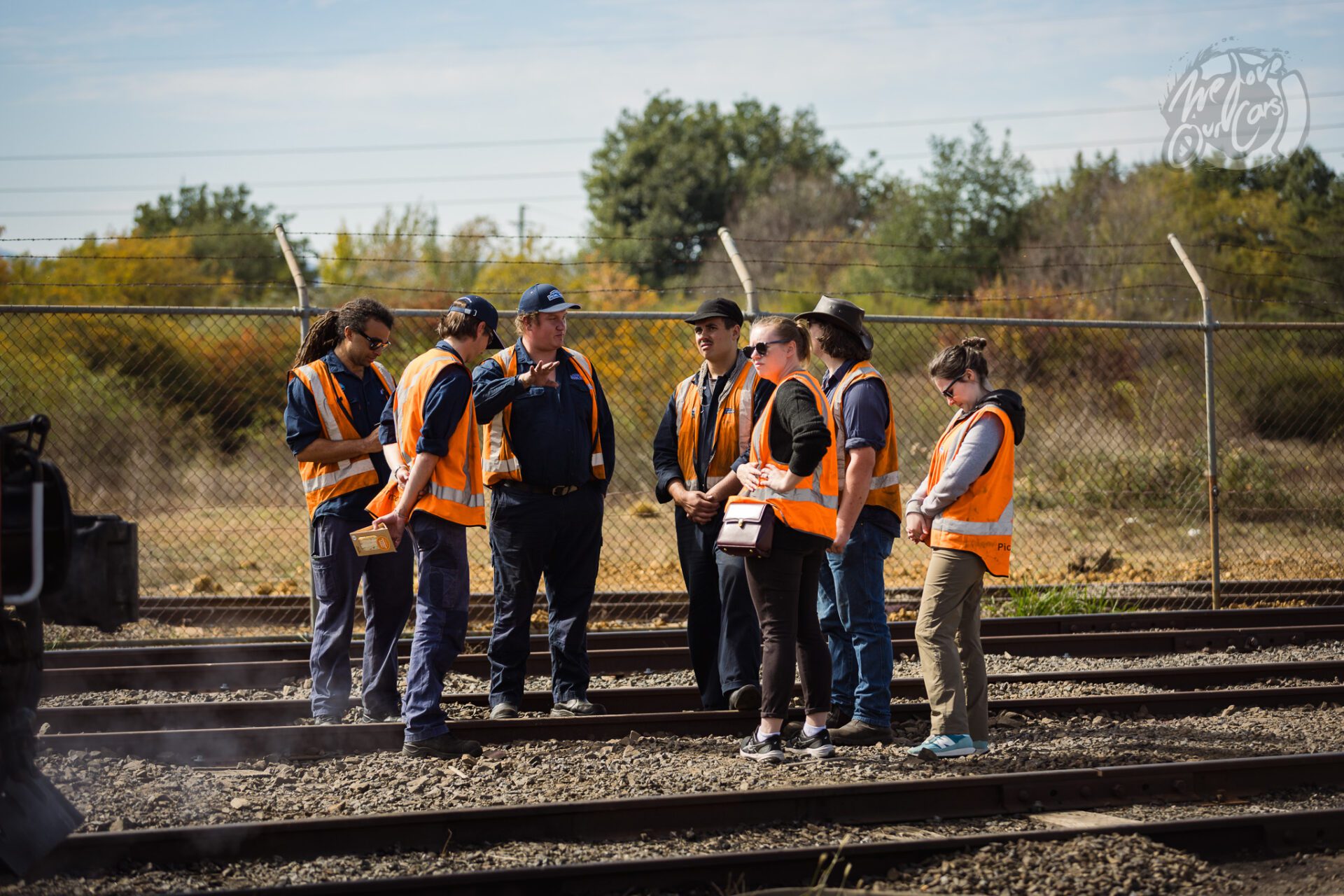
Lukas White and his committed team of operational staff and enthusiasts are a familiar sight across the state and the guardians of The Picnic Train, an enthusiast tour group that has its origins as far back as the early 1970’s.
Locomotive R766 is The Picnic Train’s latest addition to a bustling fleet of heritage locomotives. The R is from a class of 70 former mainline steam locomotives that emerged on the Victorian Railways in 1951, hauling express passenger and heavy freight trains across the state until their protracted withdrawal from service in 1974. Seven examples remain and R766 alone holds the unique honour of being the only locomotive in Australia to be converted for use in New South Wales from the Victorian rail network.
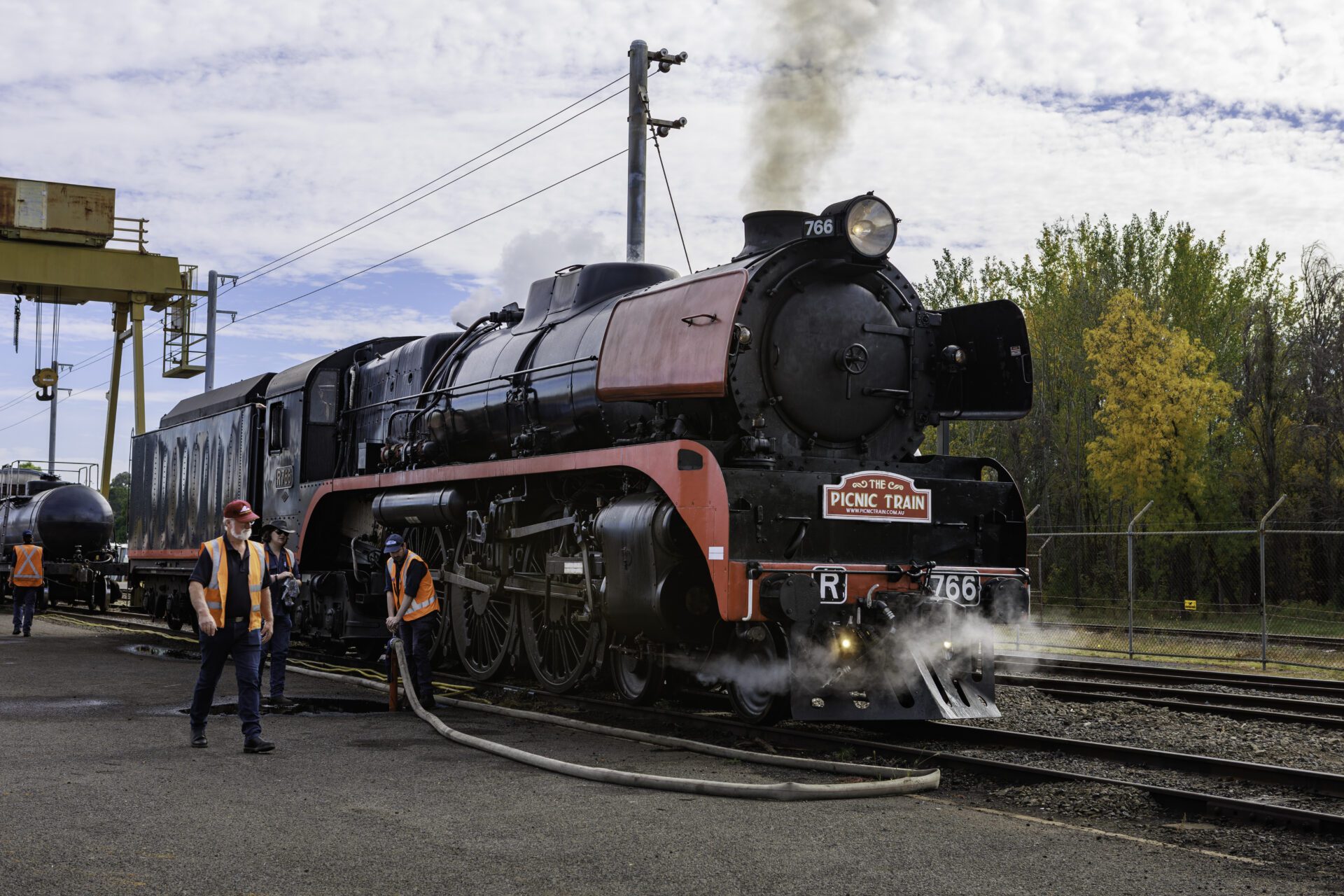
Today, the R is experiencing another first. As Lukas and his team perform a mid-morning oil and water refuelling break between trips in the Canberra rail yard (R766 was converted to an oil burner from coal firing in 2001), members and guests of local Mazda enthusiast social group MazdACT (Mazda’s of the Australian Capital Territory) are enjoying the unique opportunity of photo and videography of their vehicles with the engine for a first of-its-kind event in Australia; Race the Train!
“Long before Mazda came into my journey, I was a child bitten by the love and adoration of steam trains. As I got older and other passions took me away, I always retained that love from a distance and when I started MazdACT in 2021, I recalled The Picnic Train visiting the capital at the Easter long weekend. What started as a few unofficial cruises to Bungendore following the train became an official event in 2023 and now to have the operators on board (excuse the pun) – it’s a dream come true!”
MazdACT Director Justin Bush is an enthusiast who believes in offering unique outings for the car community, and through his committed efforts has gained the recognition of Mazda Australia. With a background passion for railway history, he is reminded of the effect that passion can have on people by simply looking around the rail yard as guests line up their vehicles for a photo opportunity with R766, idling patiently alongside. Members old, young and some with children are conversing and taking photos, talking cars and speaking with the engine crew as a line-up of some of Canberra’s best photographers capture the magic.
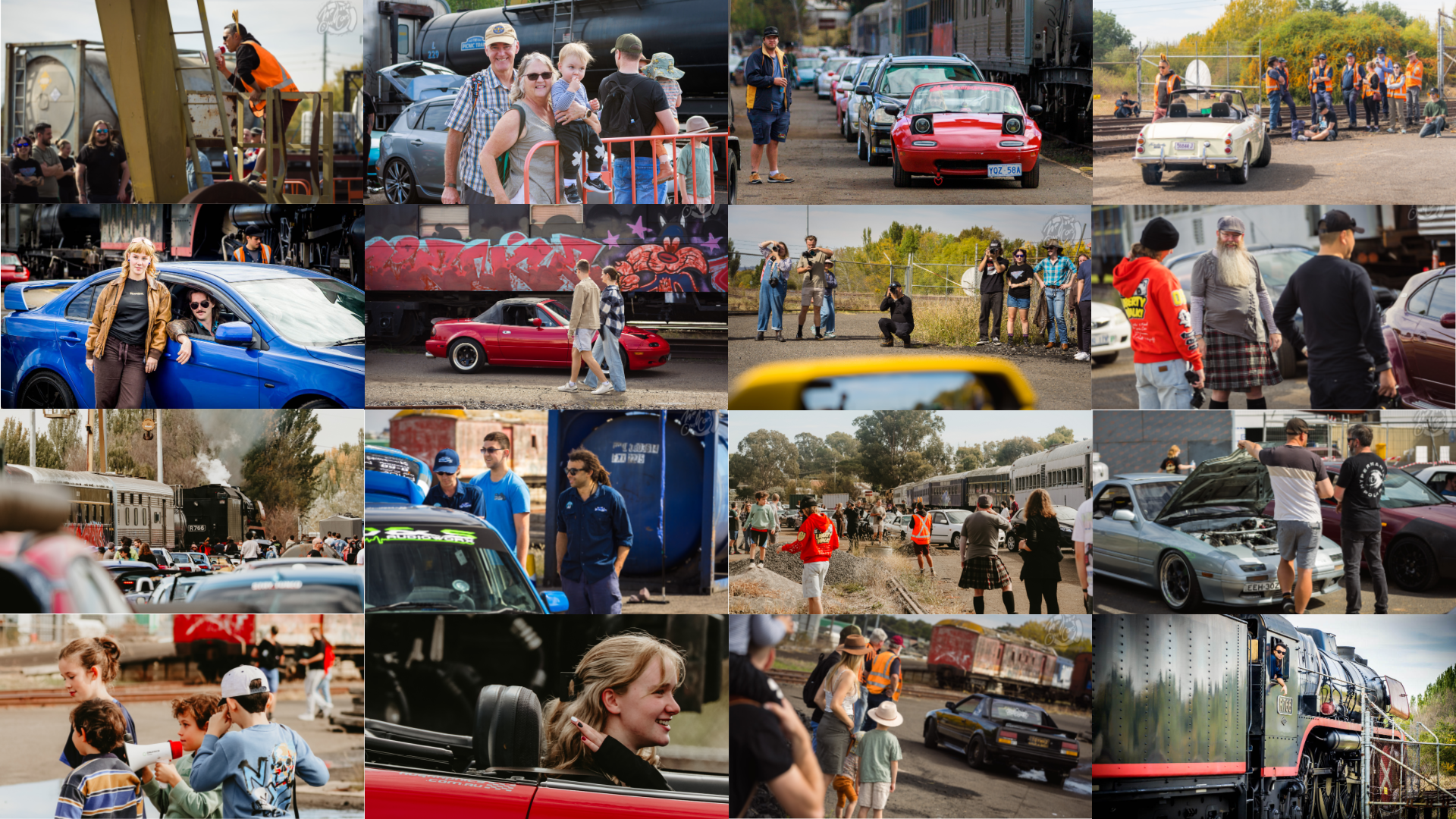
And what a line up they are rewarded with. From various iterations of the stylish Mazda MX5 to a rare Mitsuoka Le-Seyde, Toyota MR2’s, a Datsun 1200 sedan and 2000 roadster, ultra-modern BMW coupes, a classic Holden Commodore, various motorbikes, a pair of Mazda’s classic FC RX7’s and even a Tesla Model 3 (which Lukas attempts to hide with a black smoke plume courtesy of Fireman Alex Jollye in the cabin of R766, only creating a dramatic backdrop!), there is no shortage of eye candy for both sides of the enthusiast community. It’s what Justin and Lukas have worked so diligently towards, with the pre-event rail yard photo opportunity a rare and hard-earned achievement by Lukas.
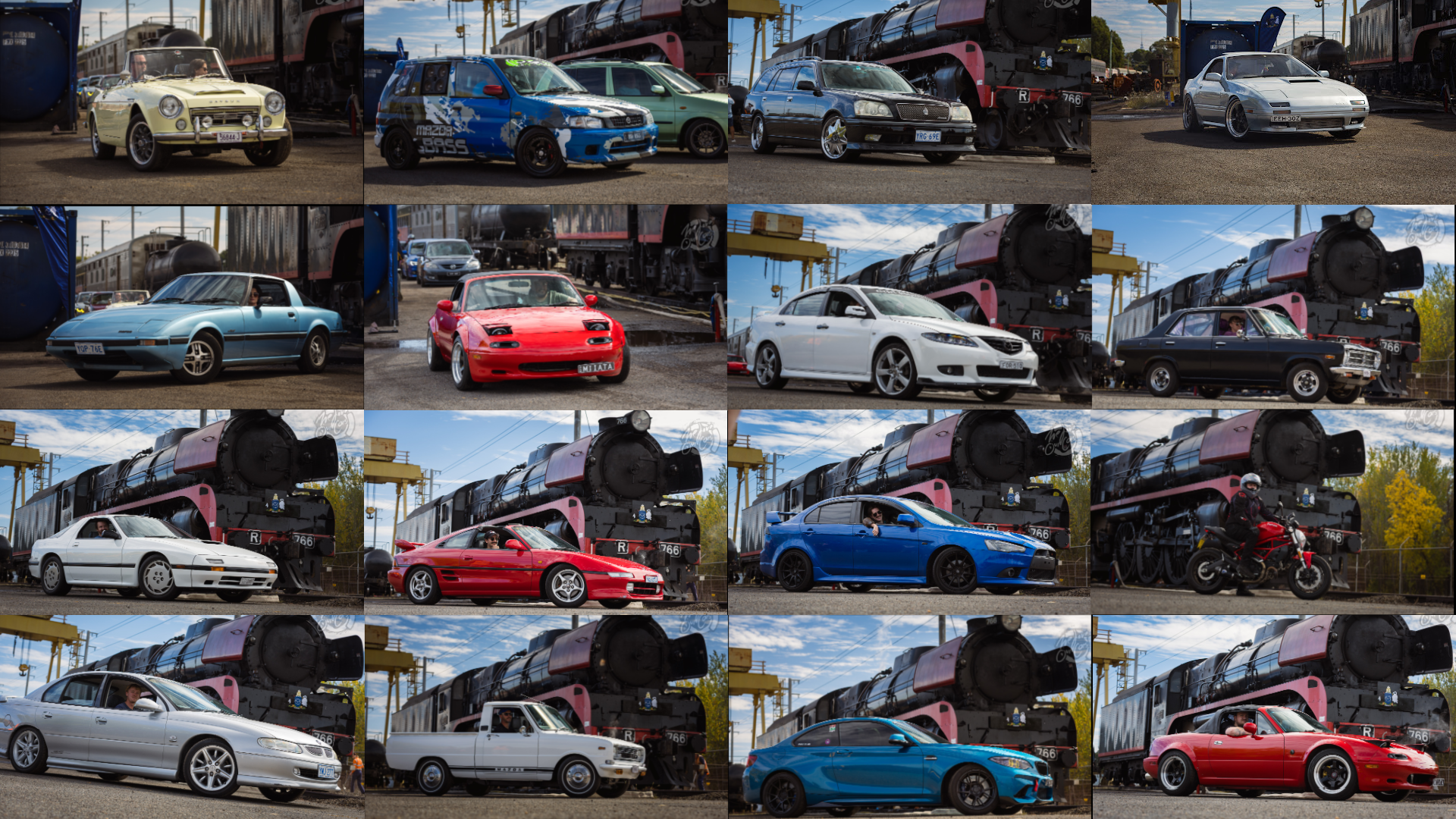
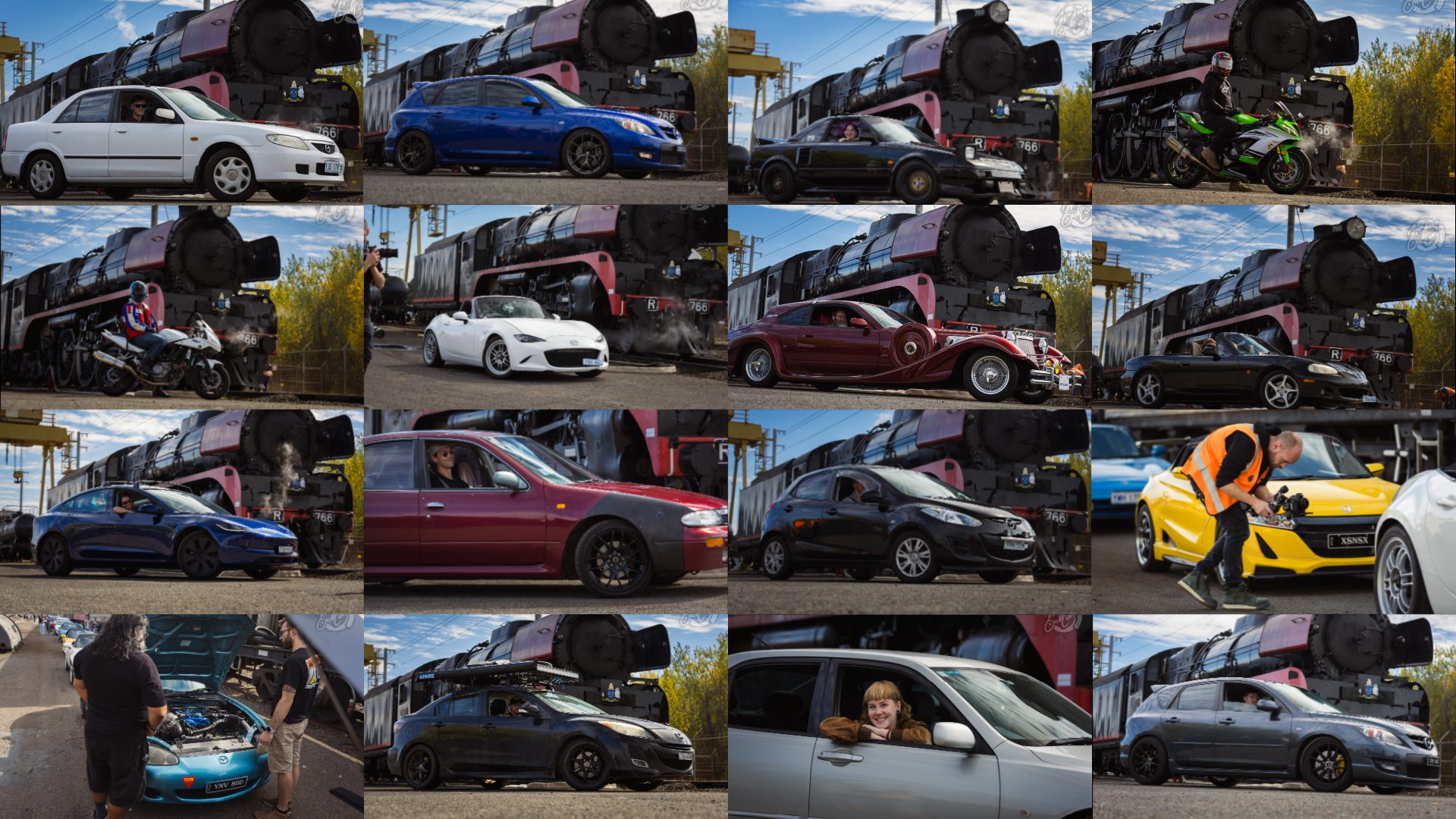
“I think bringing the aspect of racing a train into a car community just adds another layer of excitement to what already is, by themselves, two very exciting groups. Being able to bring those people together and share their cars and their enthusiasm and race the train is a cool aspect that I look forward to for many years to come.”
As the final guests achieve their photo and depart, members of MazdACT unveil a last-minute addition to take pride and place aboard the front plate of R766. Created in the 48 hours prior to the event, it’s the group emblem on timber headboard which itself was inspired by the original ACT Coat of Arms found upon Canberra based steam locomotives of the past. The Picnic Train has now become the MazdACT Train (a move that will later confuse avid rail enthusiasts).
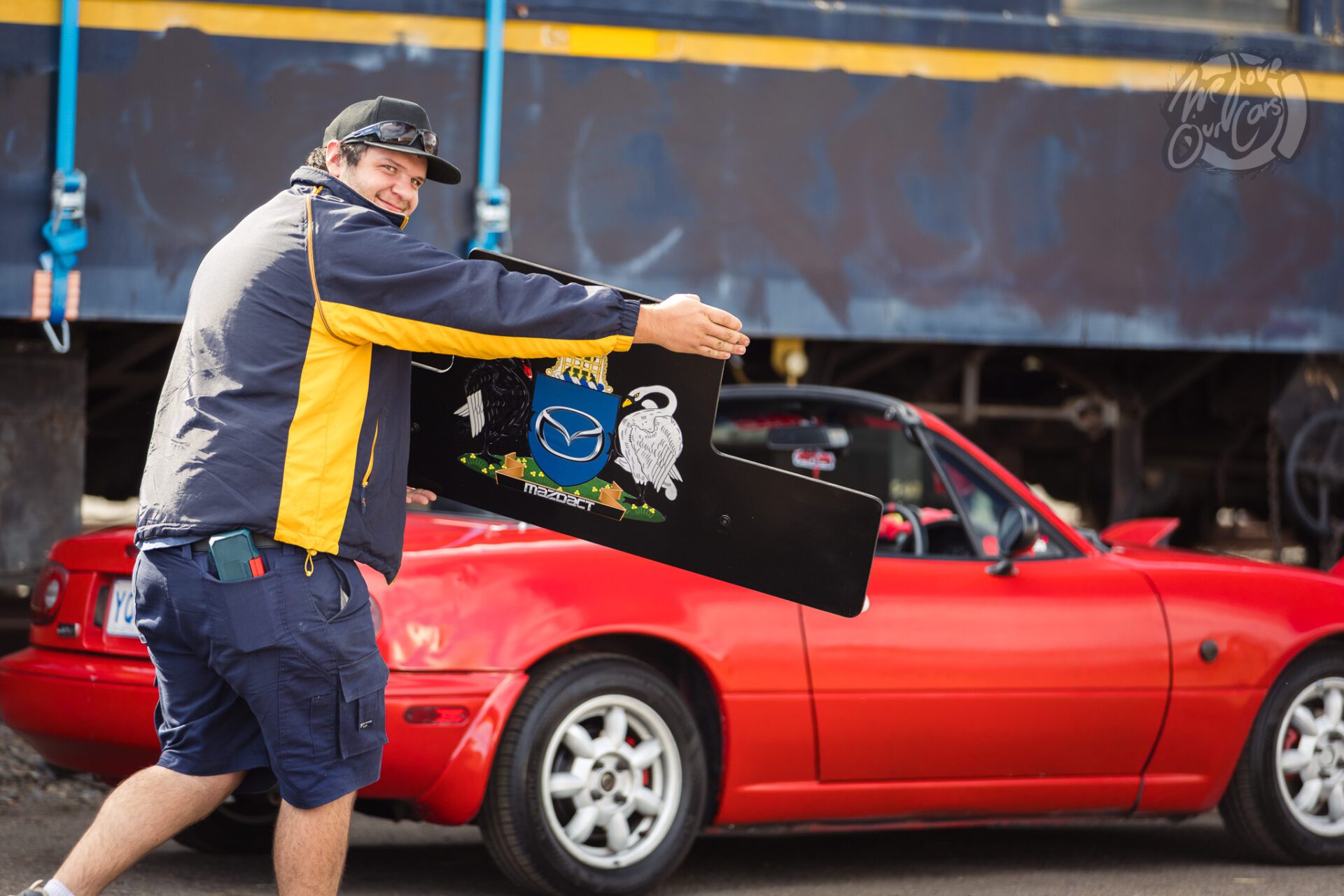
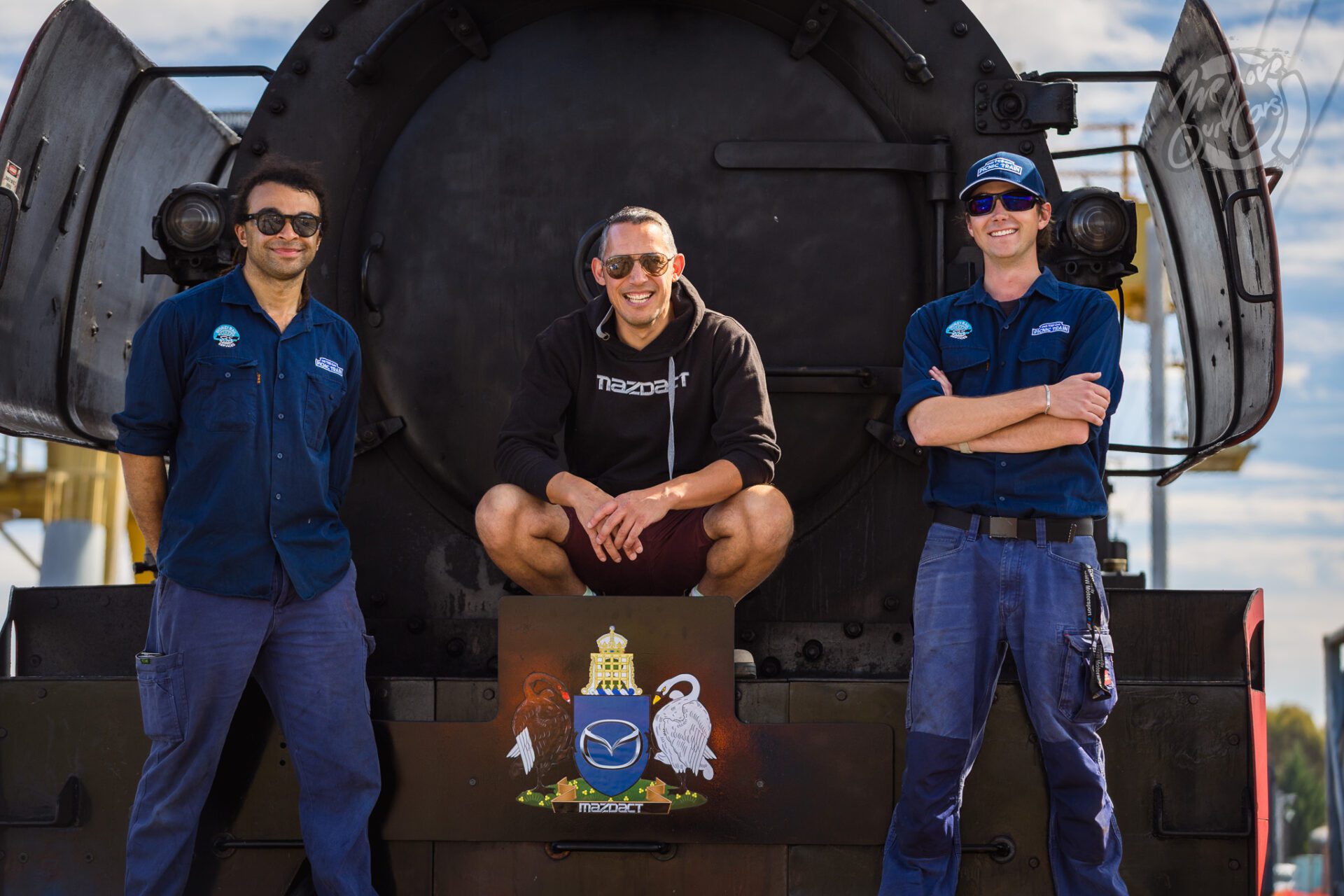
It’s Midday in Canberra’s industrial suburb of Fyshwick.
R766 has rolled out of the rail yard and is reversing back onto a booked-out tour train at the Canberra Railway Station platform. Further up the corridor at the Newcastle Street bridge, MazdACT and guests have taken over the Metro Petroleum precinct to await the arrival of the train for a special out-of-service stop near the roadway. Justin’s young boys and friends are down beside the line with large, chequered flags, photographers are taking up positions and a crowd has gathered along the embankment as, at last, Justin spies some black smoke in the far distance.
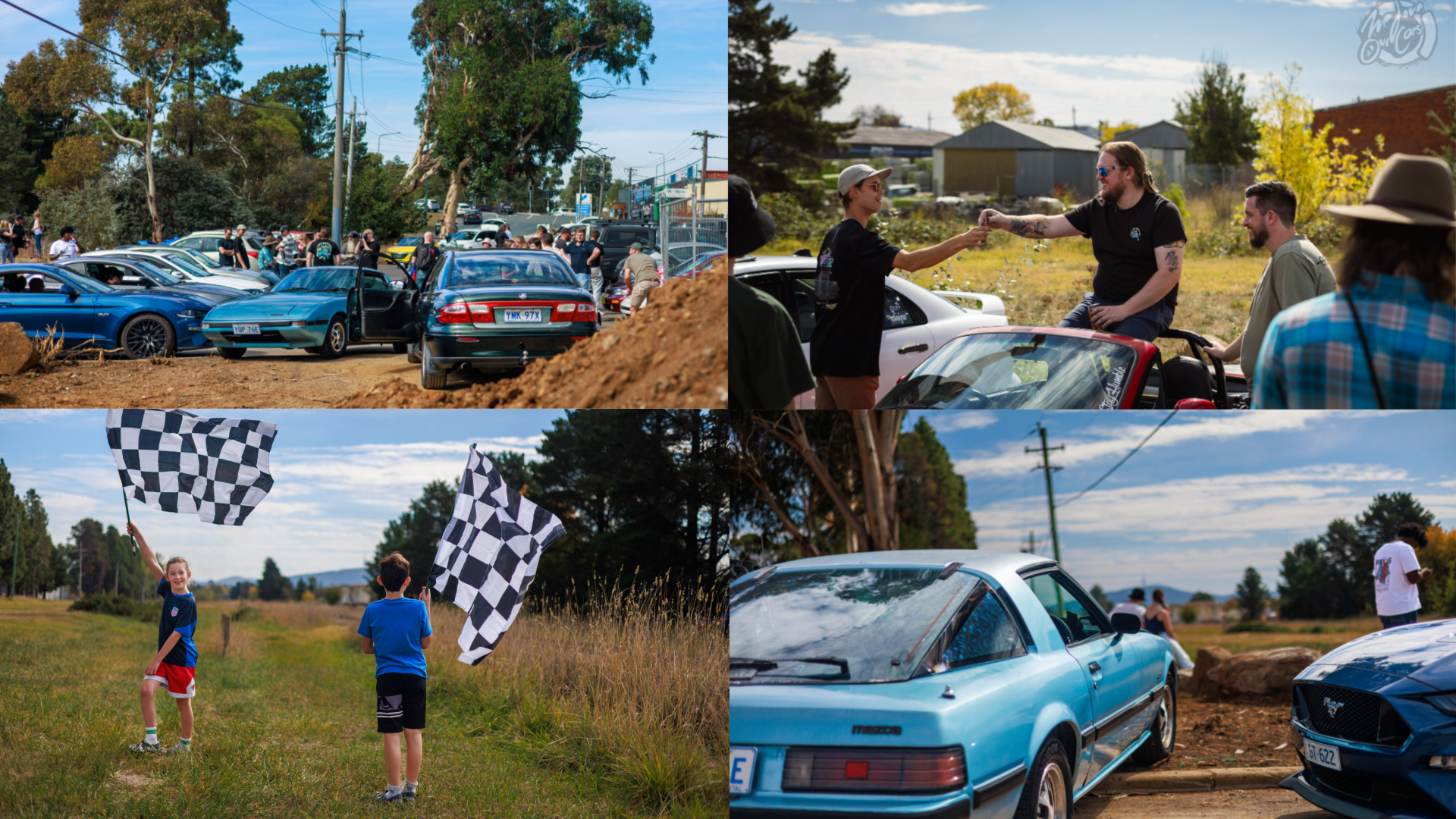
“It was Lukas’ idea to have a start line at our original, unofficial starting position at the petrol station in Fyshwick. We’ve always been able to get vehicles and guests safely parked alongside the line as the train thunders up and out of Canberra, with the ability to then get on the road quickly to follow it. But this year was different – to see the R slowly roll to a stop just for us and all the smiling faces and waving passengers on the train; it was truly magic.”
As the train rolls to a stop, Lukas is filming from the cabin and the midday passengers’ wave to the gathered crowd along the corridor. Below him the little boys stand poised with chequered flags raised high, drivers watch on and some remain with their vehicles, ready to hop in and go. Justin is on the megaphone, at first with a welcome to the event before a three second countdown begins. Then he jumps in the air and yells – GO!
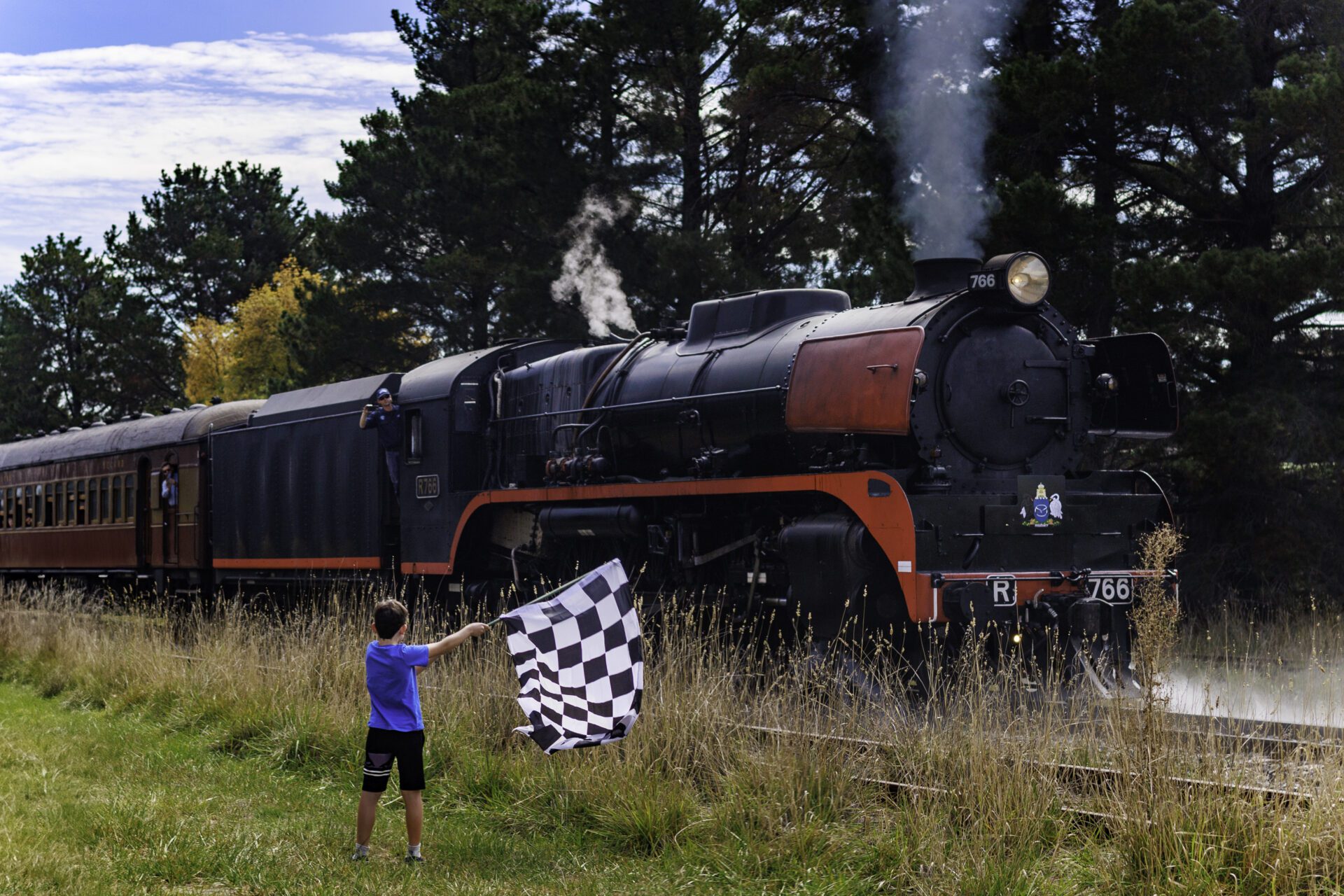
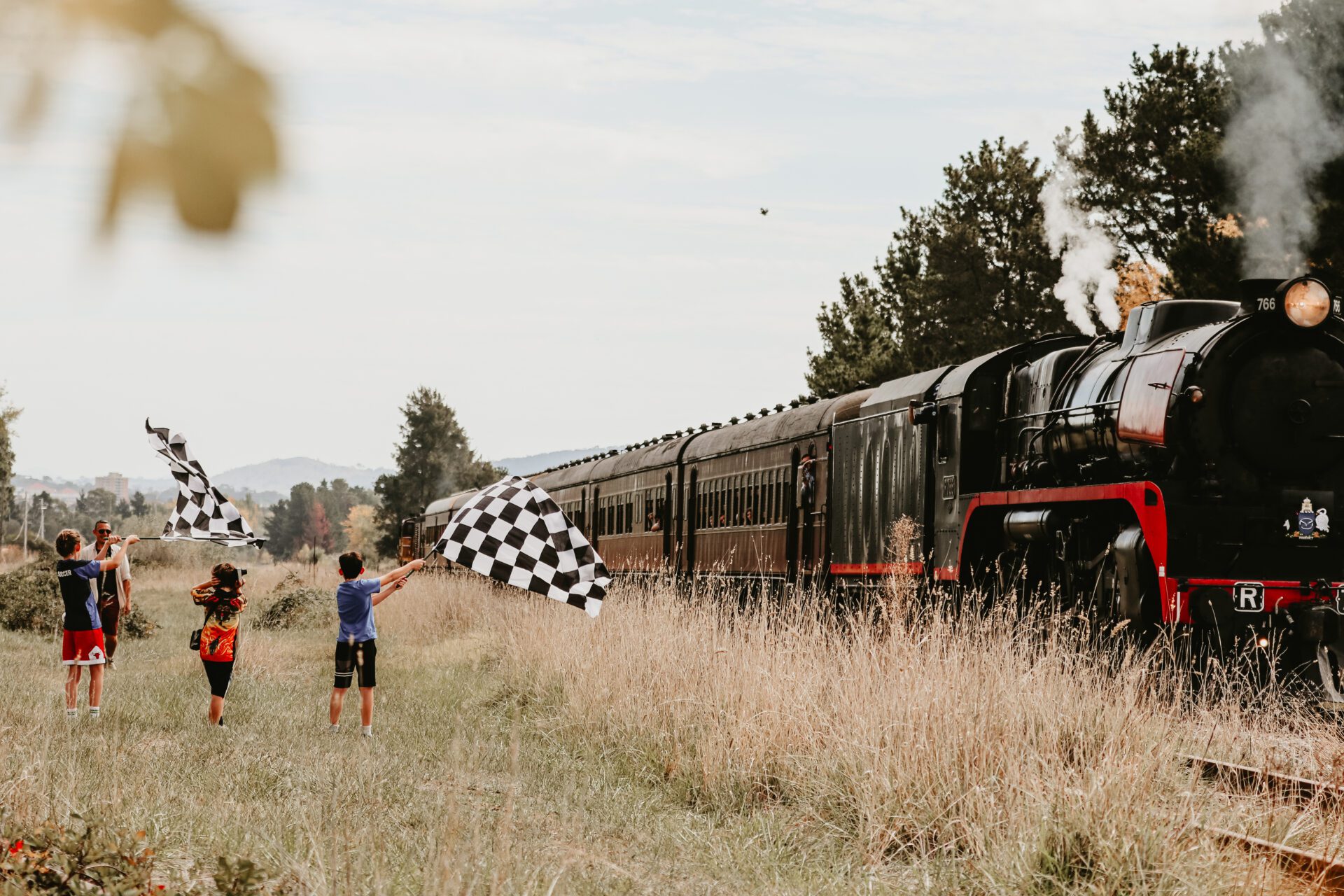
The flags wave and hands cover ears as R766 chimes three times before releasing its steam valve, temporarily deafening the crowd. Anticipated wheel slip from the locomotive doesn’t occur; rather, the firebox, glimpsed just beneath the cabin frame, pops like firecrackers as power thrusts to the main driving wheels. The crowd rush to their vehicles as the train disappears into the distance, some goodbyes are made as others leave, and Lukas has his fist in the air aboard the engine. The race is on!
“It’s the fastest it’s ever been driven on that bit of track with that engine to date, and a favourite moment for me was stopping the train right at the start line. We had the flags there and everyone was watching – they dropped, and the engine went off and the driver didn’t hold back! It was just 100% full regulator and the fact that the engine didn’t go into a wheel slip and held its feet, that was probably the best moment for me. That was brilliant.”
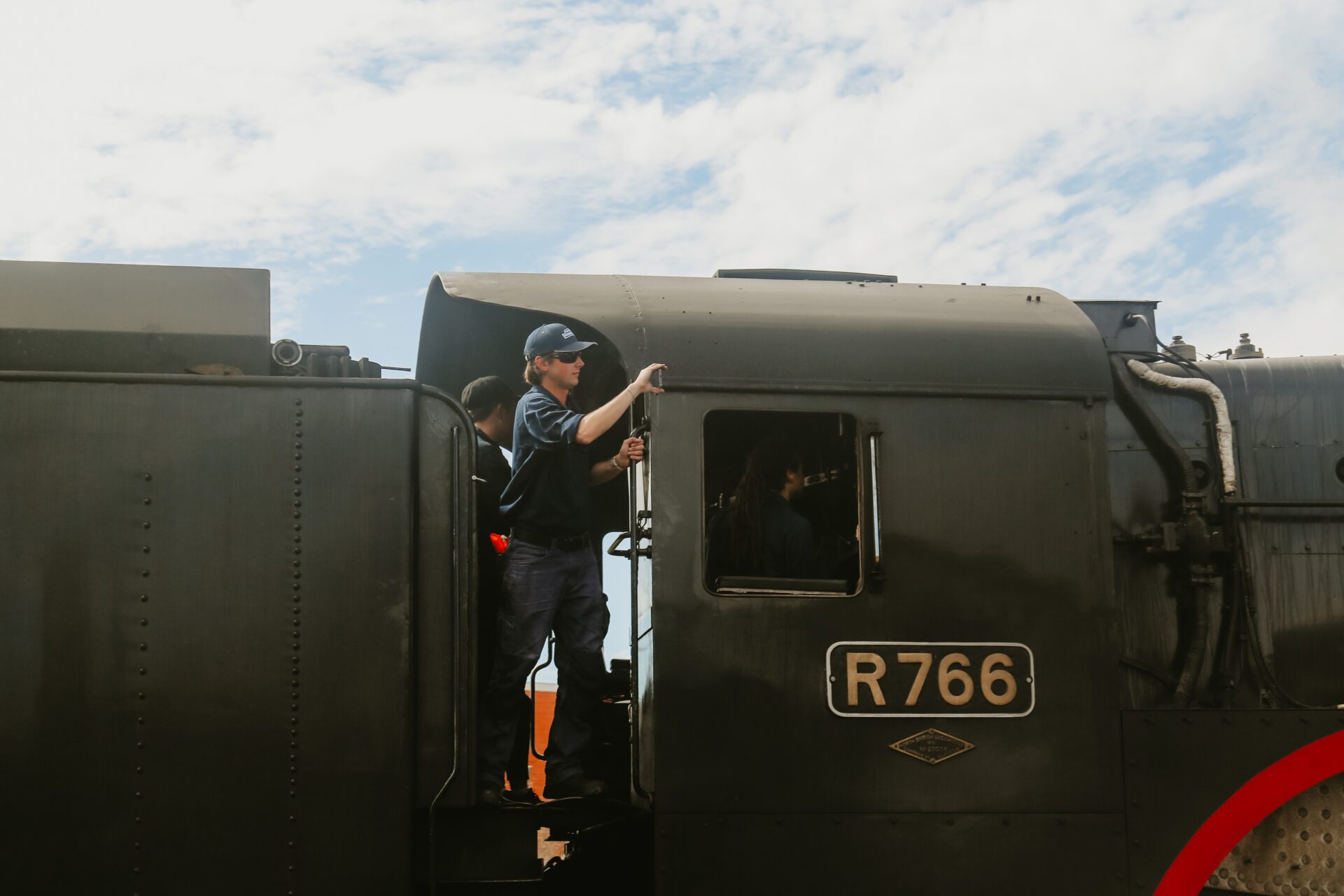
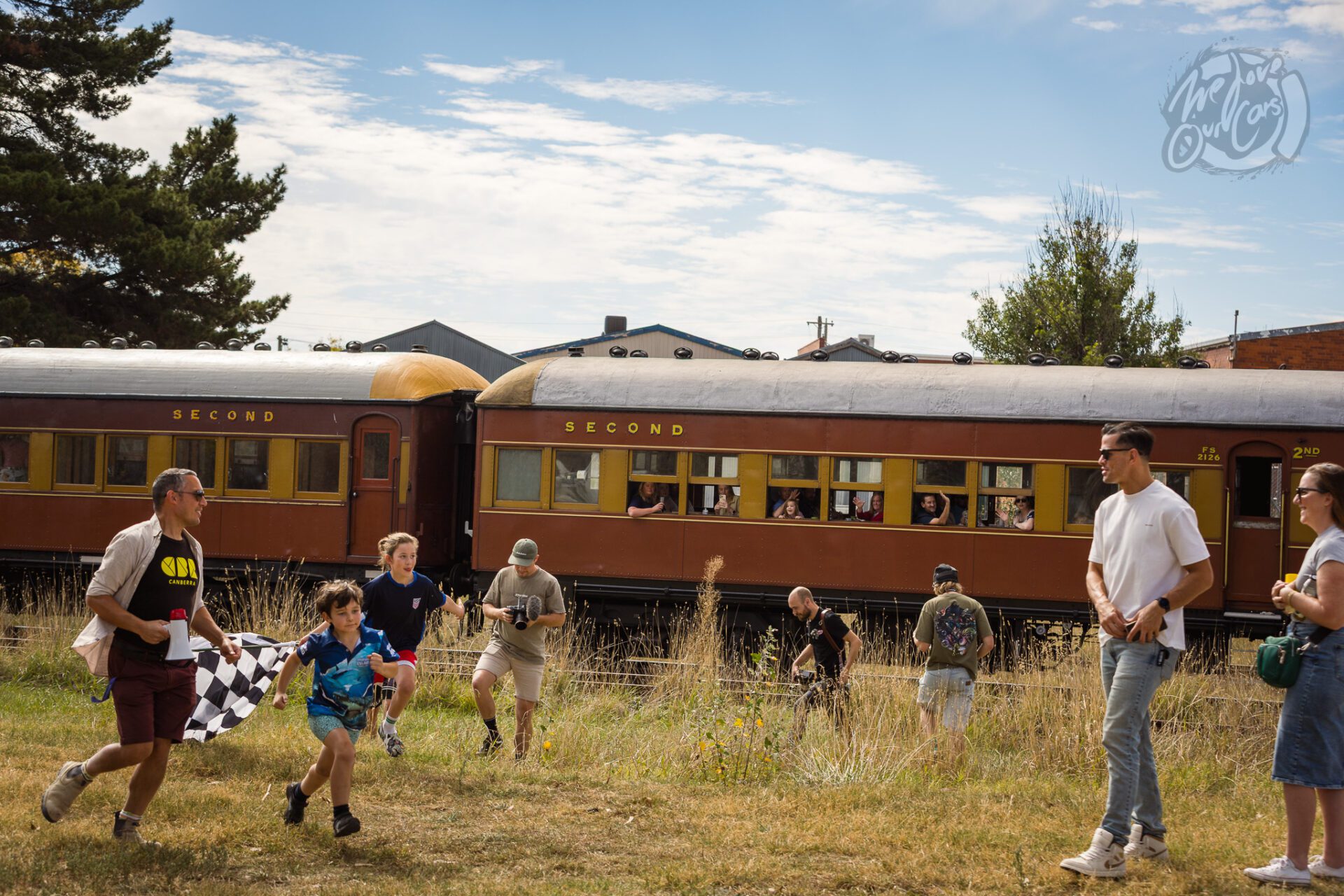
The route leaving Canberra takes the convoy, some 30 cars strong, along Canberra Avenue and into the outskirts of Queanbeyan. Immediately traffic lights cause break ups and before long the race is struggling for MazdACT as more and more drop back into separate groups. R766 has cleared Queanbeyan Railway Station and is across the Molonglo River Bridge preparing to tackle the steep climb into the gorge under full power – the cabin crew fully committed to the race.
“In the preceding years with locomotive 5917, we always managed to use the gorge climb to get back in front of the train as the Kings Highway has an easier gradient and opportunities for overtaking slower vehicles. But I knew the second I saw smoke well past Queanbeyan as we came in that we were in big trouble.”
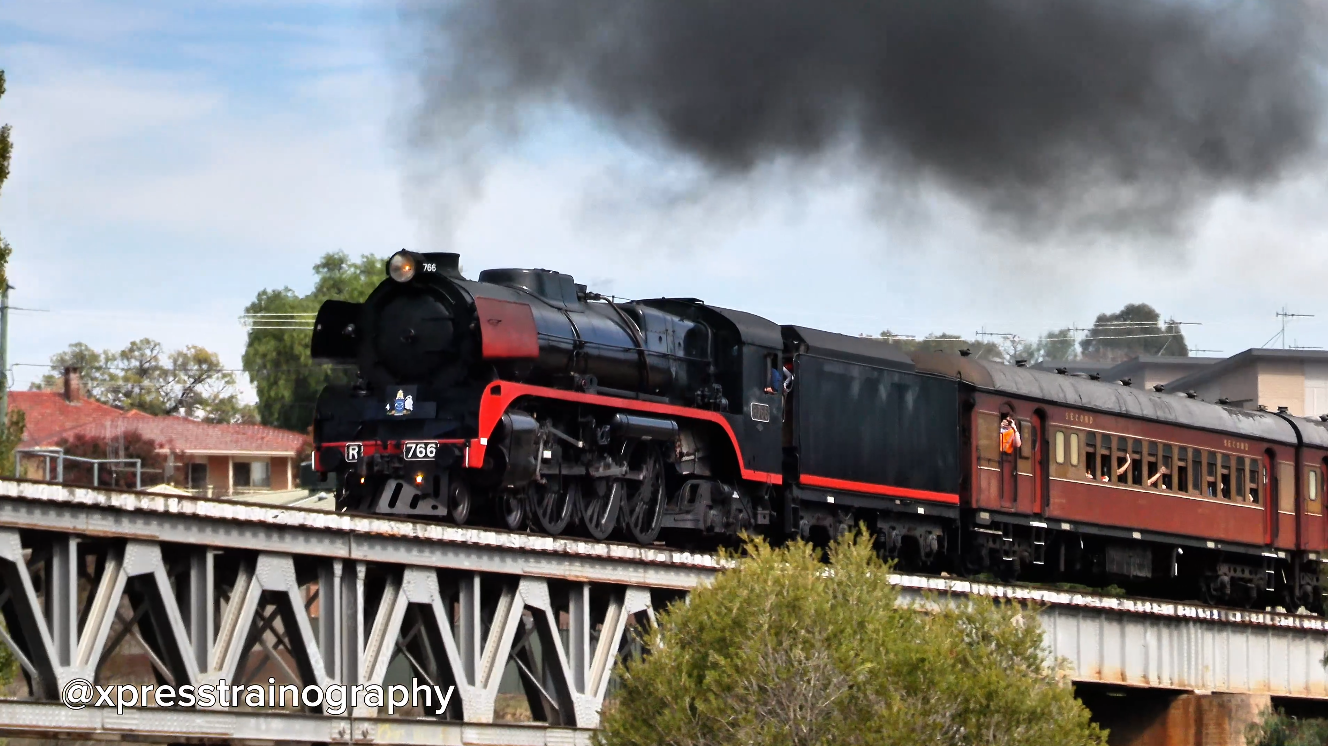
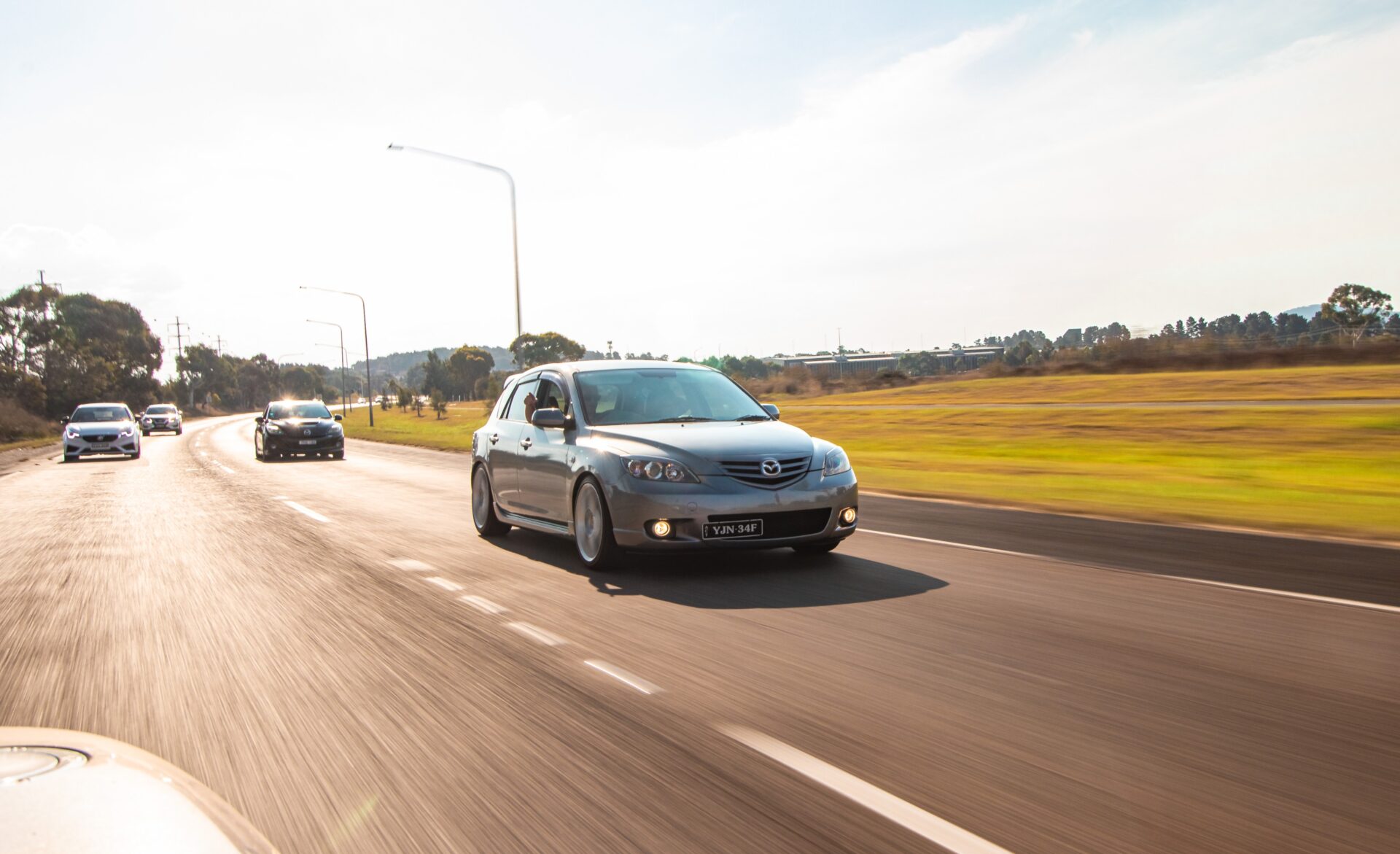
Justin retains a handful of participants as he frustratedly tries to pull everybody through the outer suburbs and standard weekend traffic onto the coast road. Some have gone directly through the CBD and are pulled over, waiting to rejoin the cruise as it thunders up through The Ridgeway and out towards Bungendore. Aboard R766, Lukas and team have picked up speed as the corridor flattens out coming across the Burbong River Bridge – and sight no cars roadside for the first fly-by. With double demerits on the roads due to the Easter period, Justin holds it steady as Lukas calls by phone for an update.
“The phone call was the moment I knew we didn’t stand a chance this year. Lukas was trying to hear me over the roar of the firebox as I yelled to him that we were still descending towards the river bridge and all I could spy was the smoke of the train way to the east and ahead of us. The last words I caught were we’ll see you all in Bungendore…”
Waving vehicles to remain on the Kings Highway and not stop, Justin and the group power on and await overtaking lanes for passing opportunities to reach the outskirts of Bungendore. He’s out of his car and waving madly to the oncoming cruise to make a right hand turn toward the Hoskinstown Level Crossing; a 100 kph zone that leaves little room for a mistake. While almost all vehicles pick up on the signal, an RX7 overshoots and must make a fast U-turn to rejoin the group just as the second RX7 joins him, both briefly sideways as they floor it towards the rail corridor.
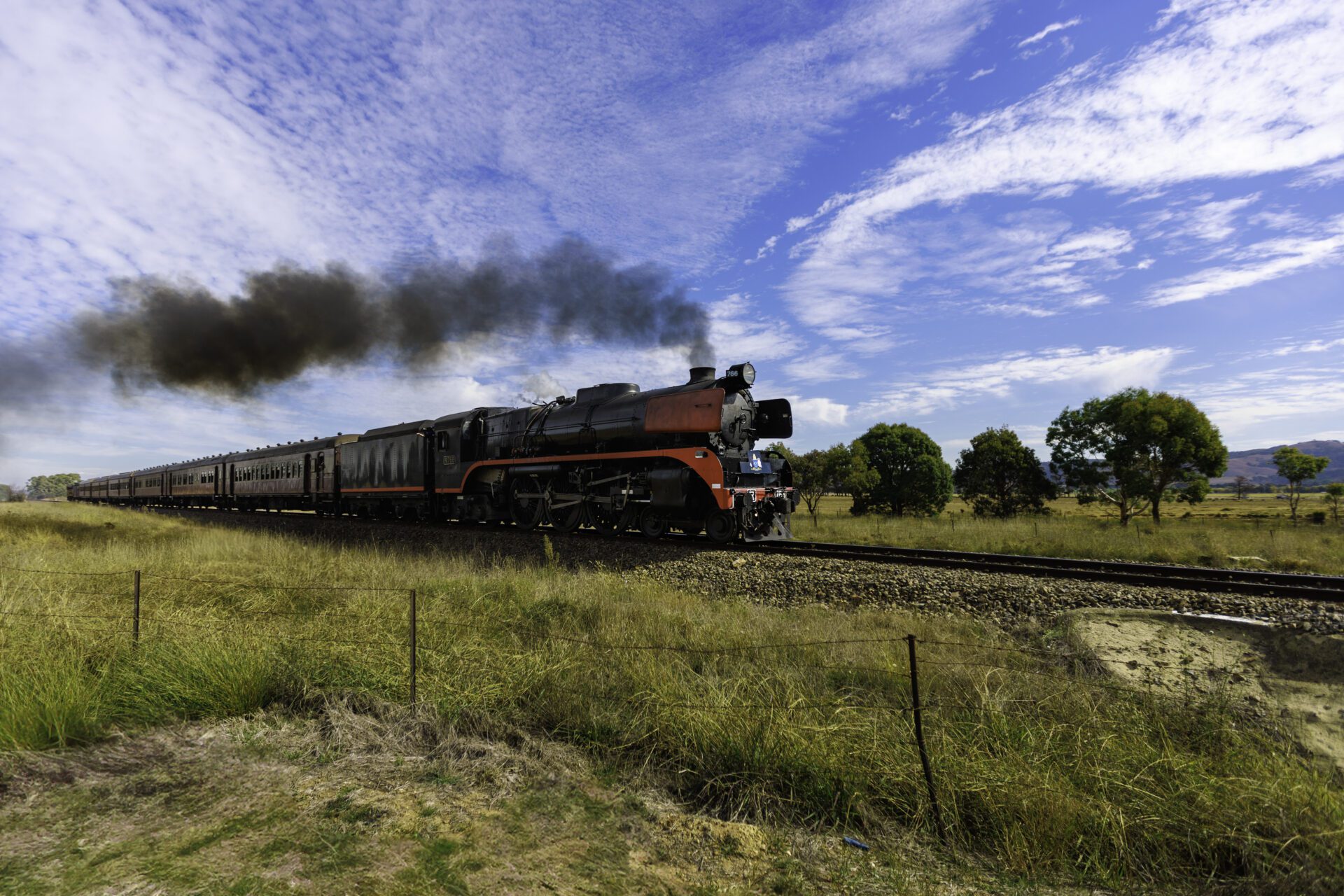
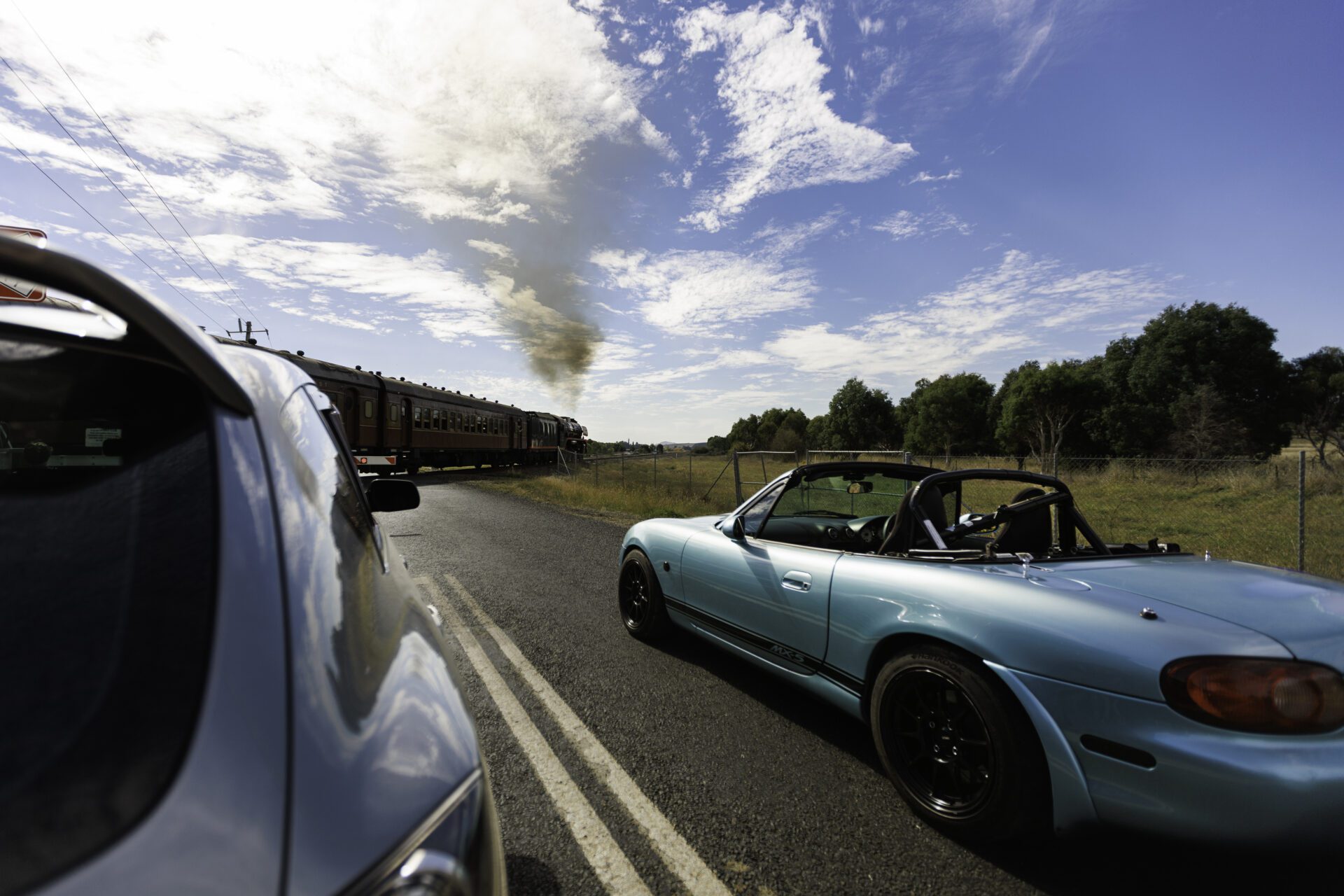
The convoy is now split into three groups and at various distances from Bungendore. The first arrives at the level crossing with under a minute to spare as they hear R766 sound its whistle, quickly arranging their vehicles on the roadway for the only photo pass achievable today. With vehicles still arriving, R766 thunders across the roadway shaking and roaring with whistle blasts as she powers into Bungendore with her fully laden train behind her. For 2025 and after months of hard work, speculation and concerns about the R’s running gear – The Picnic Train has won. As Lukas notes;
“We did have a bit of a discussion after the event where I said, oh look it would have been good if we’d maybe met them at Burbong (River Bridge) and then gone the full 100 percent into the race so that they could at least see the engine The crew were like, no, it was a race, we were treating it like a race. So we gave it everything!”
Bungendore Railway Station offers a chance for the crew and convoy to finally come back together. Justin, Alex and Lukas shake hands and acknowledge the outcome with camaraderie, reflections and good banter. The headboard has done the event proud and is still attached to the front of R766. Convoy guests have begun their slow journey home and after a brief stop to see the train in reverse at the river bridge, organisers rejoin the crew in the afternoon back in Canberra for a debrief and final goodbyes.
As the sun begins its slow descent towards the horizon, the crew prepare R766 for her last journey of the day as Lukas and Justin converse with Alex about what 2026 may hold. Speculation on an award, moving the start line and setting a firm finish line and a qualifying number of vehicles for victory are discussed. As the train departs and the last remaining guests exit the yard, they return to the roads of the nation’s capital defeated yet inspired for another year; safe in the knowledge that a unique collaboration has been achieved and that victory belongs to everyone involved.
“It was a huge effort with several moving parts, from organisers to the crew, the broad range of guests and our wonderful creatives that were given such an awesome canvas to make some magic. If you’re not heading to church, away or consuming chocolate, then Race the Train is the place to be on Easter Saturday for a truly special day out!”
Like the Great Race of Hunter Valley Steamfest each March and the Puffing Billy Running Festival in Victoria each September, Race the Train! joins a select number of special events nationally where transport goes into competition mode for the enjoyment of guests. But unlike a race between steam engines and biplanes and vintage locomotives and marathon runners, the race that comes together in the nation’s capital is one that draws upon that oldest of competitors – the automobile and the train.
And that race is far from over.
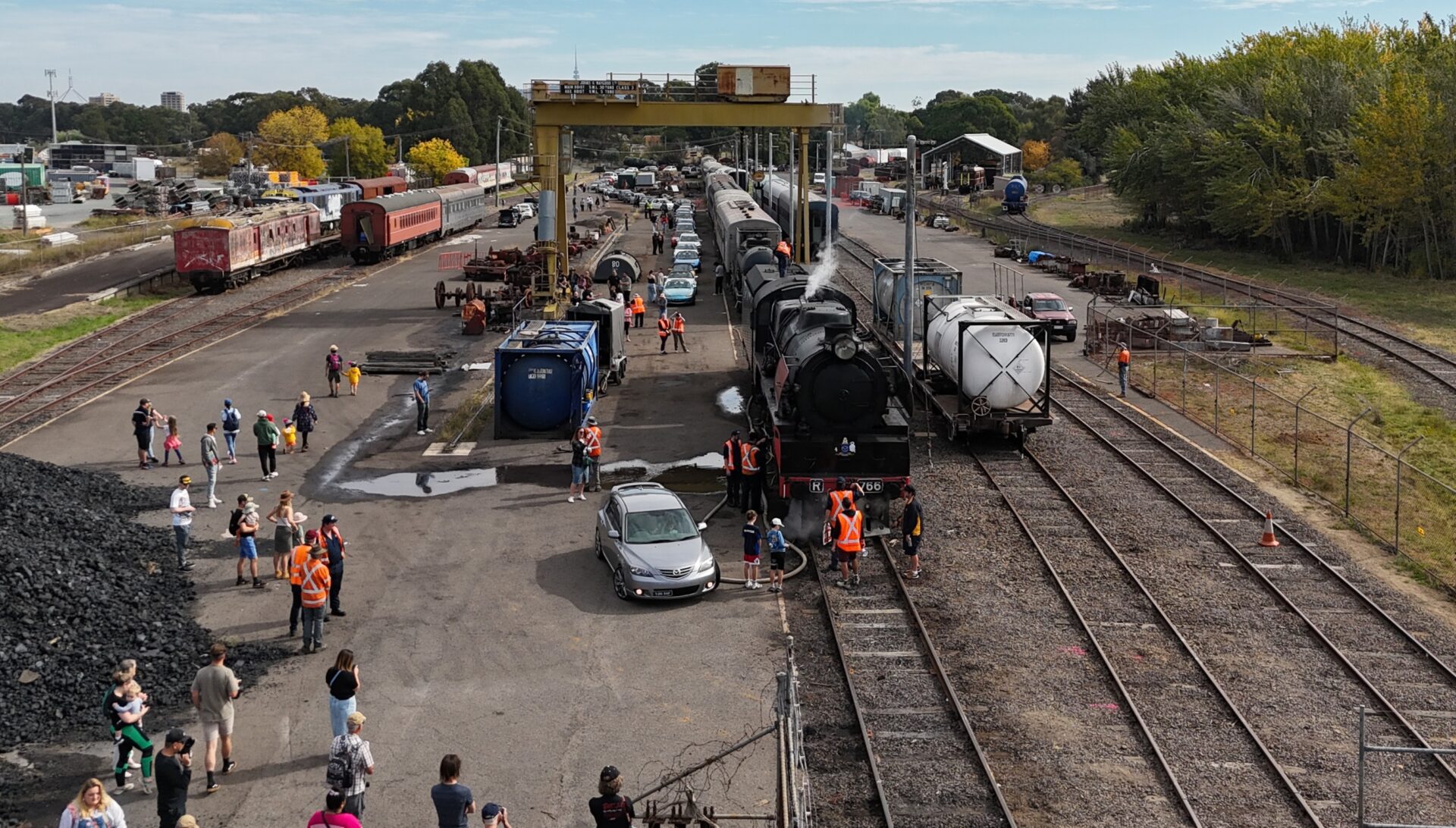
Race the Train! is a special event held on Easter Saturday in Canberra and is proudly presented by MazdACT and The Picnic Train with support from the Canberra Railway Museum. Photography used here with permission by Tyler P. Media, We Love Our Cars Photography, SnapsBySal, Xpresstrainography, AO Graphics, AusChronicles and Mani de Mel with additional archival by The Picnic Train. The R766 headboard was created by Storm Cruden, Aaron Smyth, Reece Whitefield and Alex Kerr with print work by Instant Colour Press, Belconnen. Website article formatted, assembled and hosted by Kevin Ha at StreetScene. Words, research and story by Justin Bush at MazdACT with interview elements by Rebecca Robson for MazdACT Stories, Autumn 2025.
GT86/BRZ air filter change guide
Replacing the engine air filter on your Toyota GT86/Subaru BRZ is a quick, tool‑free task that takes about 5–10 minutes and involves unclipping the airbox, swapping the old pleated‑paper filter for a new one, and re‑securing the clips. Under normal driving conditions the filter should be replaced every 15,000 km (≈9,000 mi) or 12 months, with inspections at half that interval; in dusty or severe environments inspect as often as every 10,000 km (≈7,000 mi)
Tools & Materials
- Engine air filter
- Shop rag (to wipe out any debris in the airbox)
Note: No sockets or wrenches are required—the airbox is held by simple metal clips.
Safety Precautions
- Park on level ground, engage the parking brake, and switch off the engine.
- Allow the engine bay to cool for at least 15 minutes before working.
- Keep hands and tools clear of fan blades and hot components.
Step‑by‑Step Procedure
1. Open the Hood
- Pull the interior hood‑release lever near the driver’s left foot.
- Release the secondary latch under the front emblem and prop the hood open.
2. Locate and Unclip the Airbox
- Find the airbox at the front‑right of the engine bay (a black plastic box with metal clips).
- Carefully lift each metal clip away from the airbox cover until it pops free (usually four clips).
3. Remove the Old Filter
- Lift the airbox cover straight up; set it aside.
- Pull the used filter element out of the lower airbox housing.
4. Clean the Airbox
- Wipe any leaves, dust, or debris from inside the airbox with a clean rag.
5. Install the New Filter
- Insert the new filter so the rubber sealing edge seats fully and the orientation tabs align downward.
- Ensure the pleats face the engine side and that the filter sits flat in the housing.
6. Re‑secure the Airbox
- Lower the cover back onto the housing, aligning the locating pins.
- Press each metal clip down until it snaps tightly against the cover.
7. Final Check
- Close the hood and start the engine; verify there are no unusual hissing sounds.
- Inspect around the airbox for proper sealing.
Tips & Troubleshooting
- If clips are stiff, gently pry with a flat‑head screwdriver—avoid bending or breaking them.
- After reinstalling, listen for air leaks; a loose seal may trigger a “check engine” light.
- Consider a washable performance filter (e.g., K&N) if you drive on dusty roads, but inspect it more frequently.
By following these steps and adhering to the recommended intervals, you’ll ensure optimal airflow and engine performance for your GT86/BRZ.
Disclaimer
This guide is intended for informational purposes only. Performing vehicle maintenance carries inherent risks, and you assume full responsibility for your actions. The procedures described here are based on general knowledge of the Toyota GT86 and may vary slightly depending on model year, regional differences, or aftermarket modifications.
By following this guide, you agree to the following:
- You are solely responsible for ensuring the work is performed safely and correctly.
- You acknowledge that improper maintenance can result in damage to the vehicle or personal injury.
- You will consult your vehicle’s official owner’s manual and follow all manufacturer guidelines and safety instructions.
- You understand that this guide does not replace professional automotive advice or service.
Always use caution, and when in doubt, seek assistance from a certified mechanic.
Found any mistakes in our guide? Email [email protected]
GT86/BRZ oil change guide
Below is a comprehensive, step-by-step DIY guide to changing the oil on your Toyota GT86, including all the specifications, torque values, and safety tips you need. Follow each step carefully to keep your FA20 engine happy and leak-free.
Tools & Materials
Tools
- 17 mm socket (oil drain plug)
- Oil-filter wrench (80 mm)
- Torque wrench (N·m or ft-lb scale)
- Floor jack & jack stands or ramps
- Drain pan (≥6 qt capacity)
- Funnel
Materials
- 4.4 L (≈4.6 US qt) SAE 0W-20 synthetic oil or 5W-30 full synthetic (turbo or track car)
- OEM oil filter
- New crush washer for drain plug
- Shop rags, gloves, and safety glasses
Safety Precautions
- Work on level ground and engage the parking brake.
- Allow engine to cool at least 30 min to avoid burns.
- Use jack stands—never rely on the jack alone.
Step-by-Step Procedure
1. Preparation
- Park on a flat surface and chock rear wheels.
- Loosen (but do not remove) the oil-fill cap on top of the engine to aid drainage.
- Raise the front with a jack; support on jack stands or ramps.
2. Drain Old Oil
- Position drain pan beneath the oil-pan drain plug (driver’s side).
- Using the 17 mm socket, loosen and remove the drain plug. Allow oil to flow fully into the pan (tip car slightly toward plug if needed).
- Remove and discard the old crush washer.
3. Replace Oil Filter
- Unscrew the filter housing; catch residual oil.
- Remove old filter cartridge and O-ring; lubricate new O-ring with fresh oil.
- Install new filter; hand-tighten housing.
4. Reinstall Drain Plug & Refill Oil
- Fit new crush washer on plug; thread plug by hand to avoid cross-threading.
- Torque drain plug to 42 N·m (31 ft-lb).
- Lower car; place funnel in fill neck and pour in engine oil.
5. Check & Finalize
- Start engine; let idle 2 min, watch for leaks at plug and filter.
- Shut off, wait 5 min, then check dipstick; top up to “Full” mark if needed.
- Reset maintenance reminder per owner’s manual.
Specifications
| Item | Spec |
|---|---|
| Oil type | SAE 0W-20 synthetic (API SN/ILSAC GF-5) – 5W-30 full synthetic (turbo or track car) |
| Oil capacity (with filter) | 4.4 L (4.6 US qt) |
| Drain plug size | 17 mm socket |
| Drain plug torque | 42 N·m (31 ft-lb) |
| Filter housing torque | 33 N·m (approx. 25 ft-lb) |
| Change interval | 15,000 km (10,000 mi) / 6 mo (whichever first) |
Oil Disposal
- Transfer used oil into sealed jugs; take to a recycling center or auto parts store that accepts waste oil.
Tips & Troubleshooting
- If oil pressure light stays on, re-check filter housing seal.
- Track use? Consider 5W-30 for hot conditions and more frequent changes.
With this guide you can confidently perform an oil change on your Toyota GT86, ensuring proper lubrication and longevity of the FA20 engine.
Disclaimer
This guide is intended for informational purposes only. Performing vehicle maintenance carries inherent risks, and you assume full responsibility for your actions. The procedures described here are based on general knowledge of the Toyota GT86 and may vary slightly depending on model year, regional differences, or aftermarket modifications.
By following this guide, you agree to the following:
- You are solely responsible for ensuring the work is performed safely and correctly.
- You acknowledge that improper maintenance can result in damage to the vehicle or personal injury.
- You will consult your vehicle’s official owner’s manual and follow all manufacturer guidelines and safety instructions.
- You understand that this guide does not replace professional automotive advice or service.
Always use caution, and when in doubt, seek assistance from a certified mechanic.
Found any mistakes in our guide? Email [email protected]
Session. Automotive Exhibition Sydney
Explore the latest cars, automotive tech and more at SESSION. With exciting displays, interactive settings and hands on activities, it’s more than just a car show.